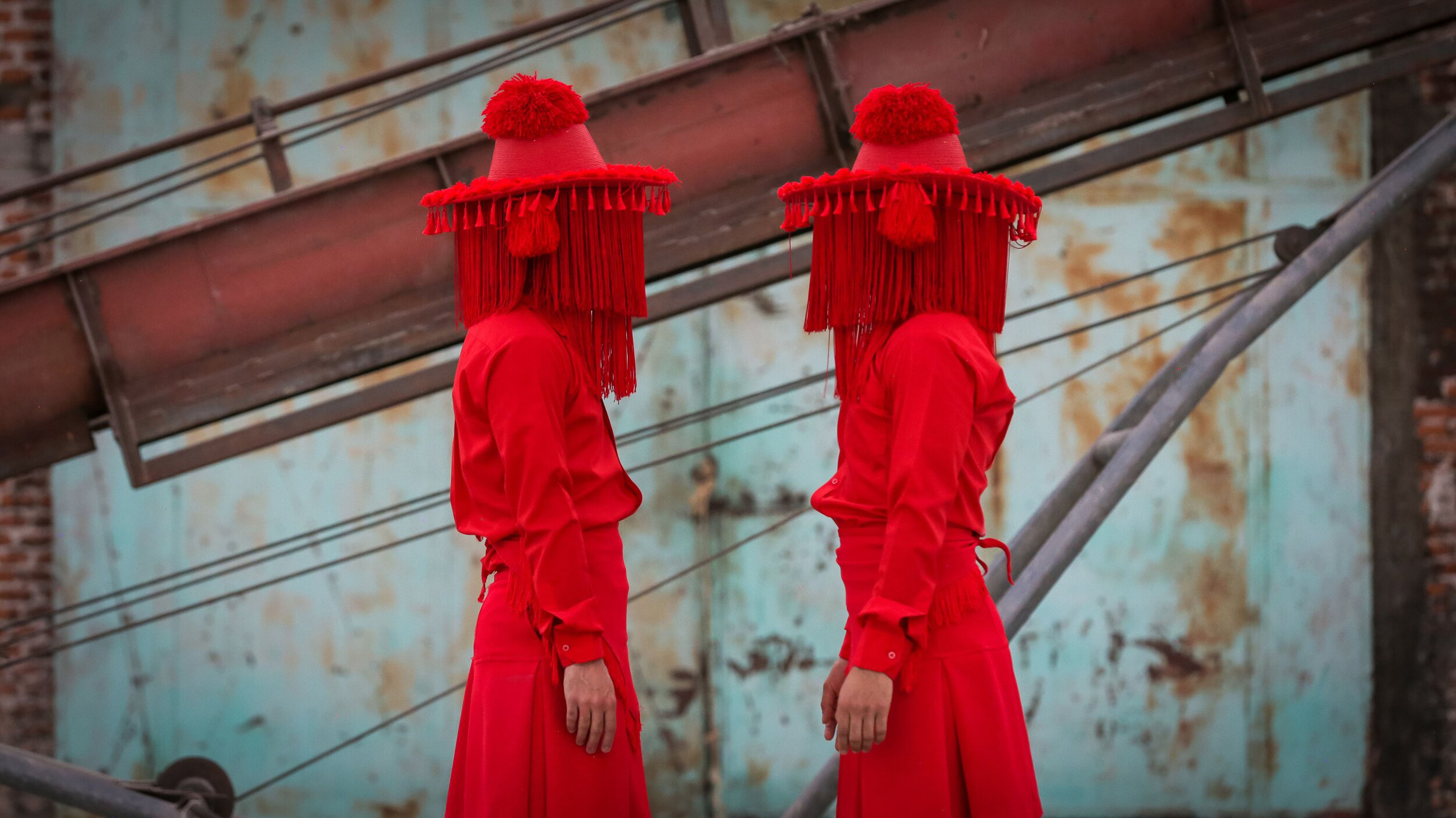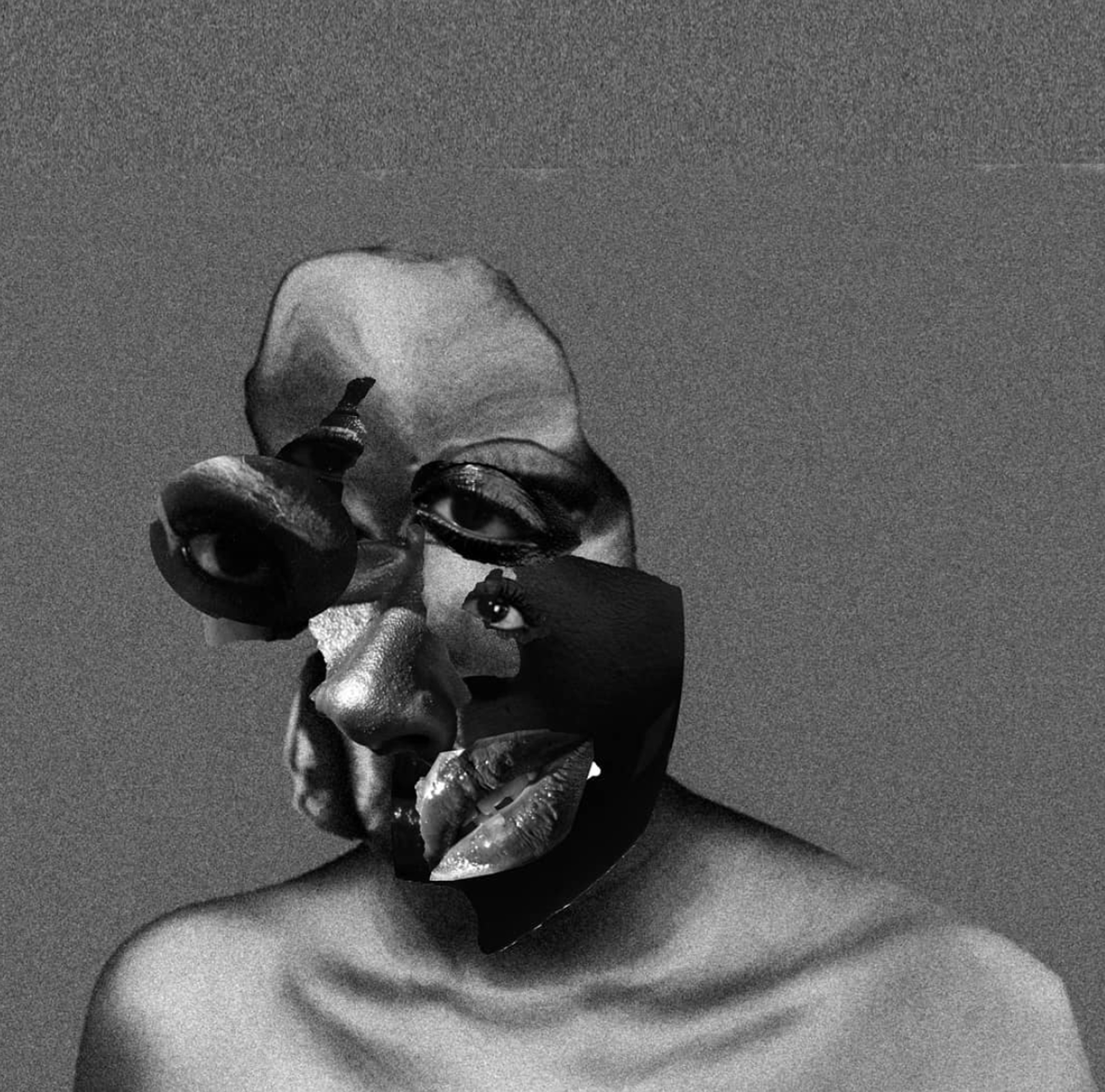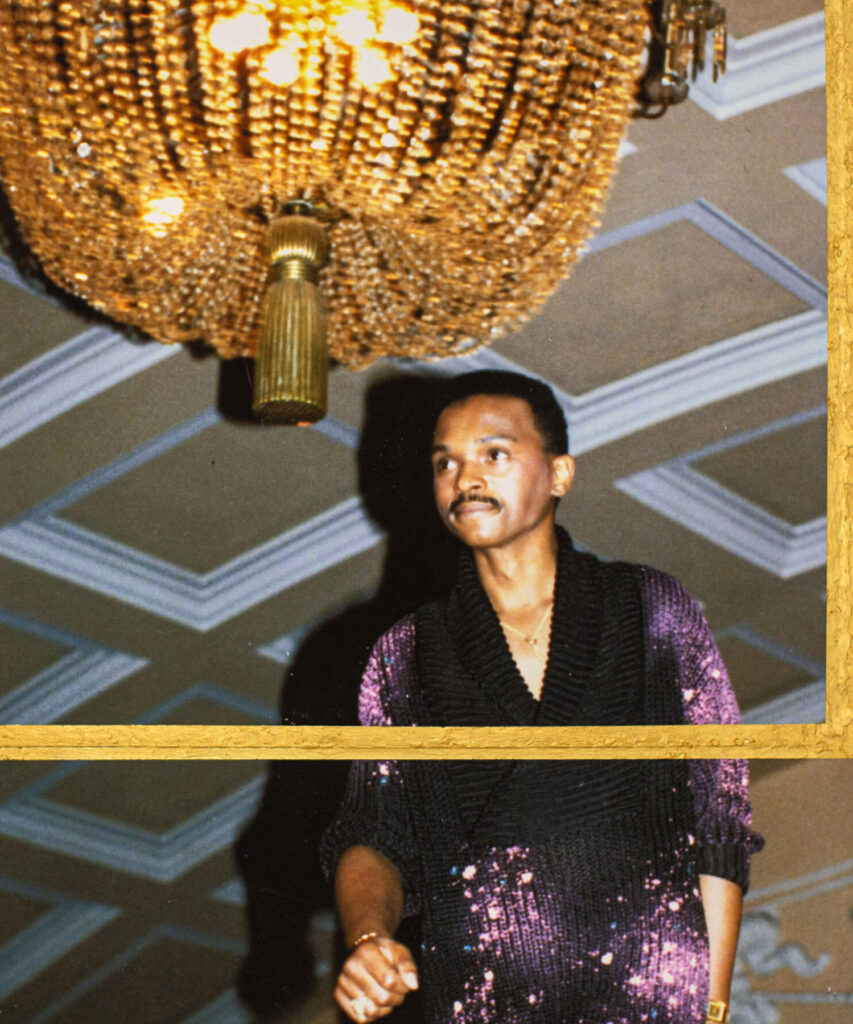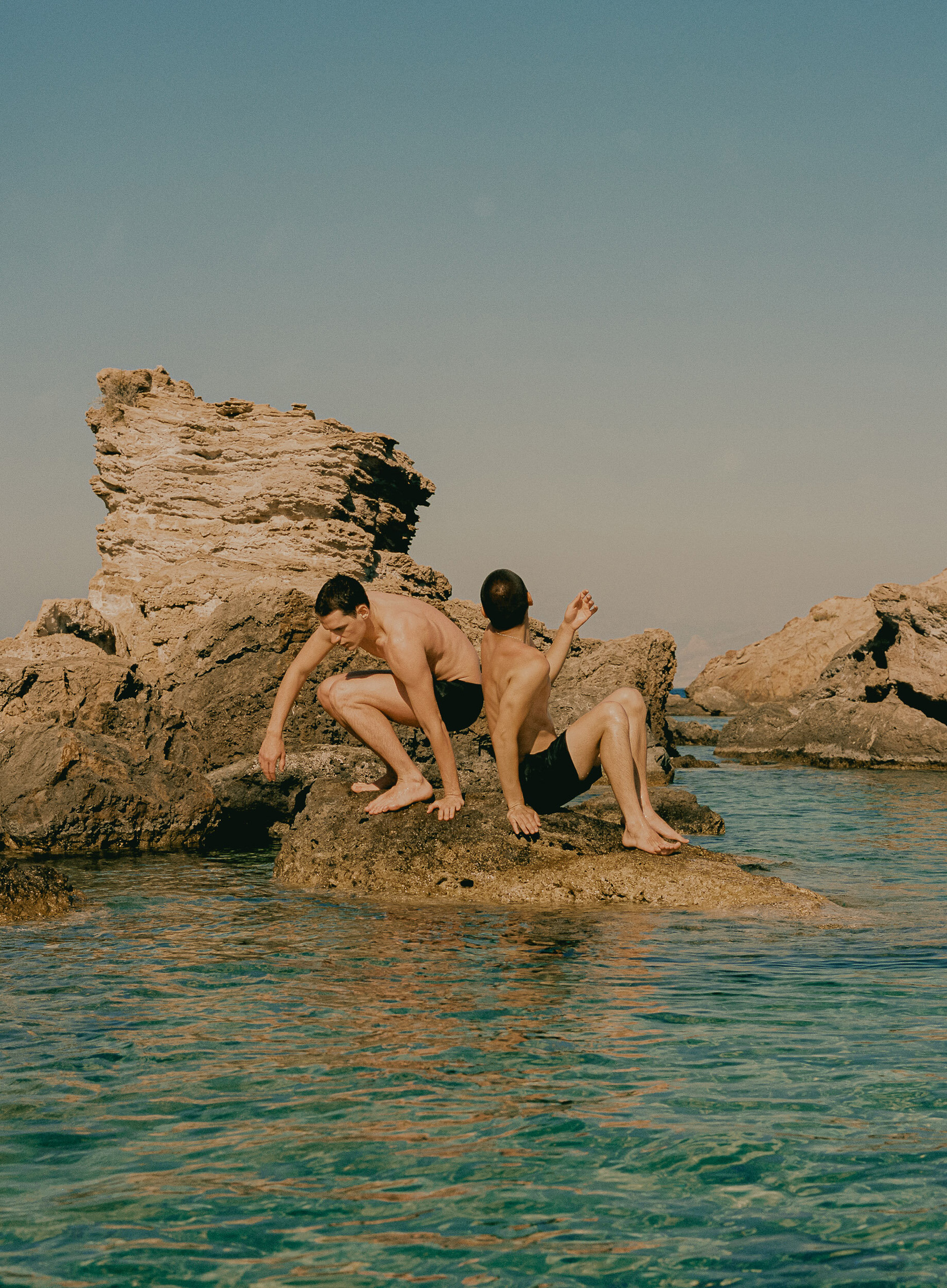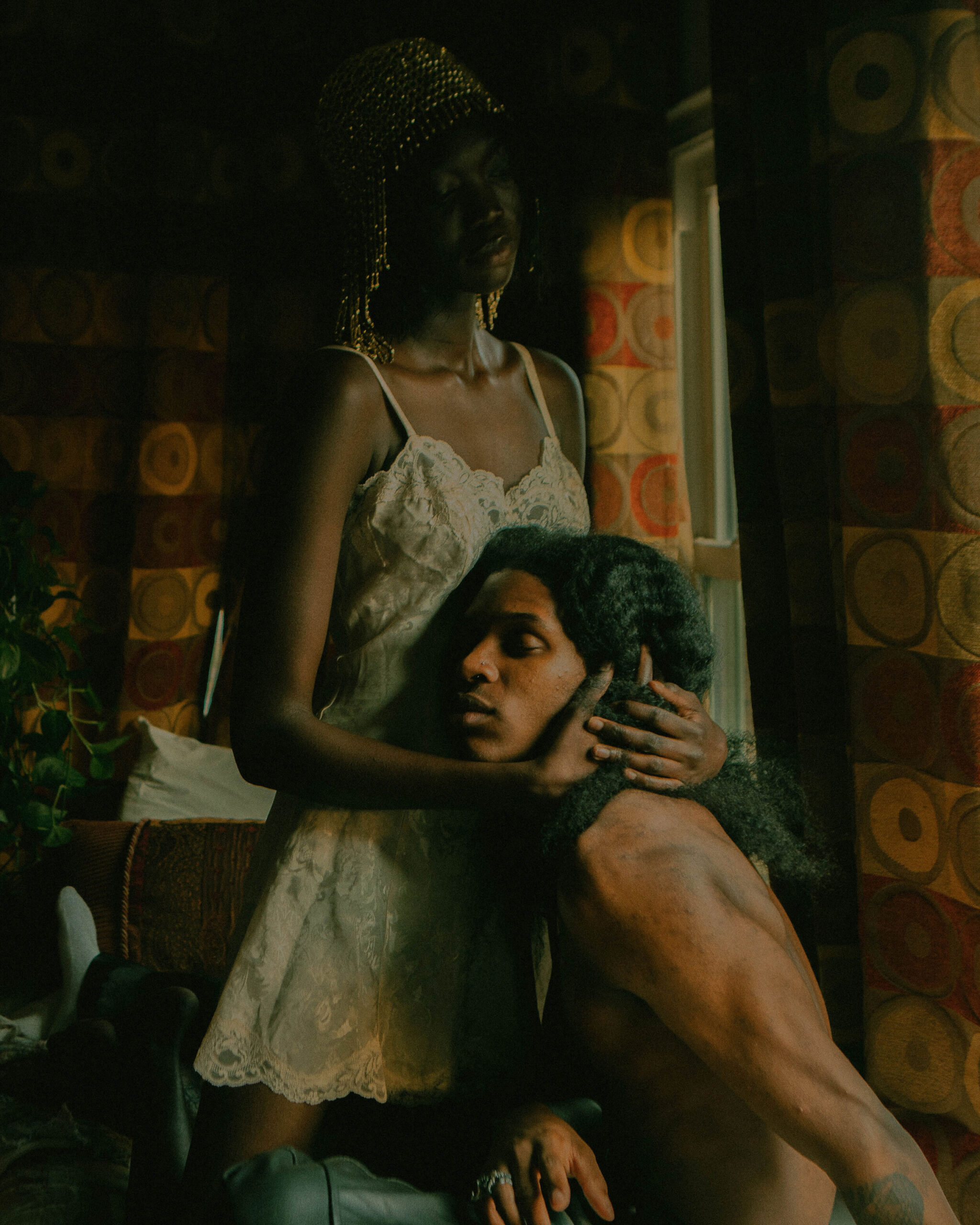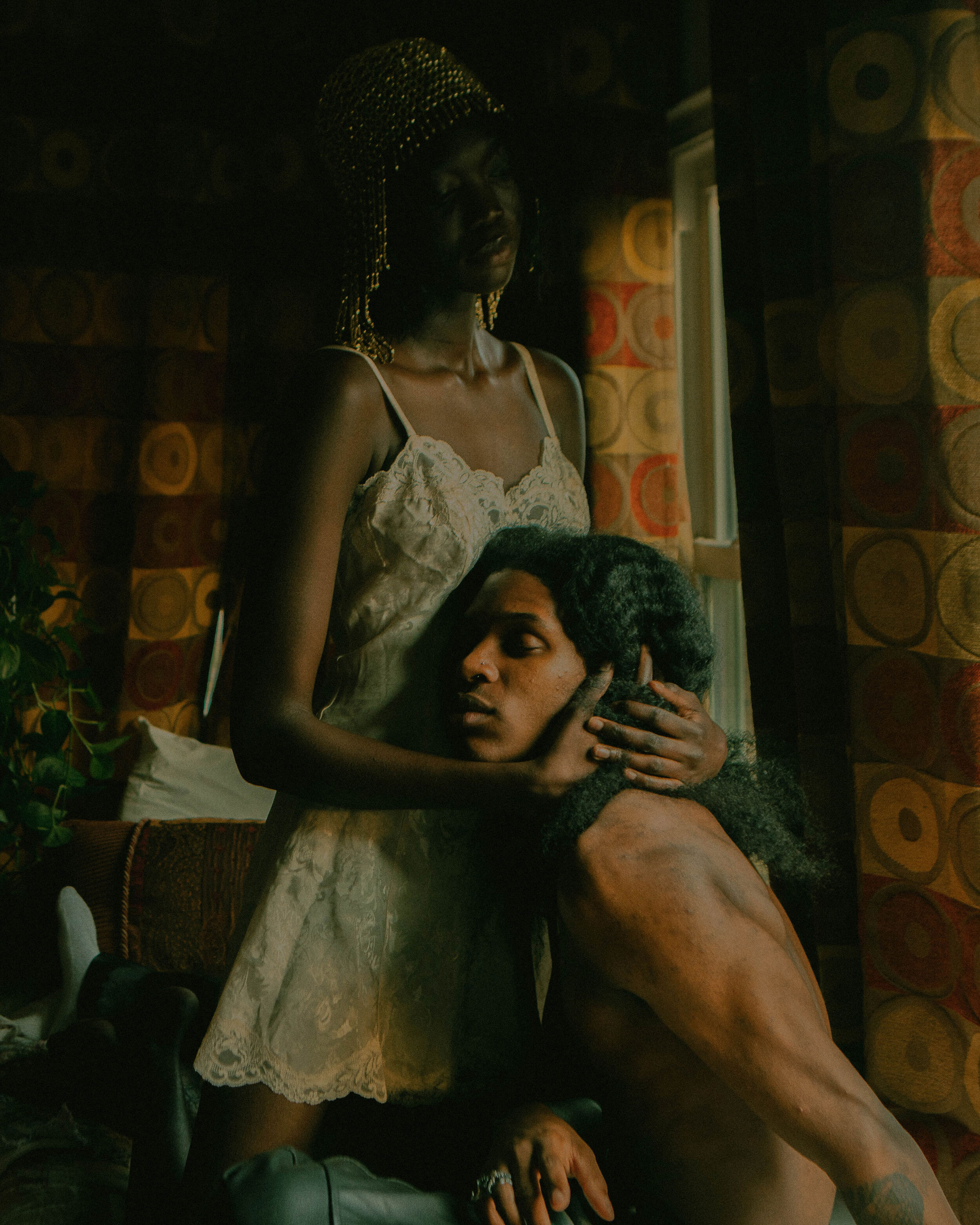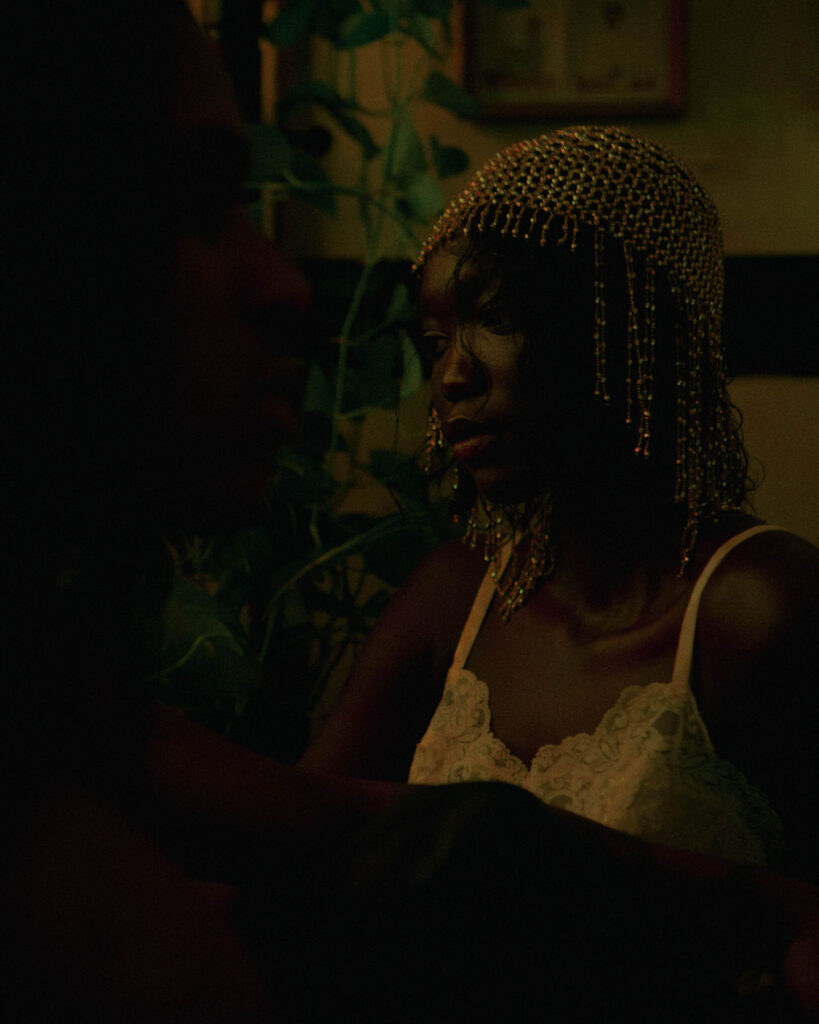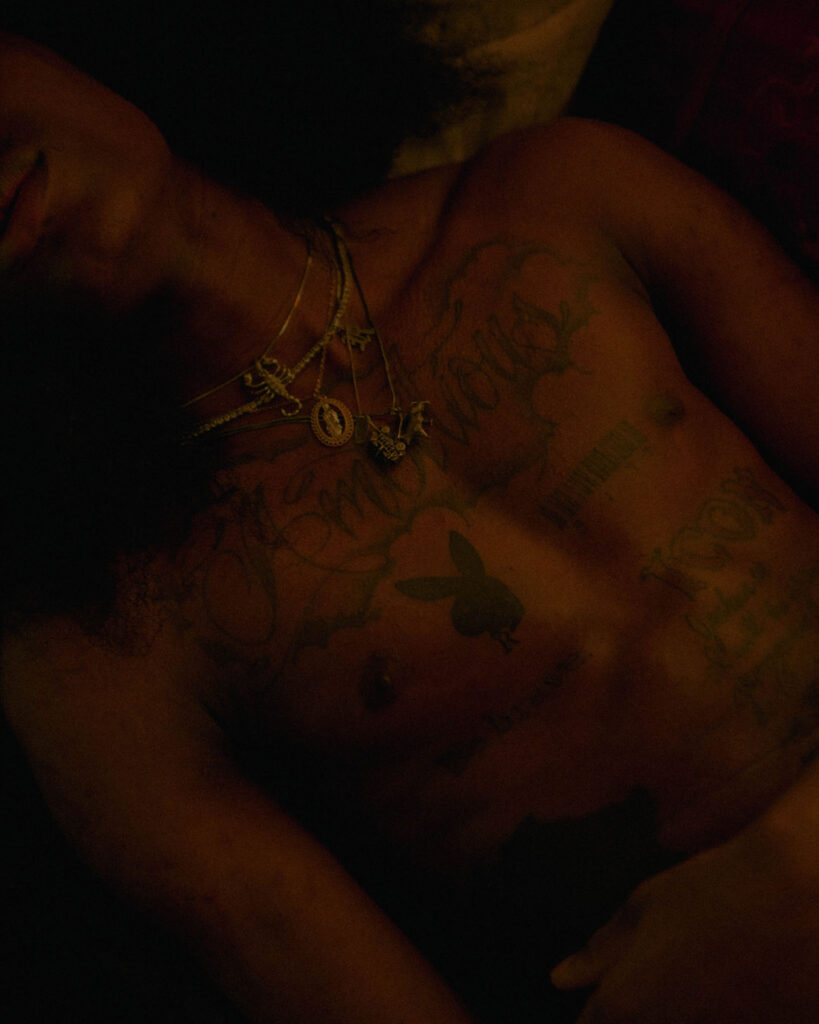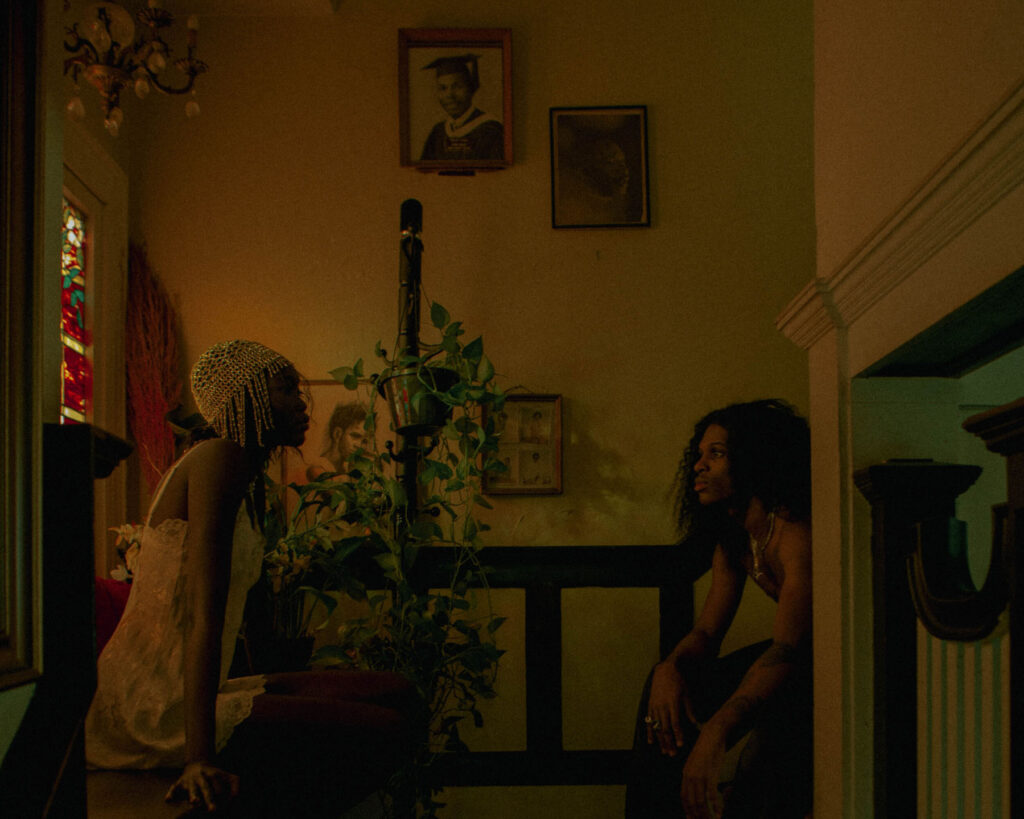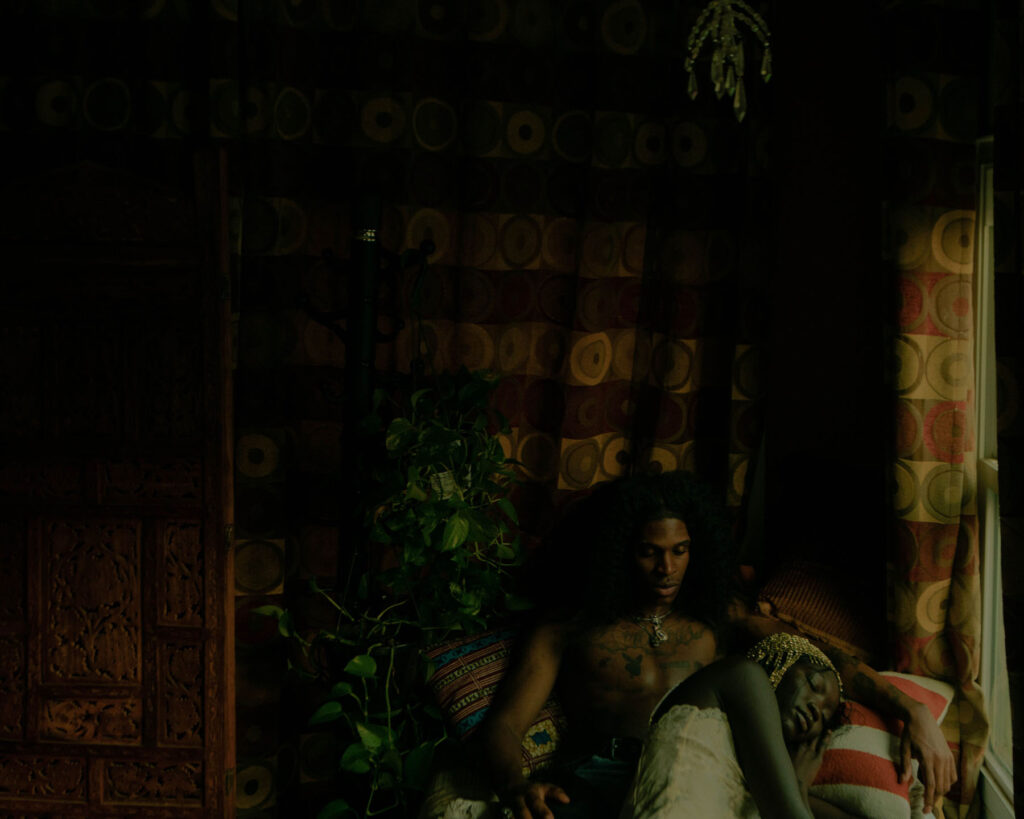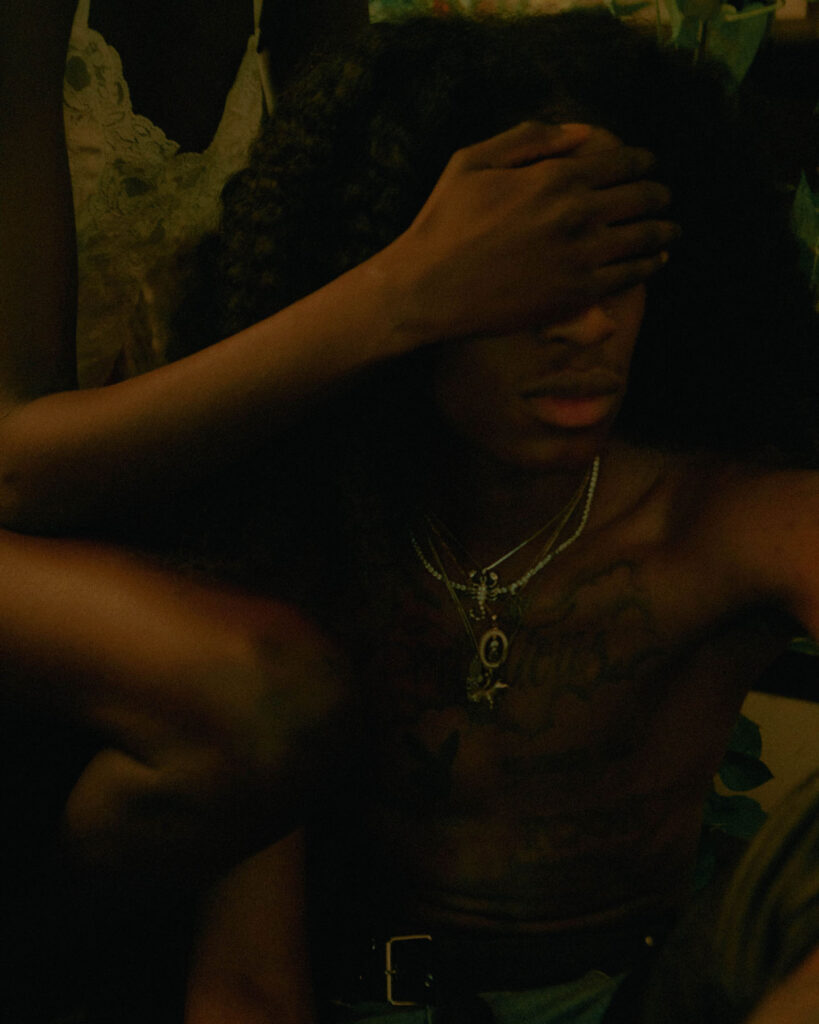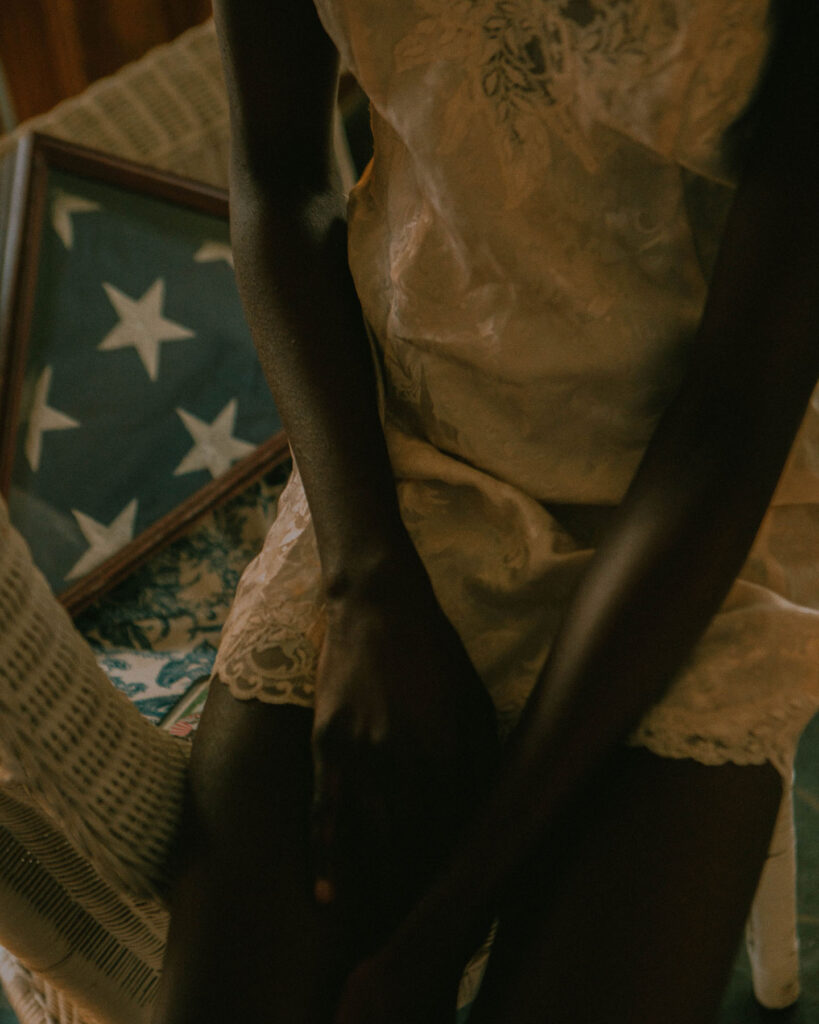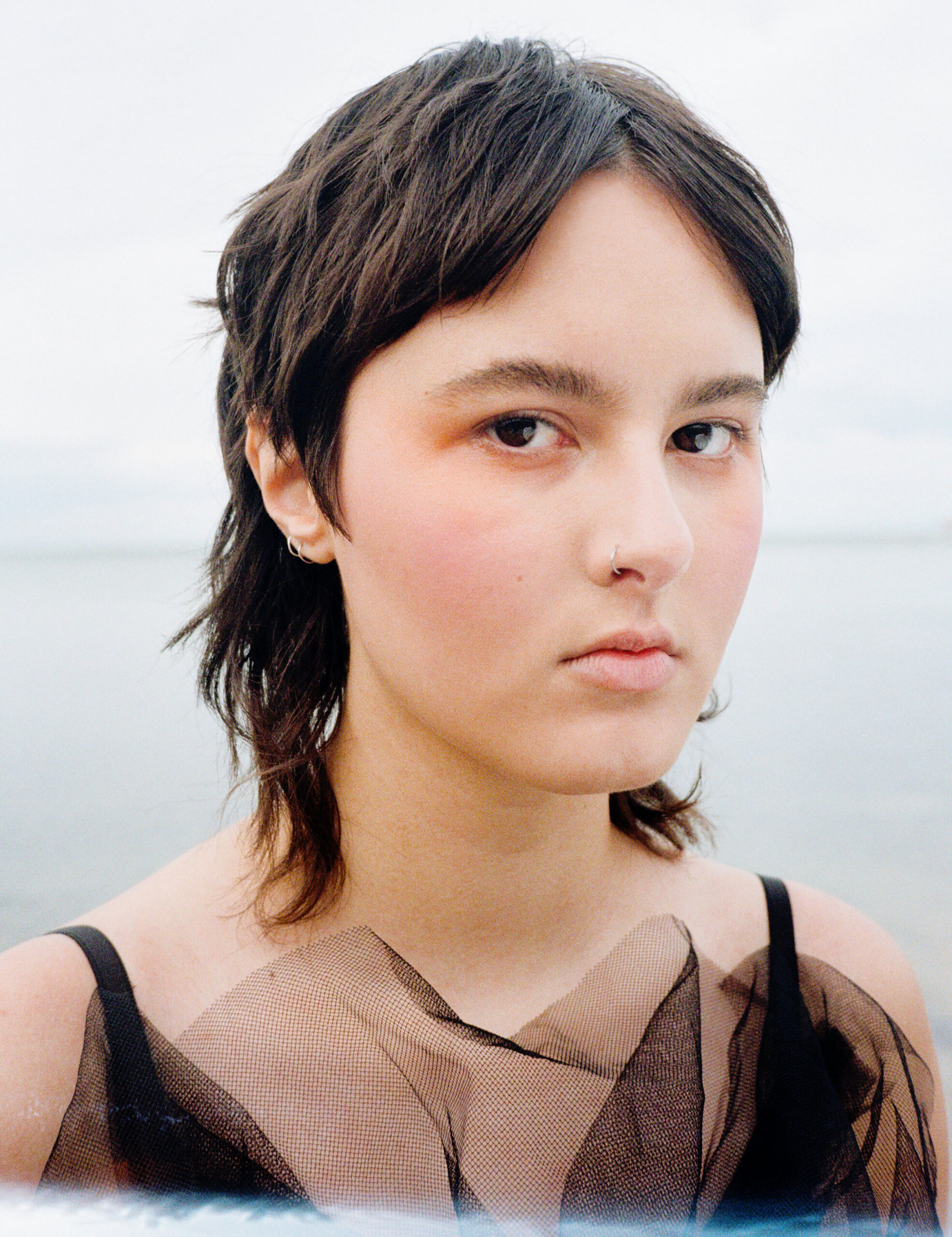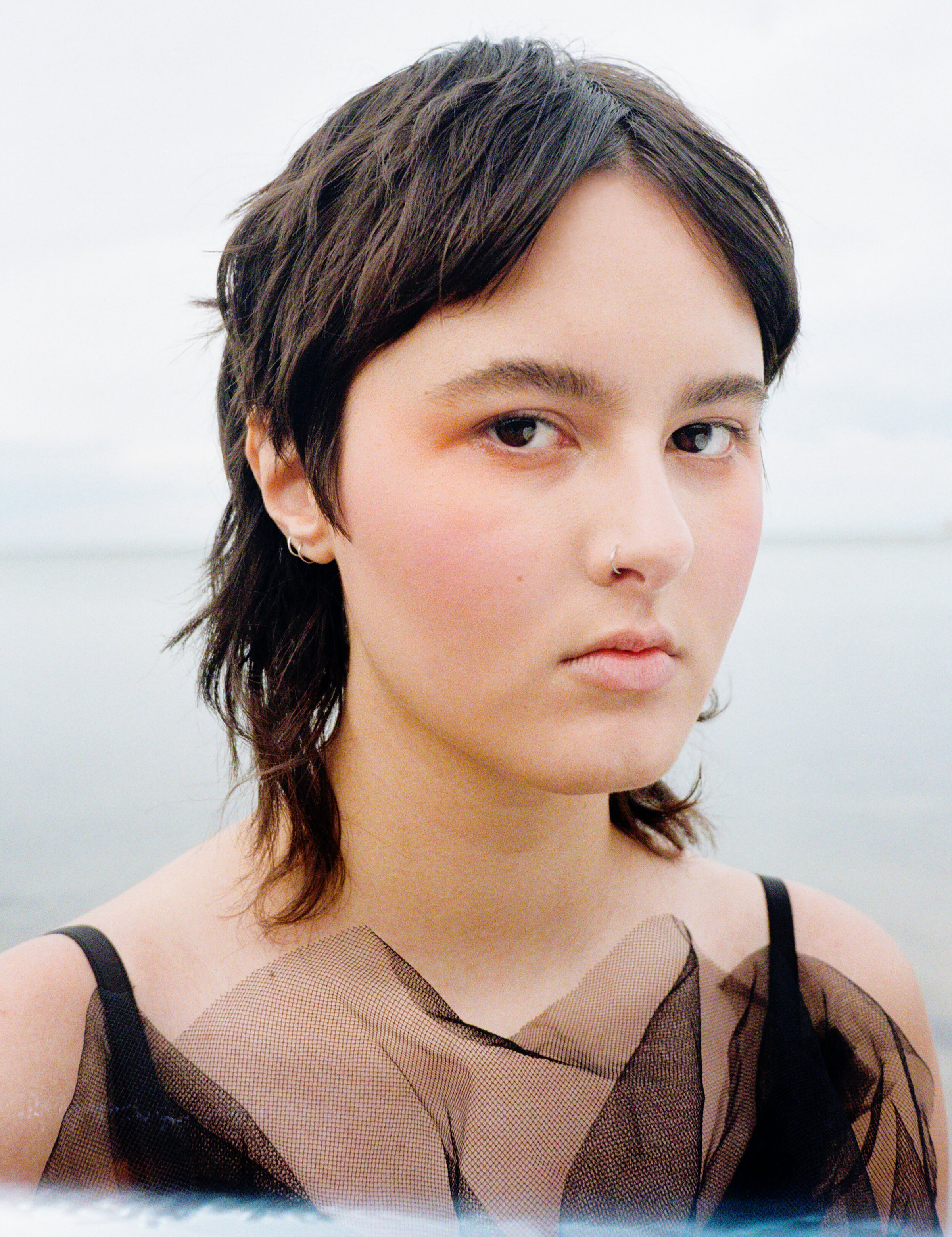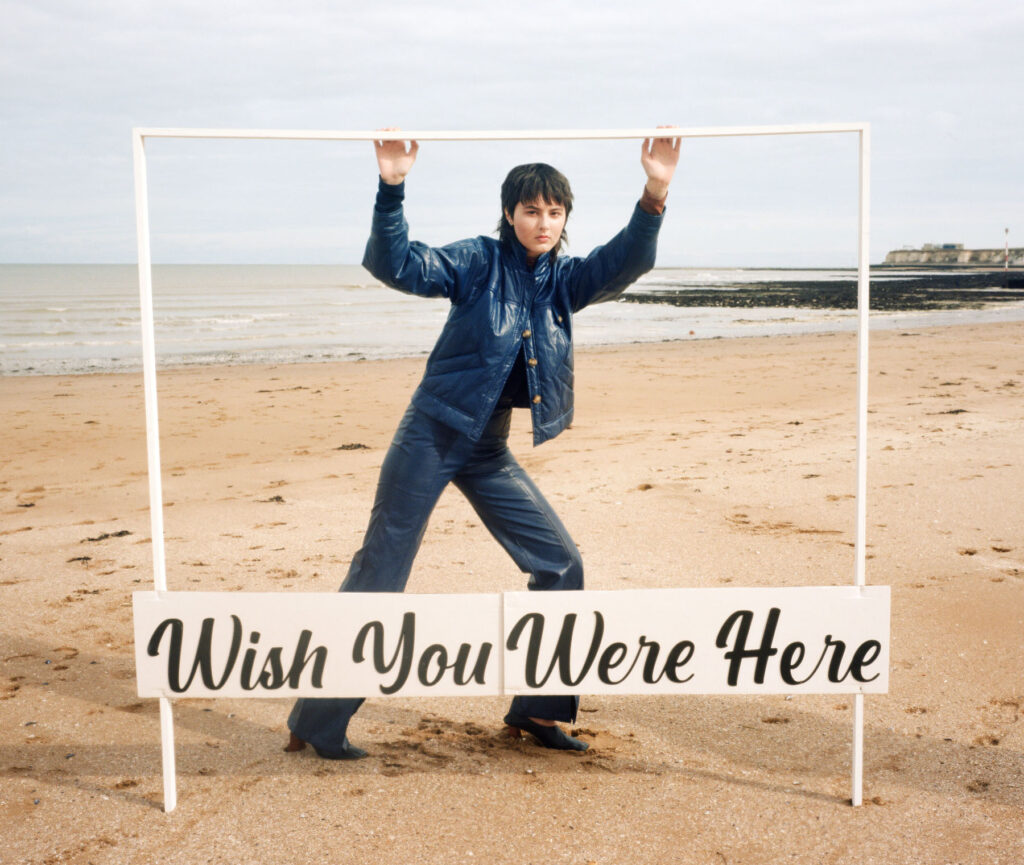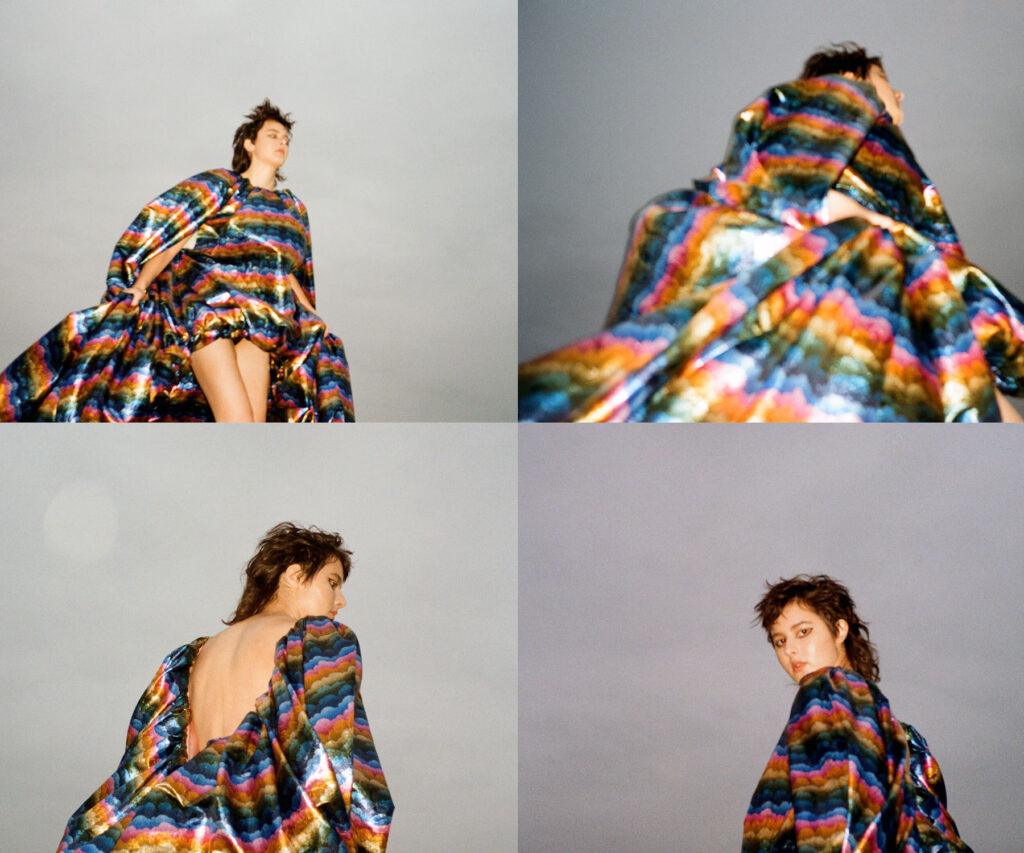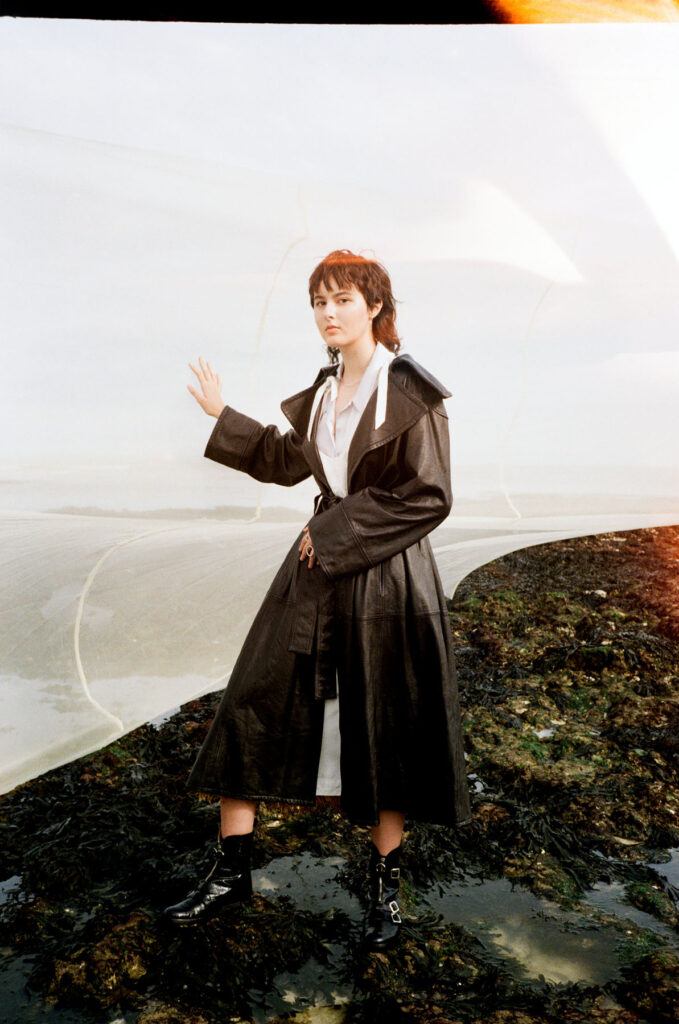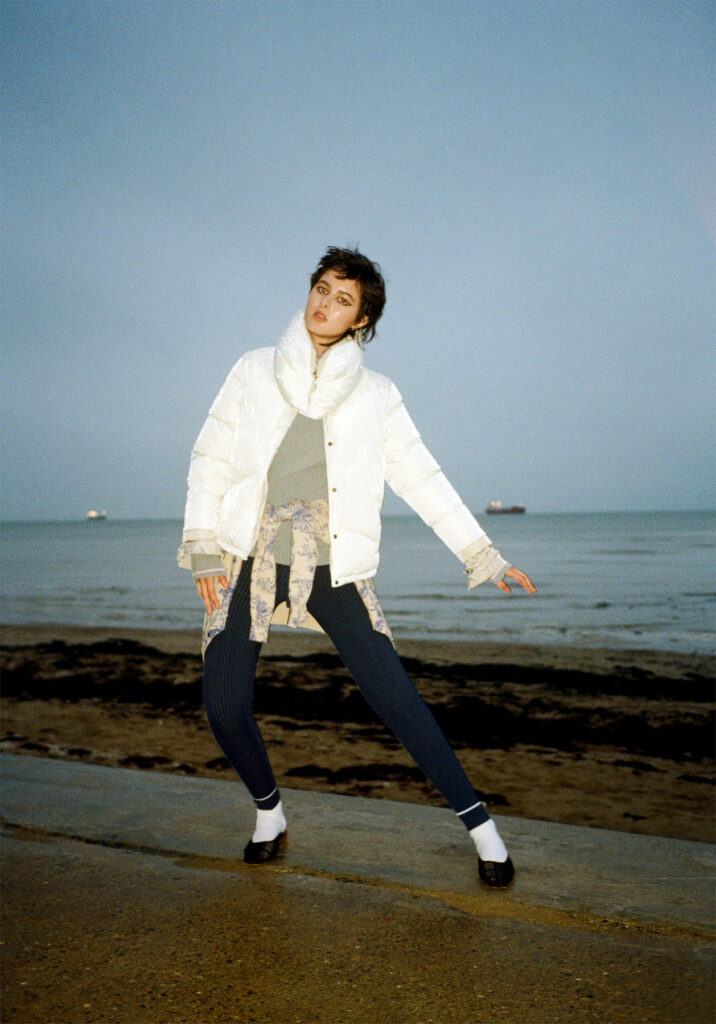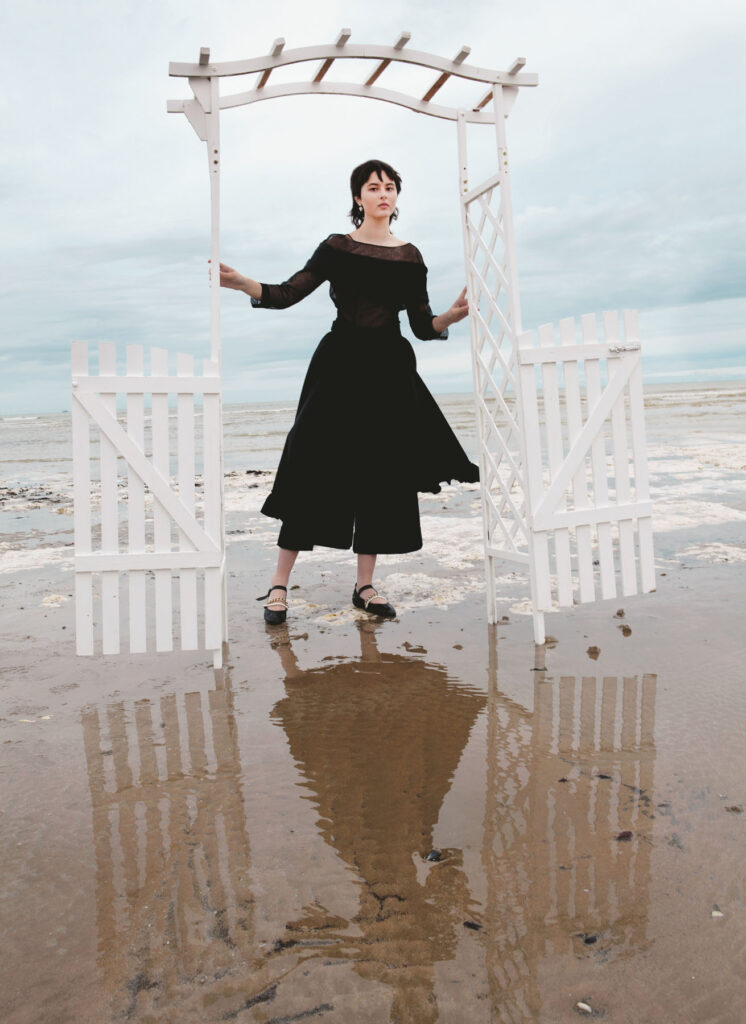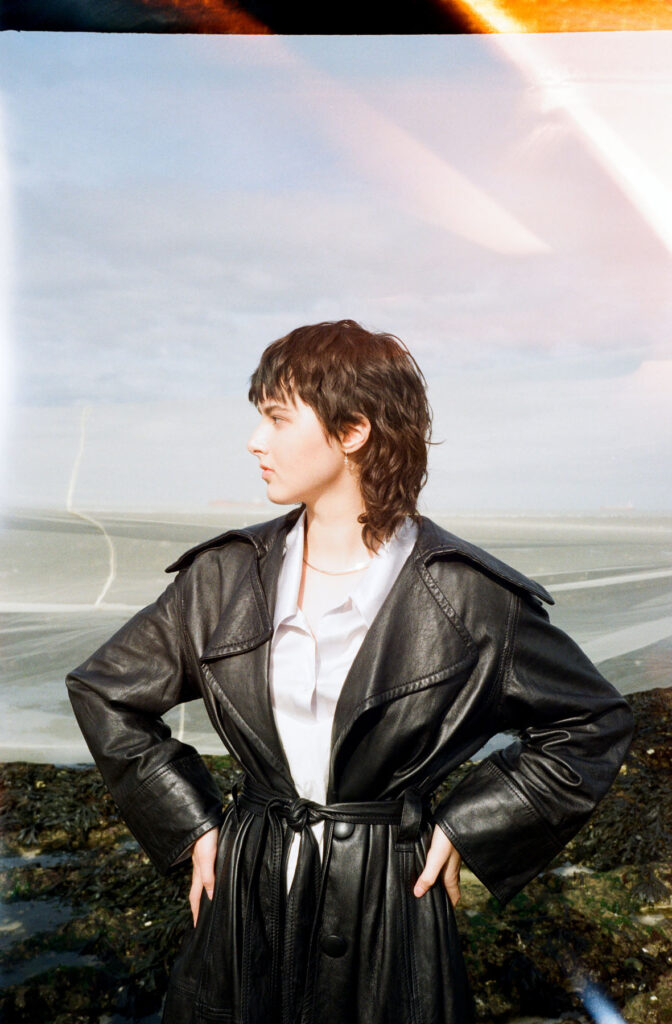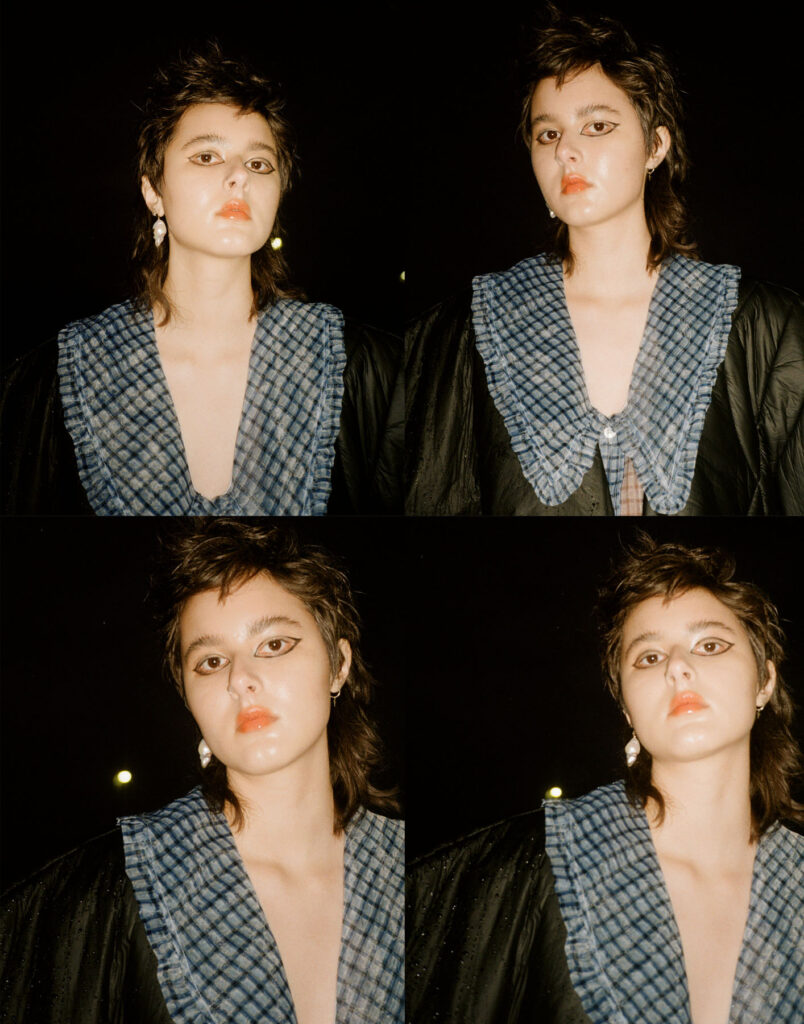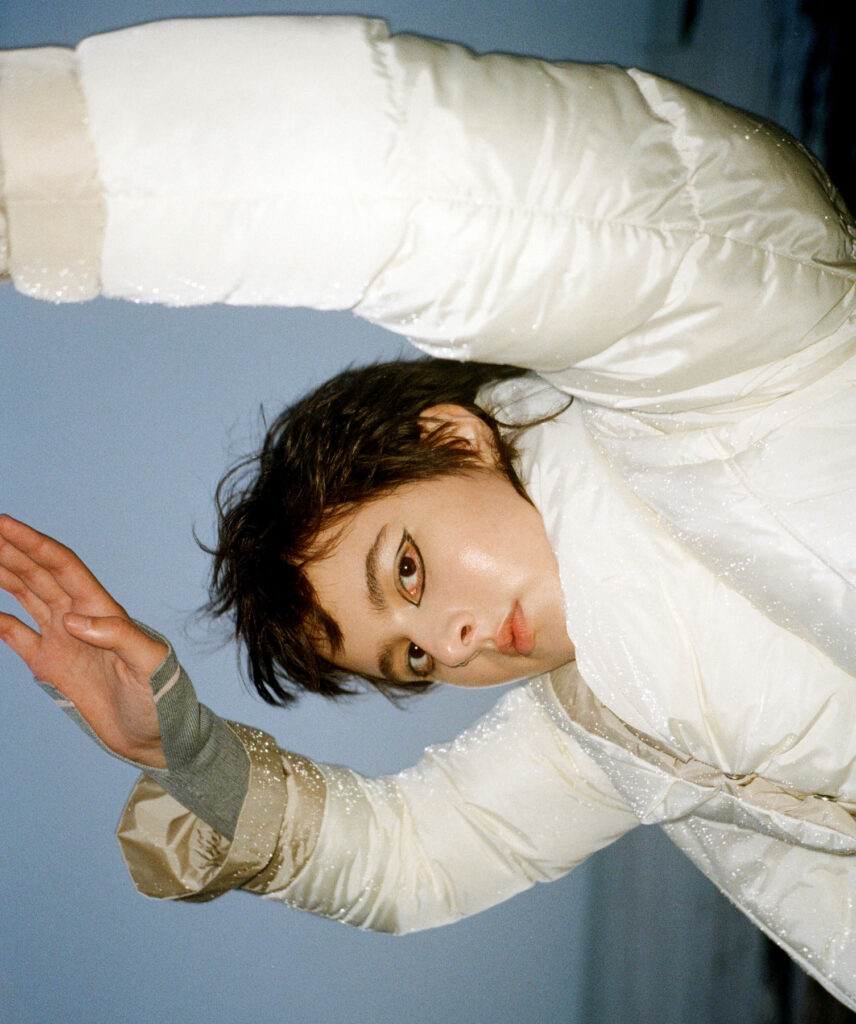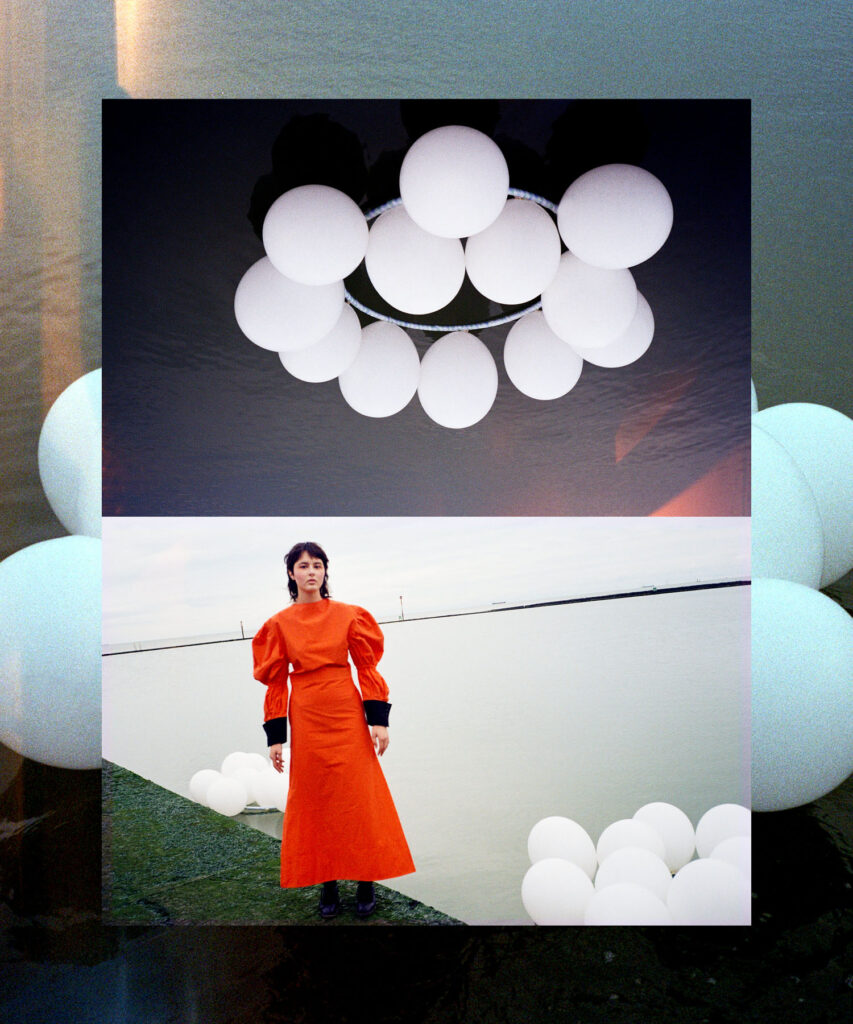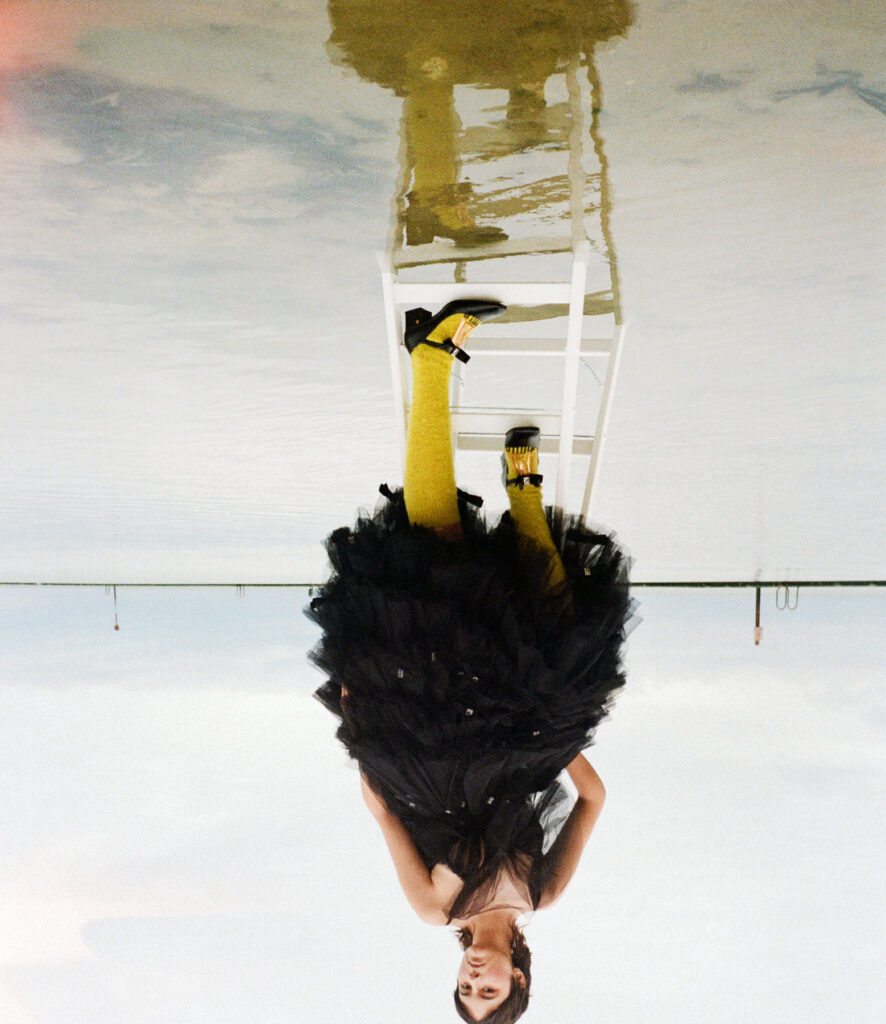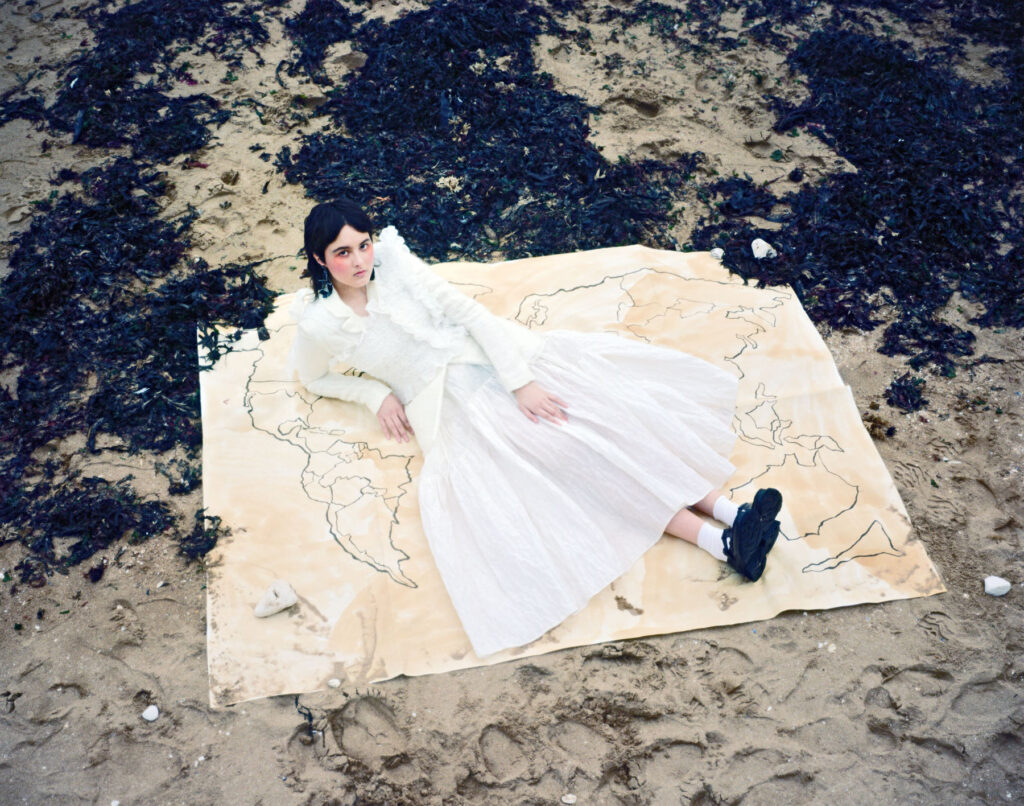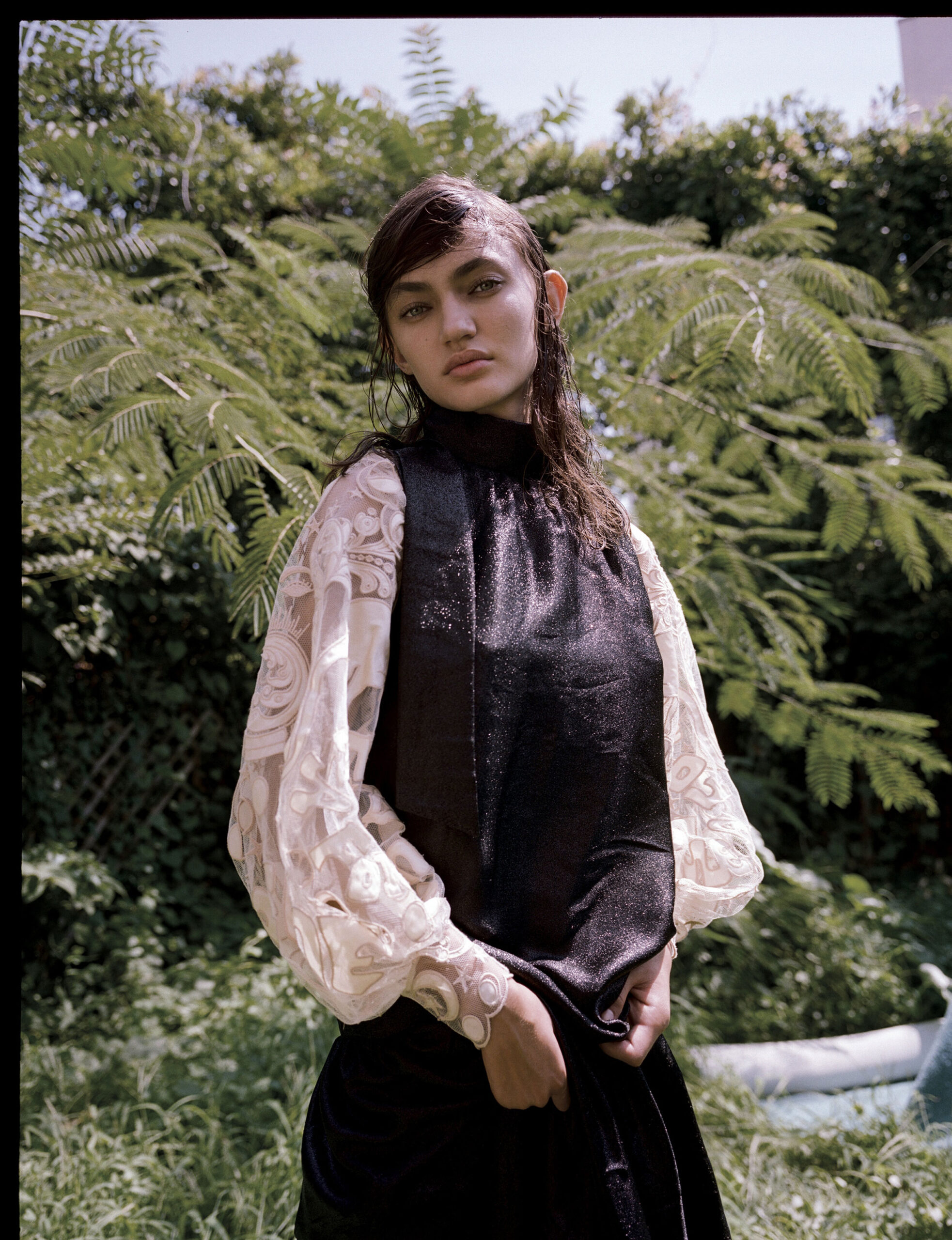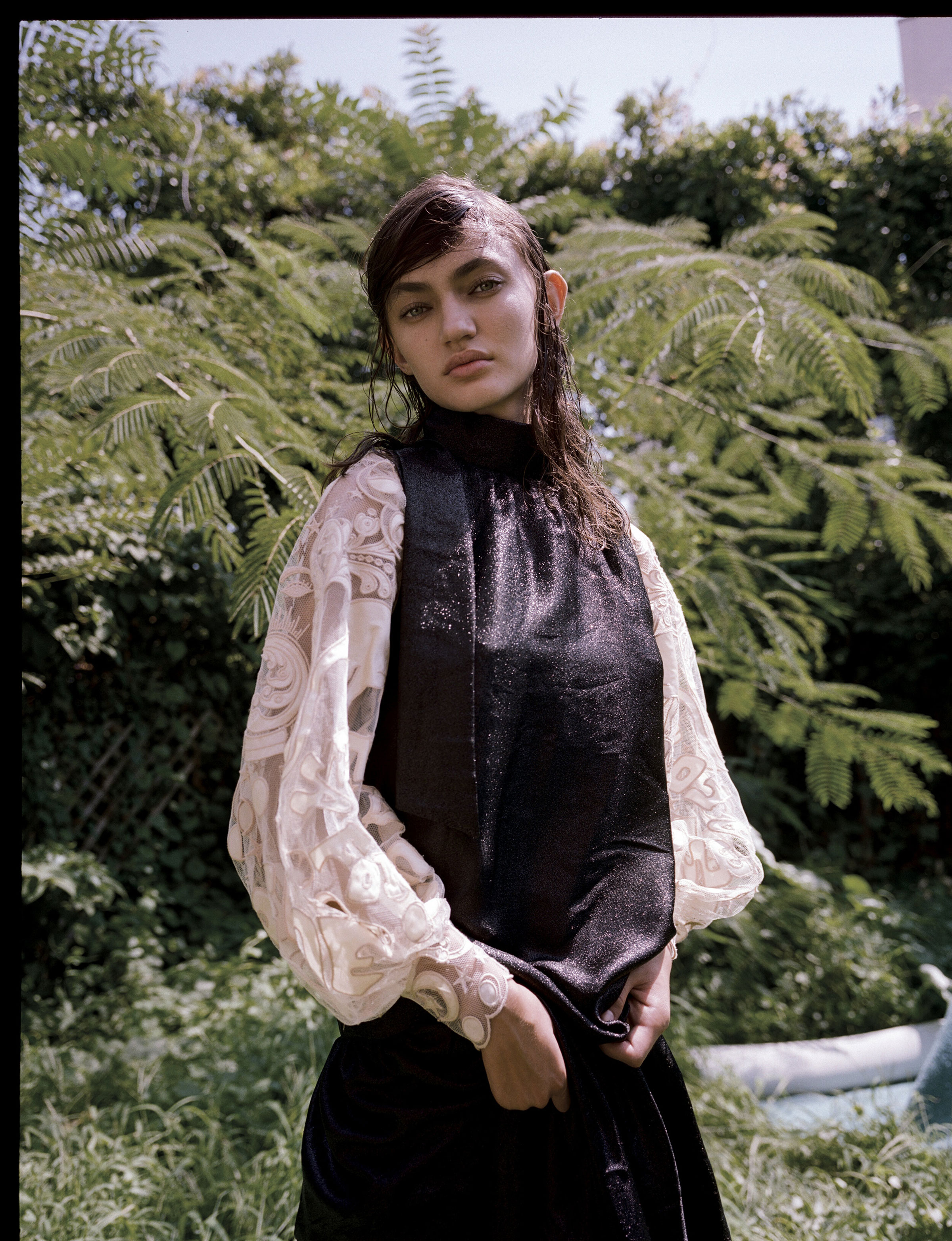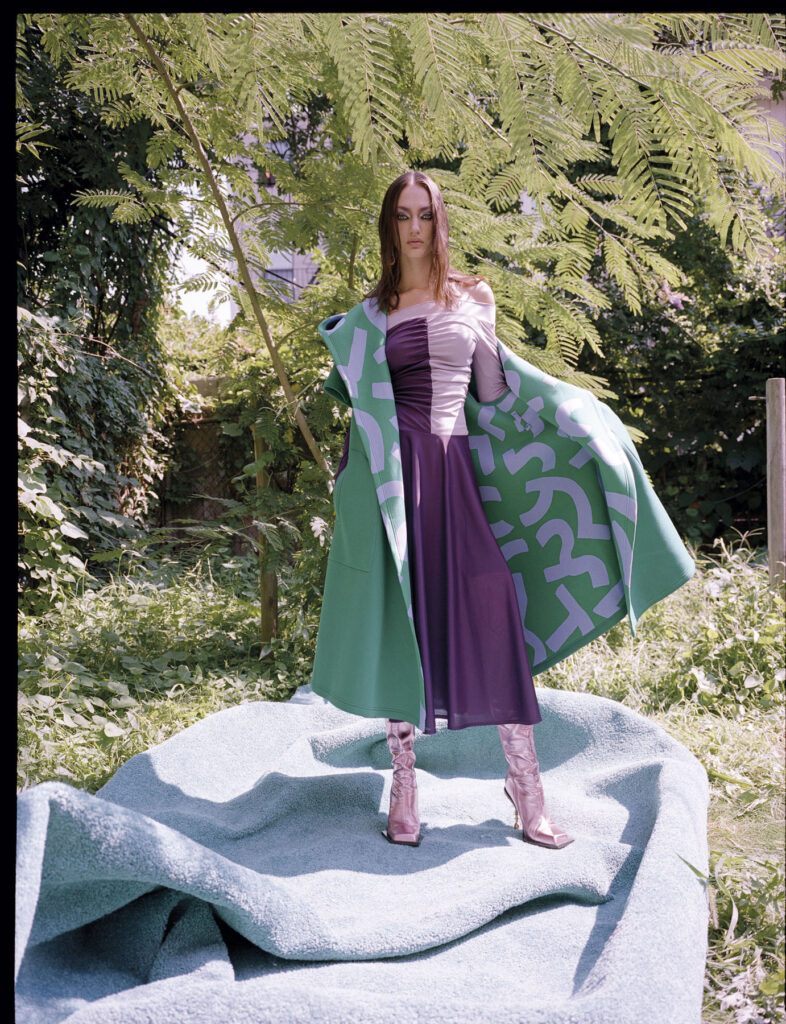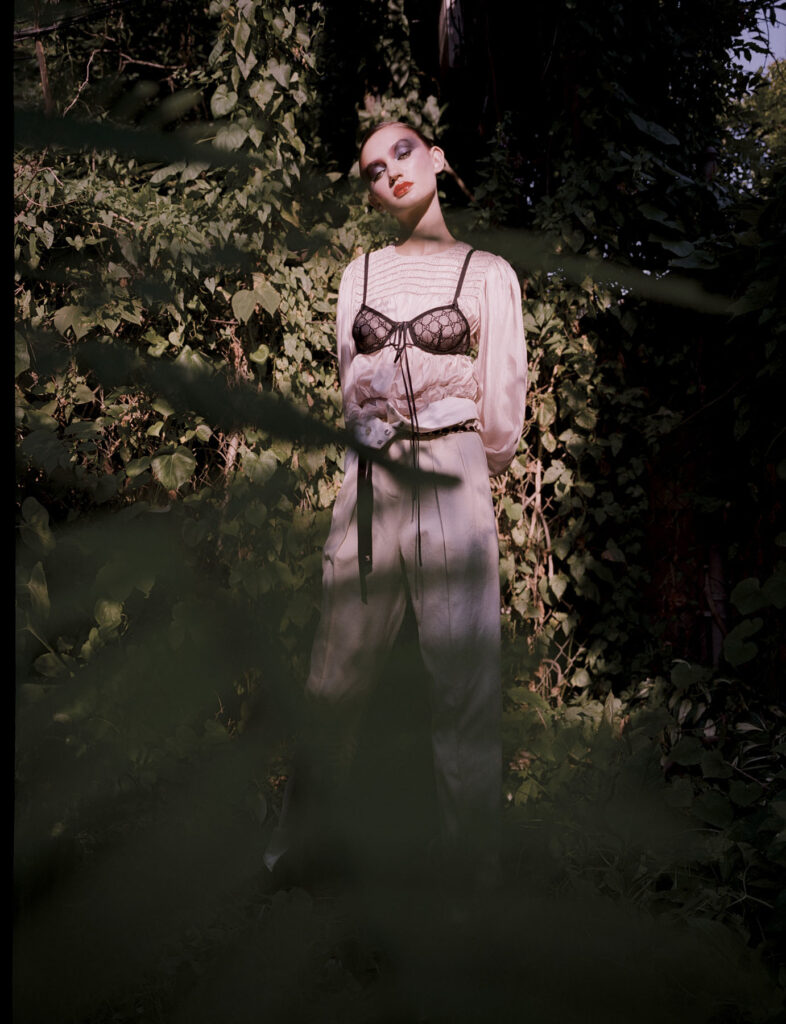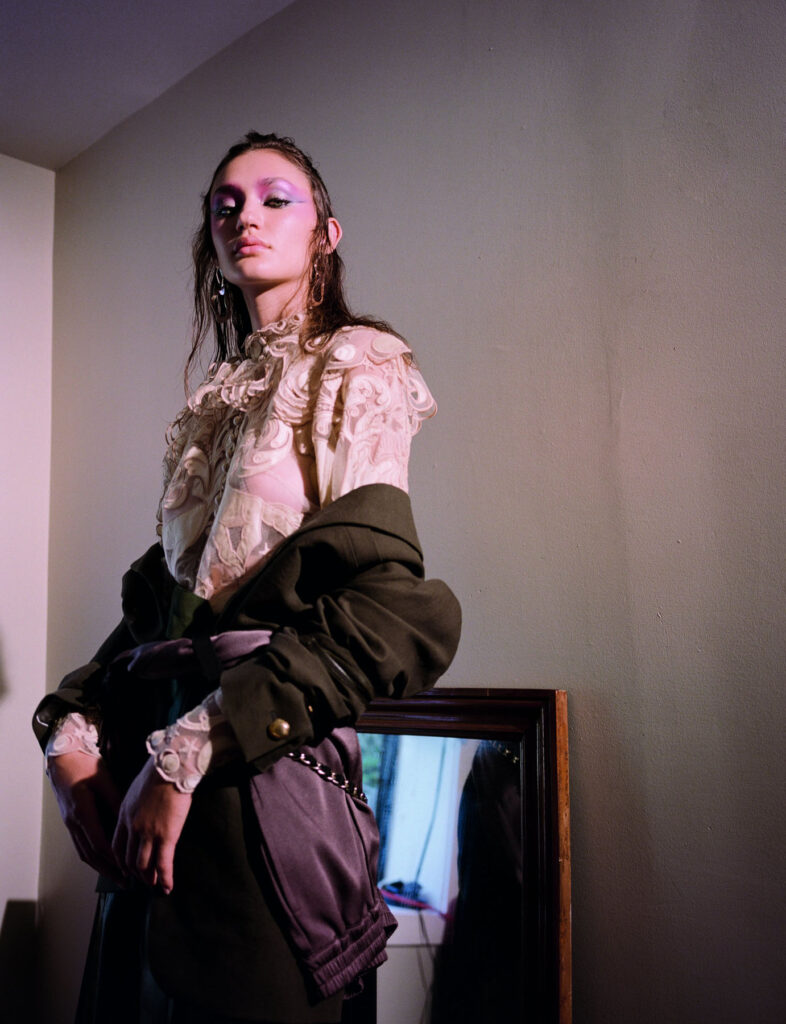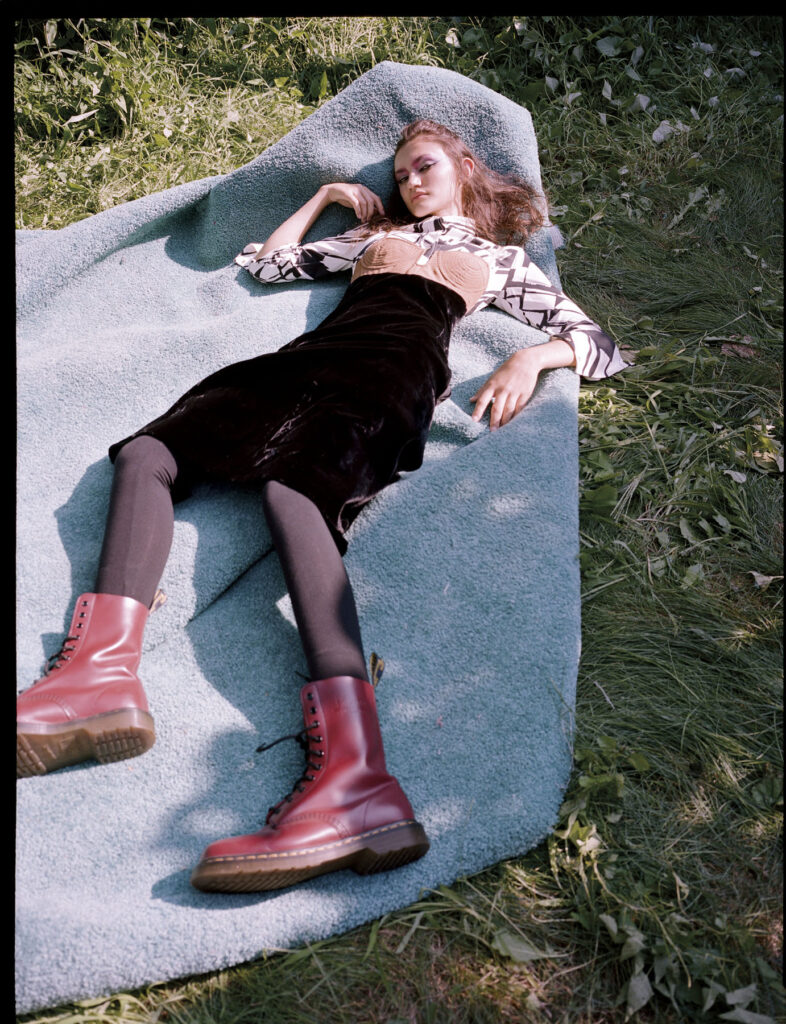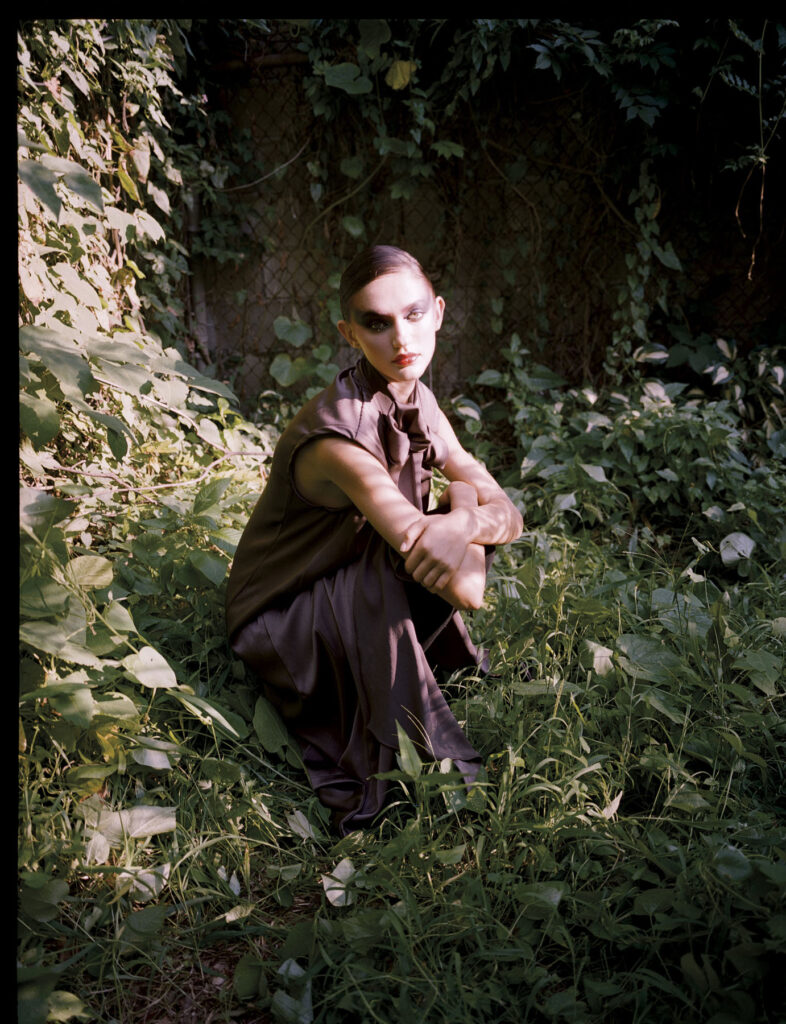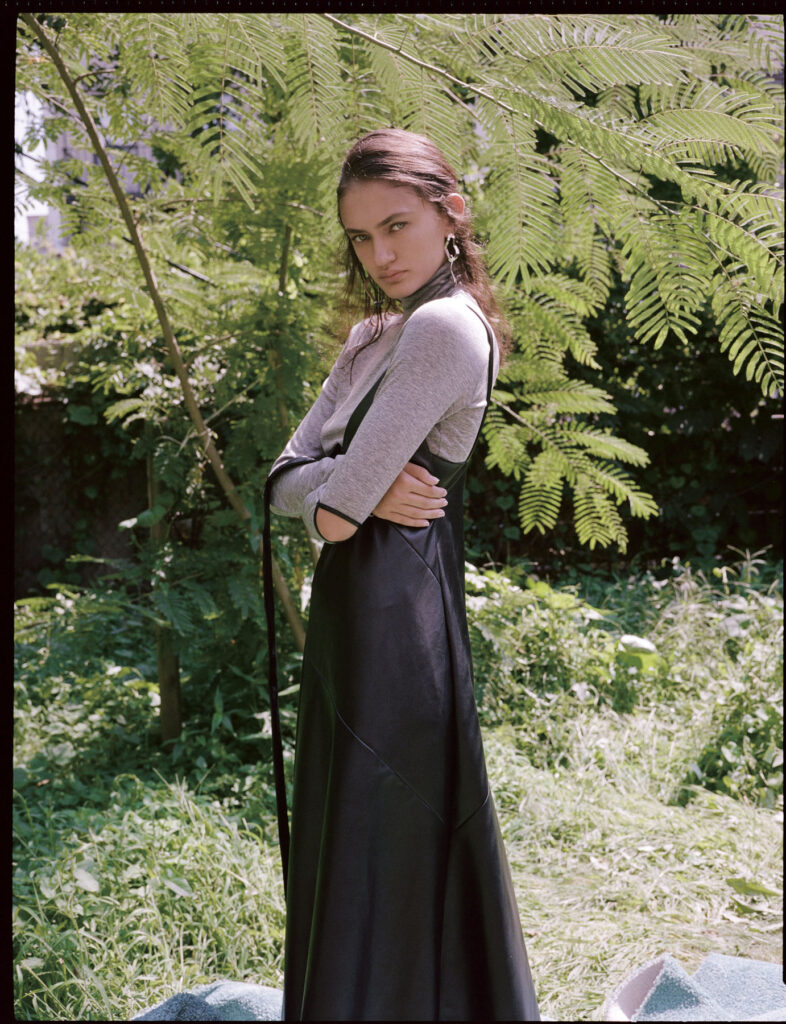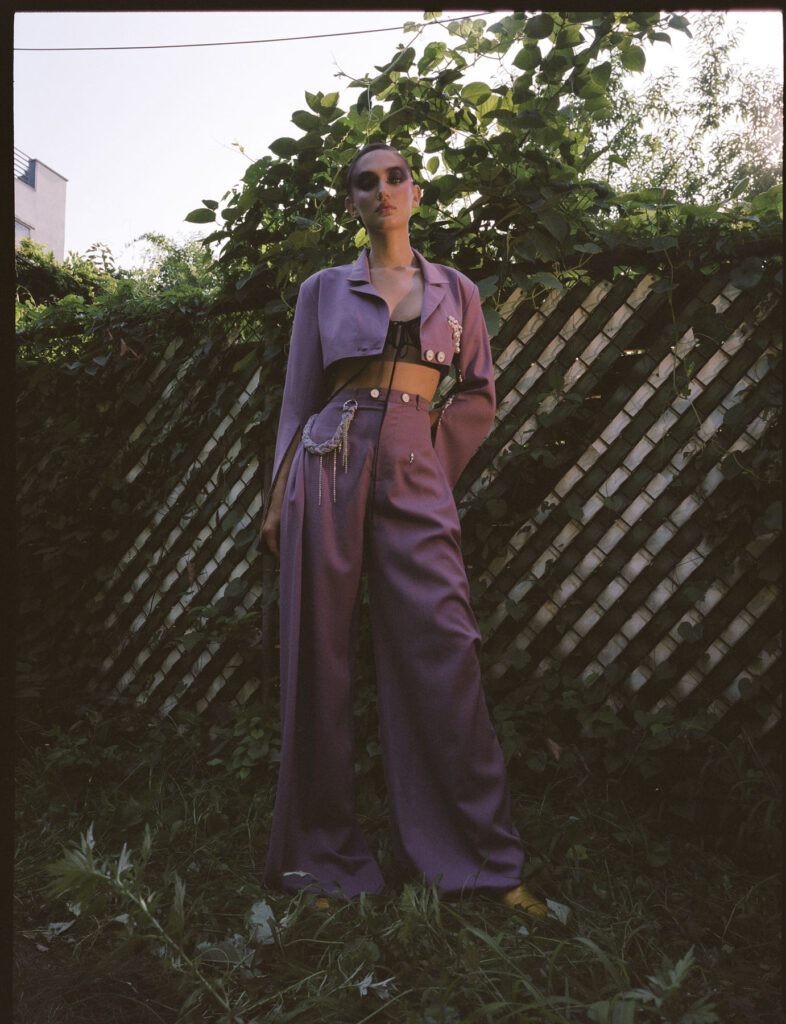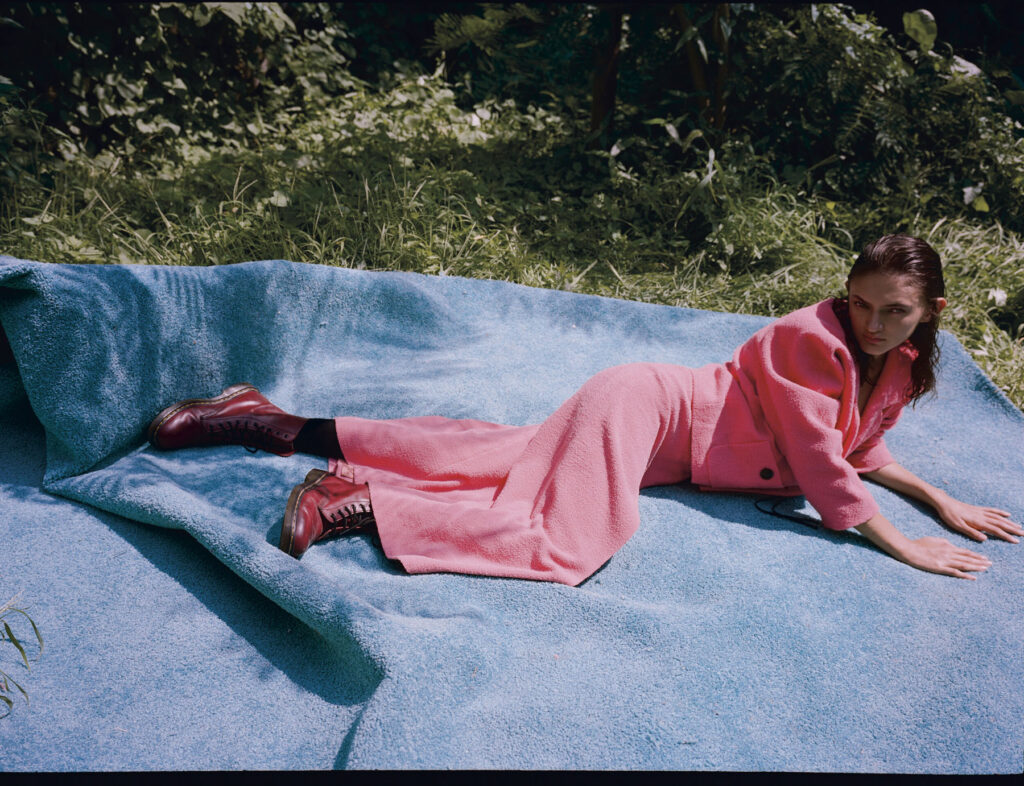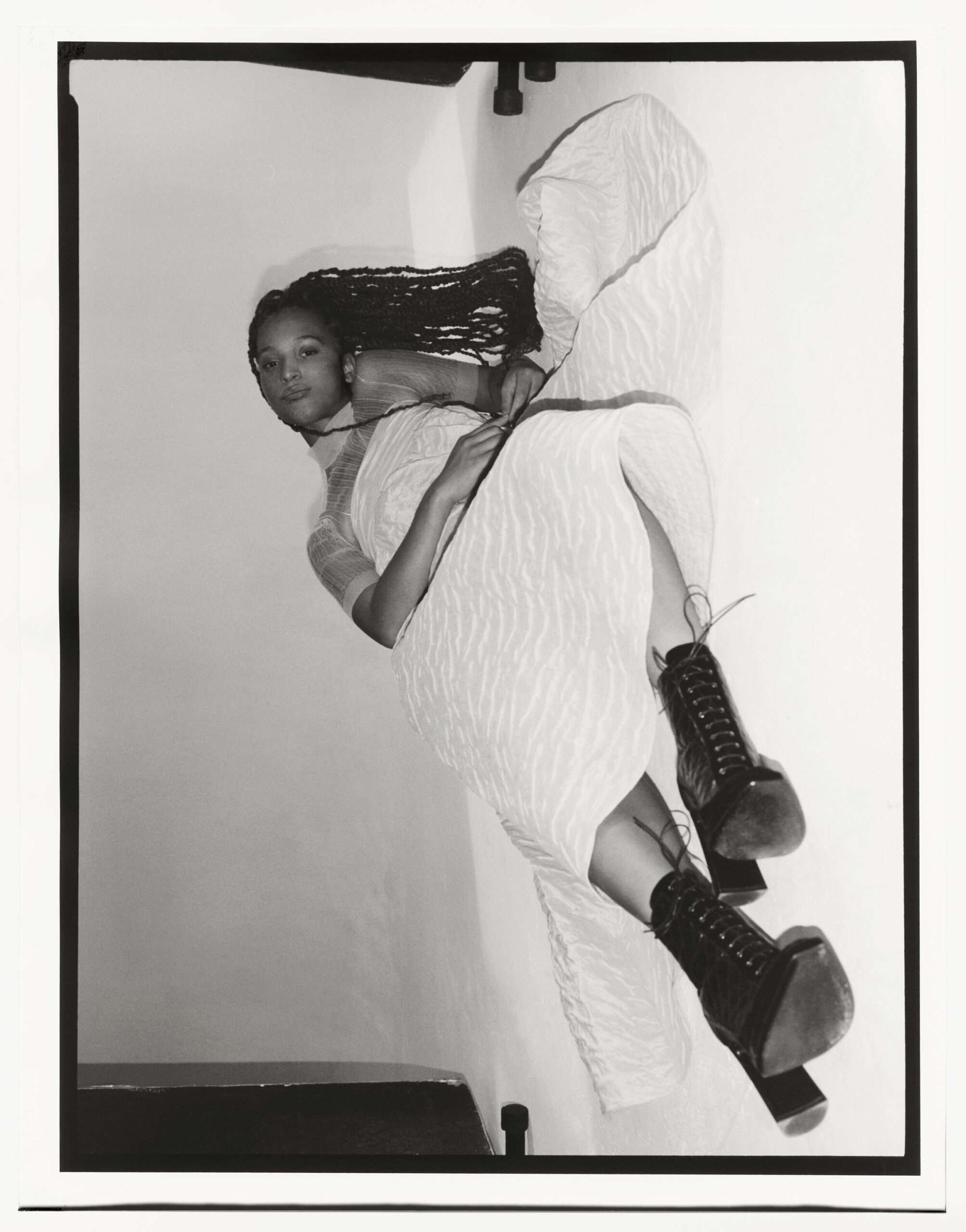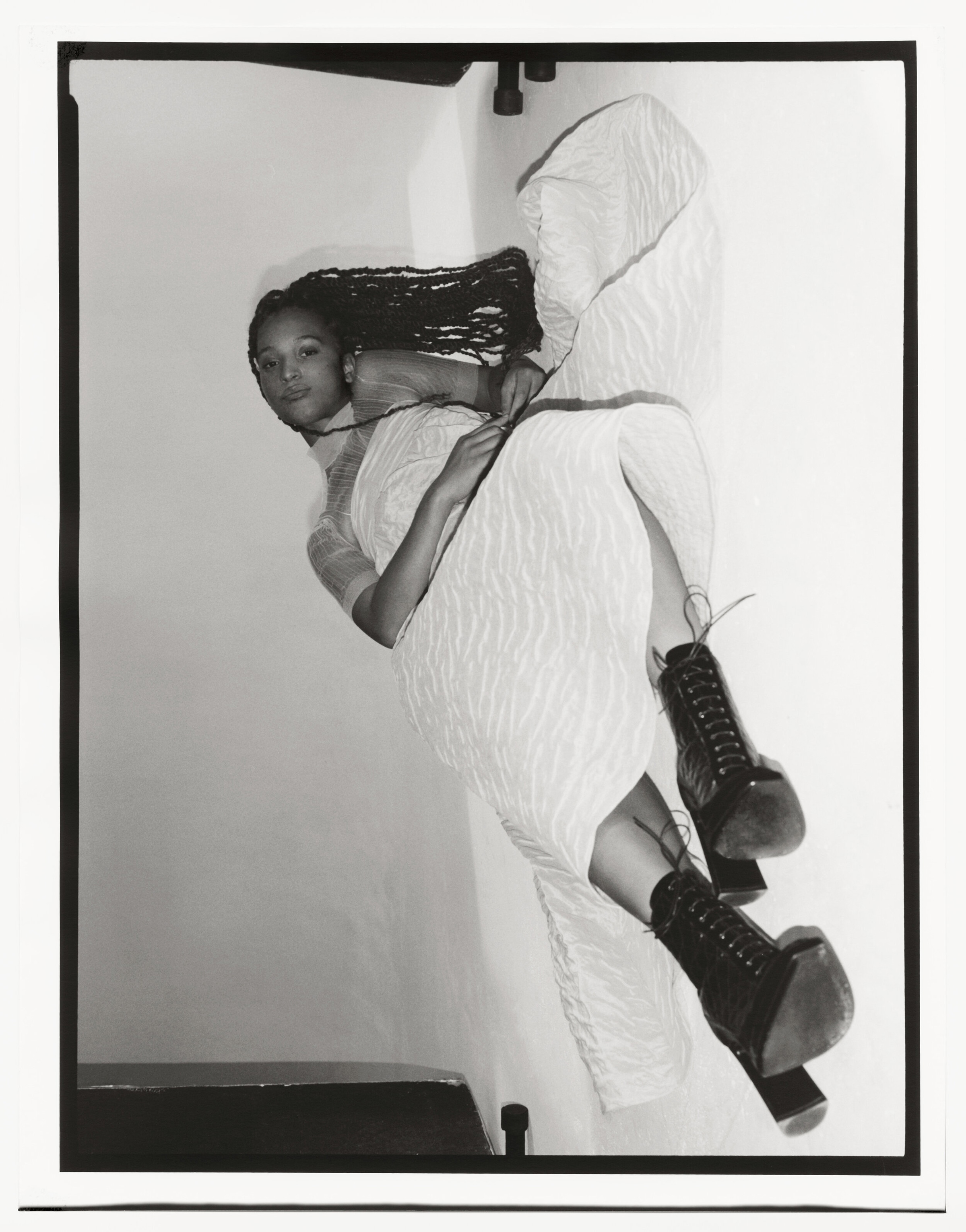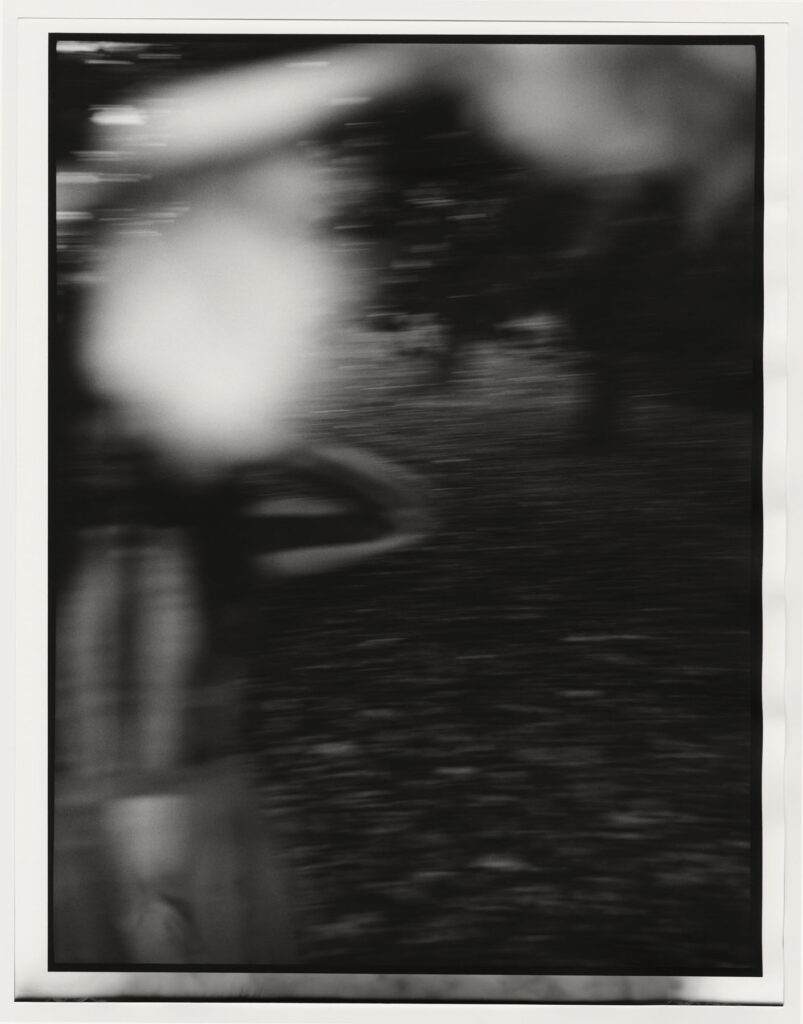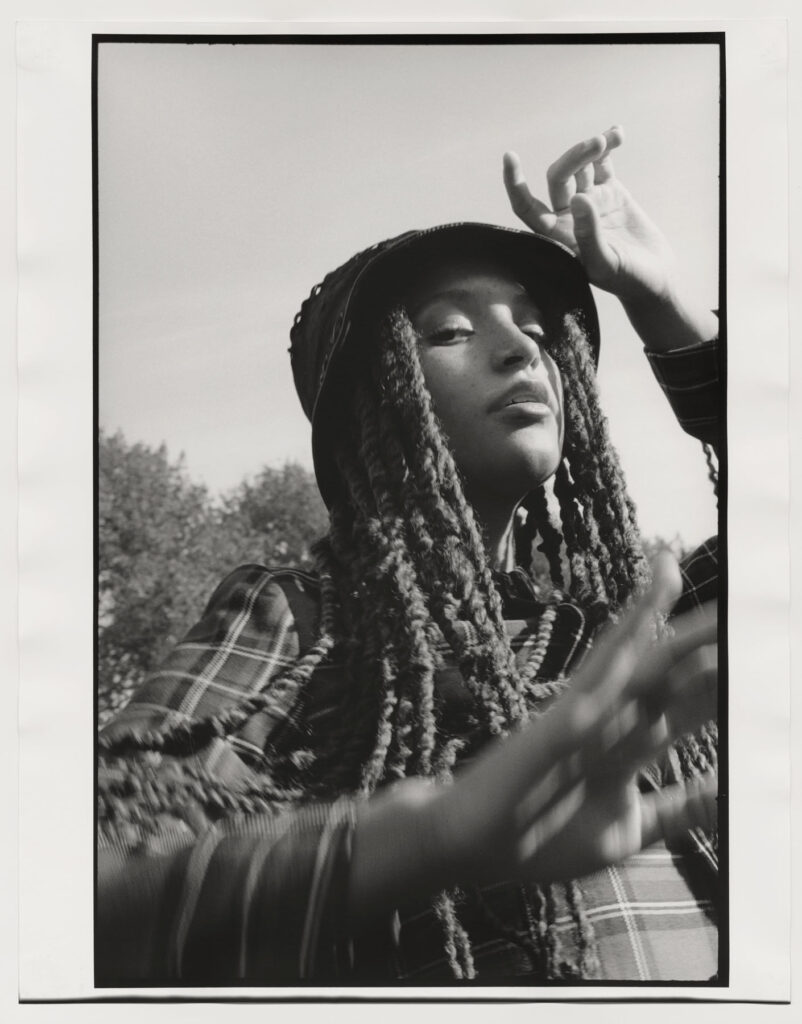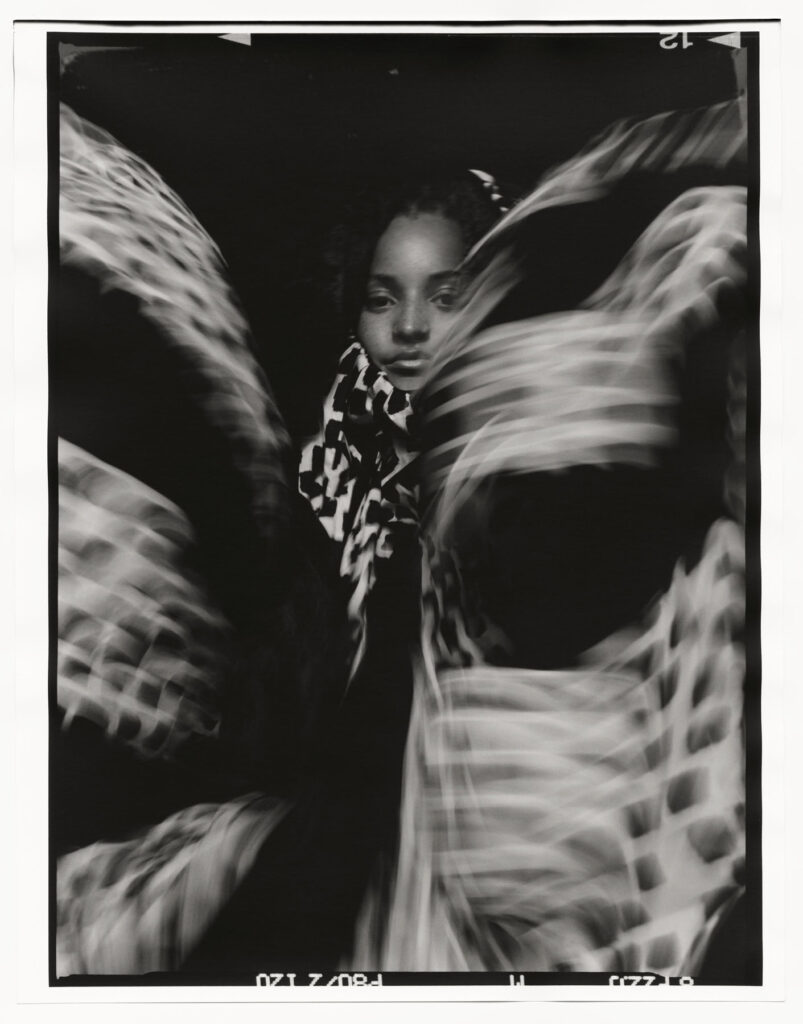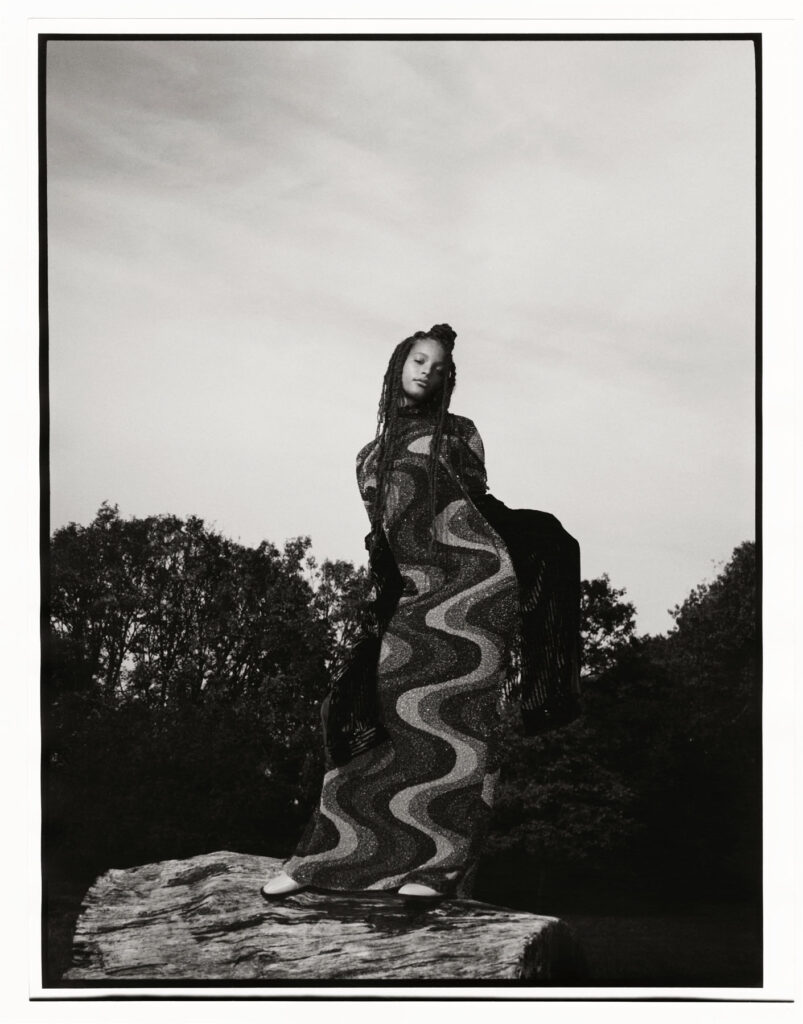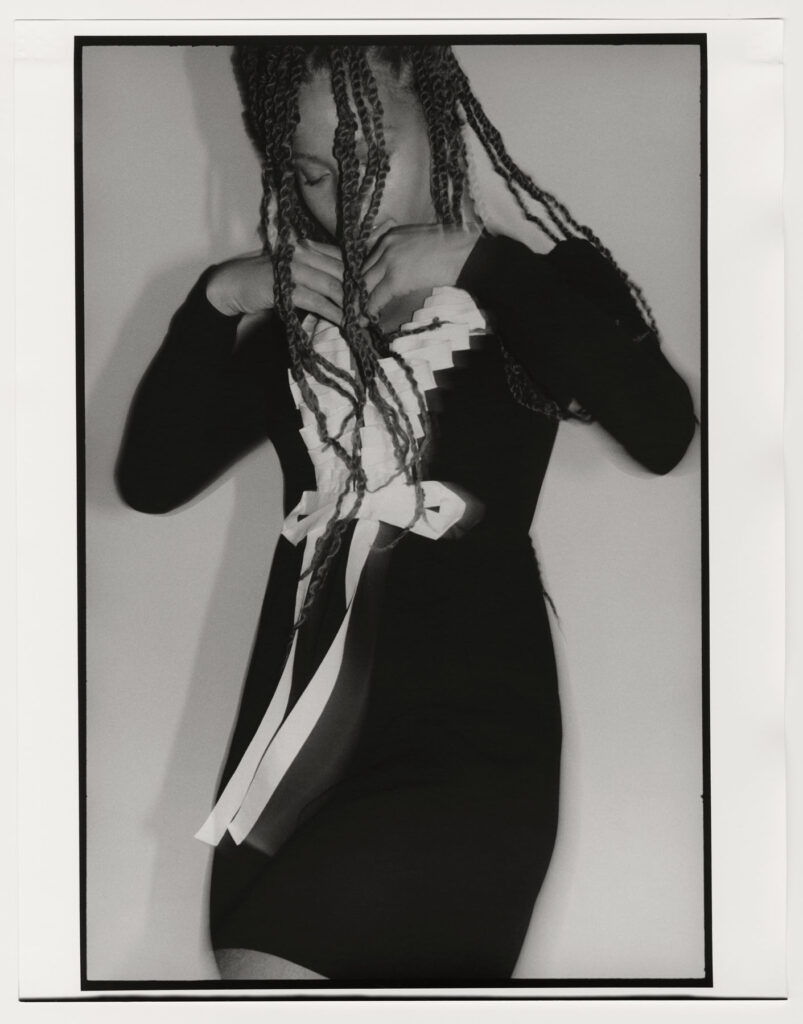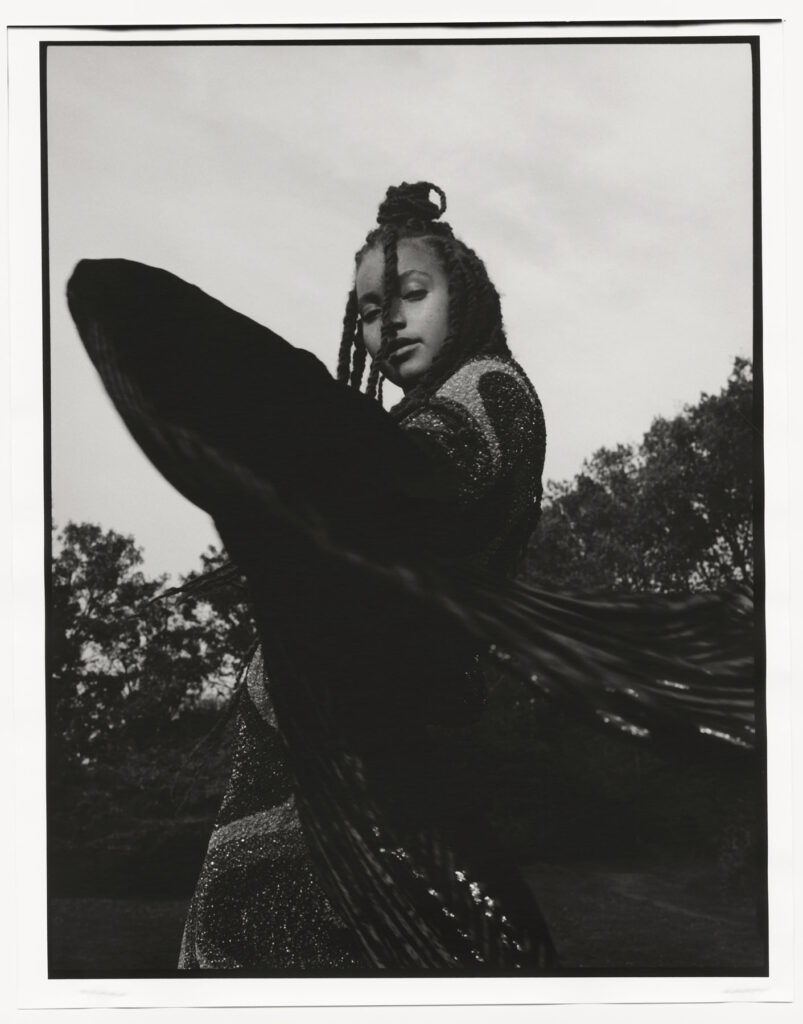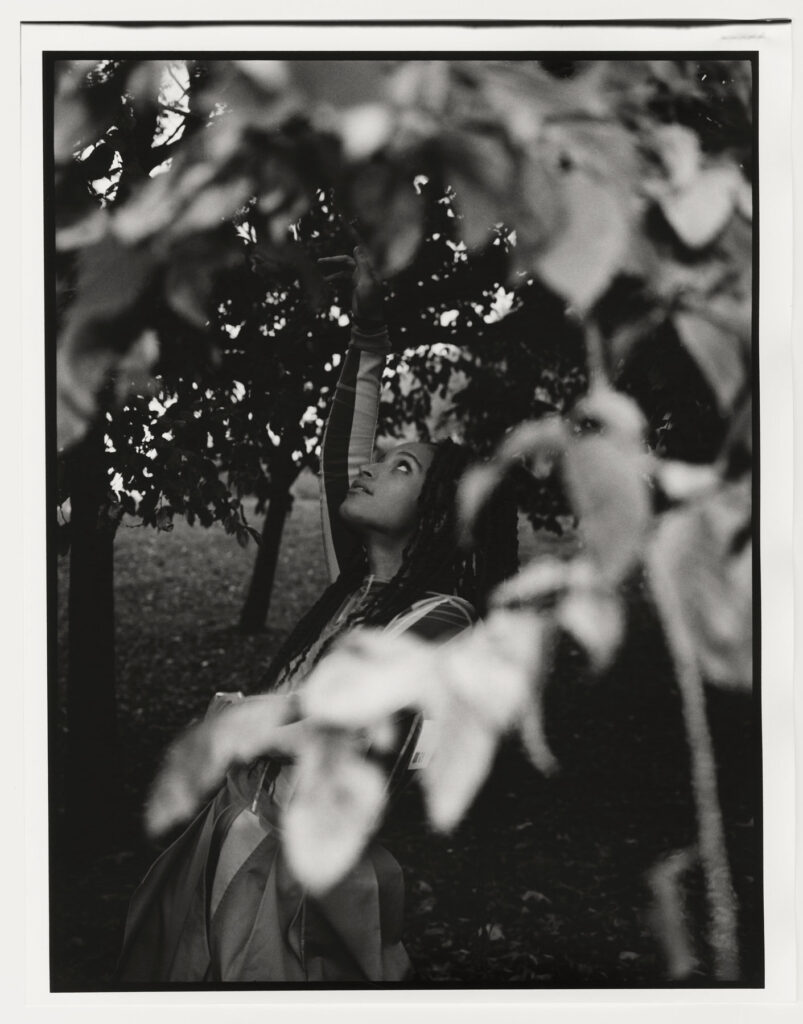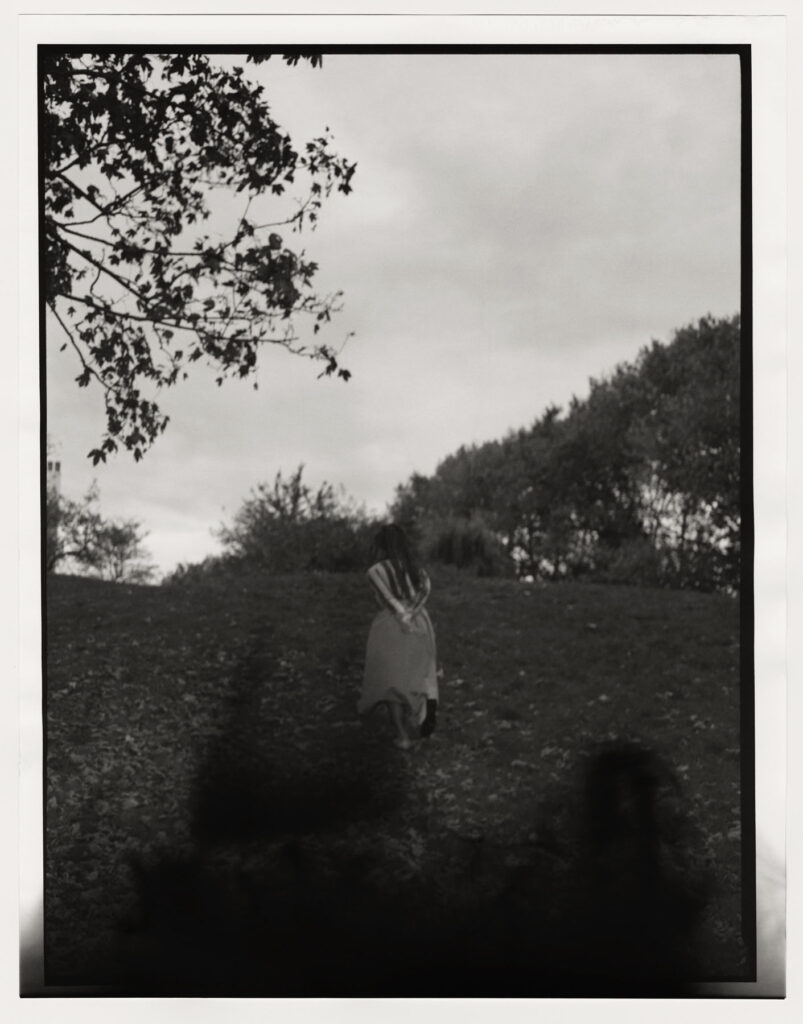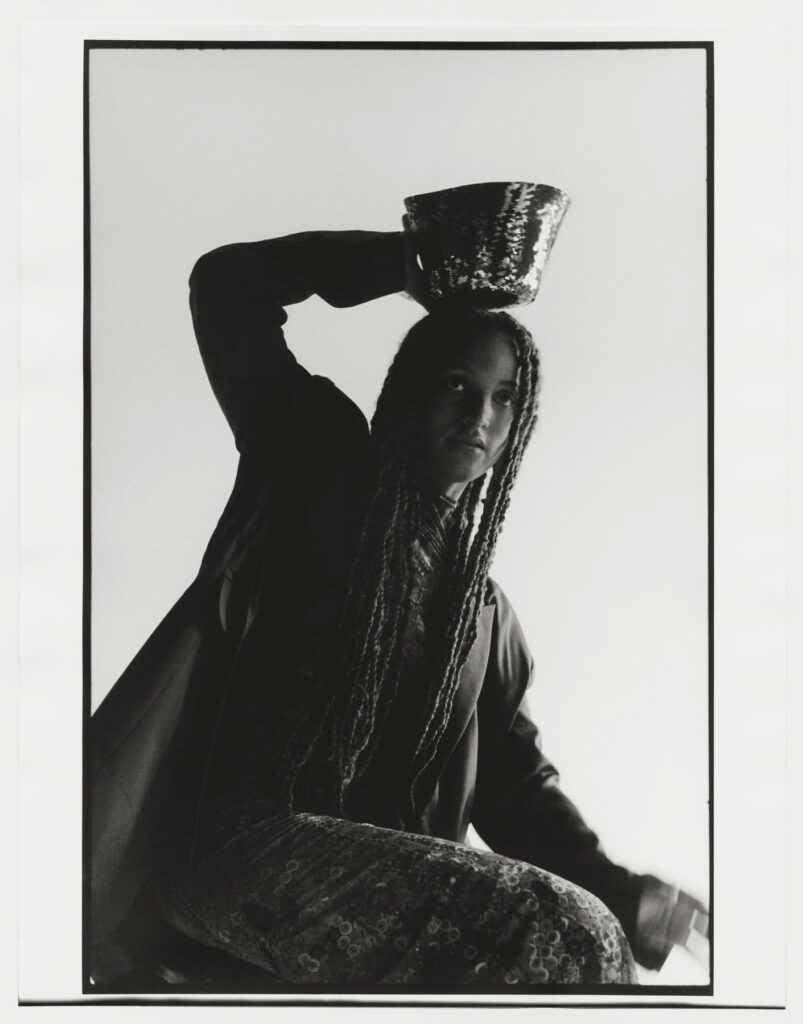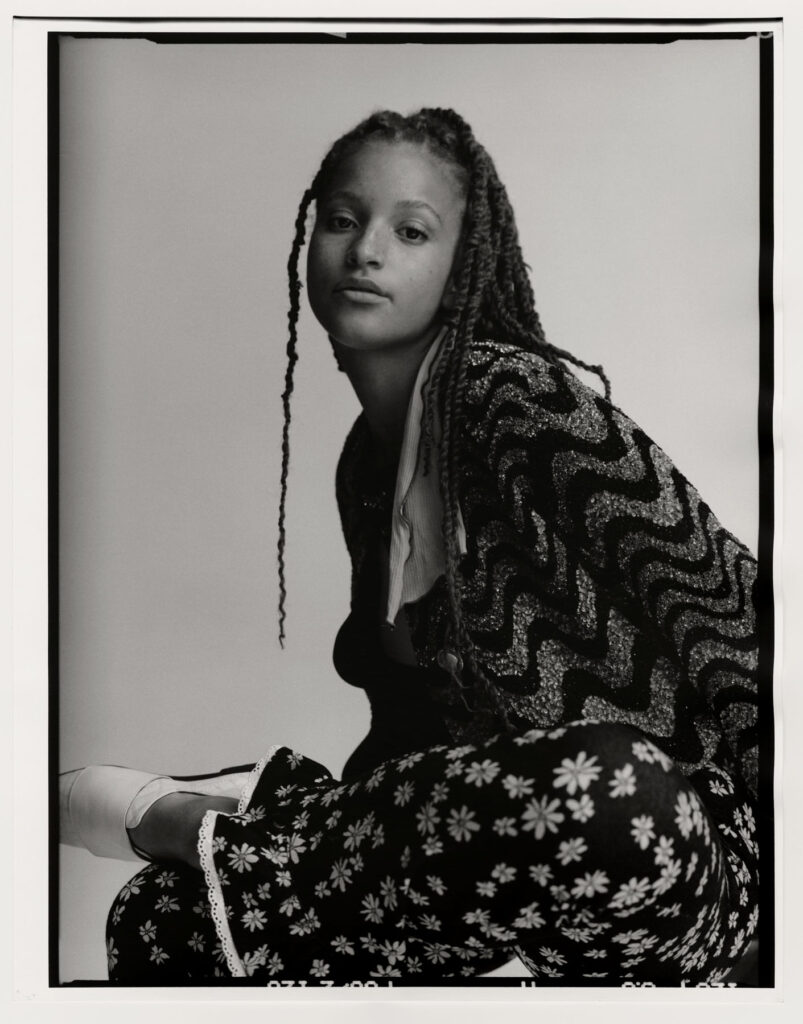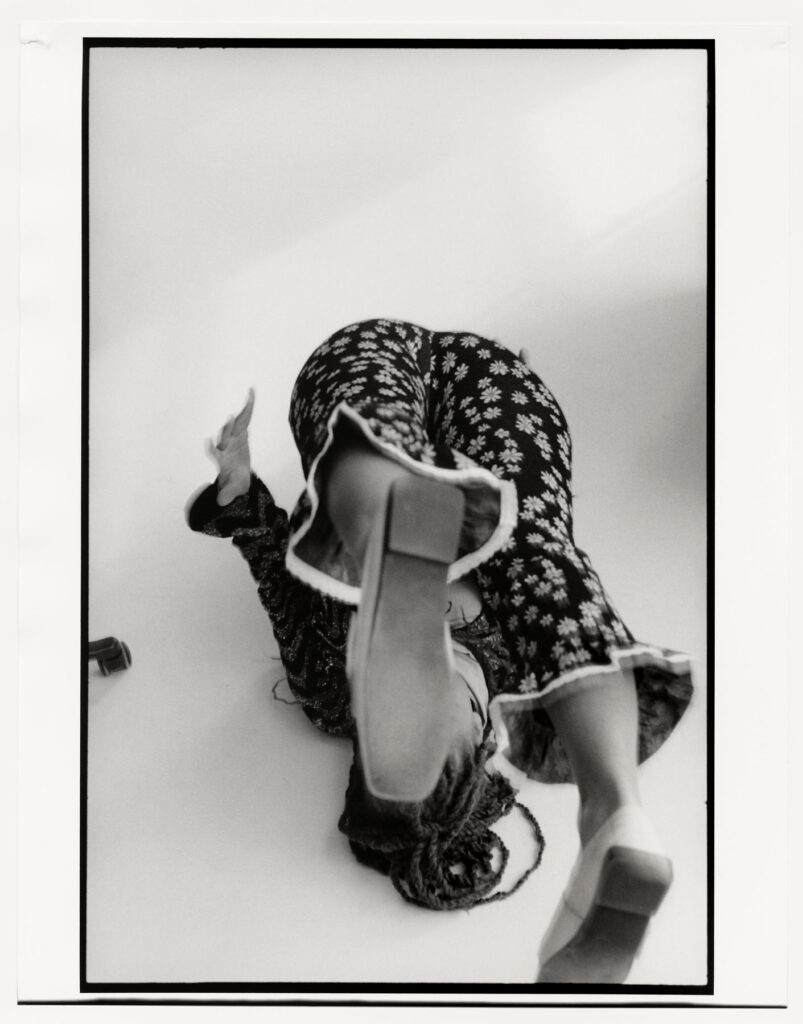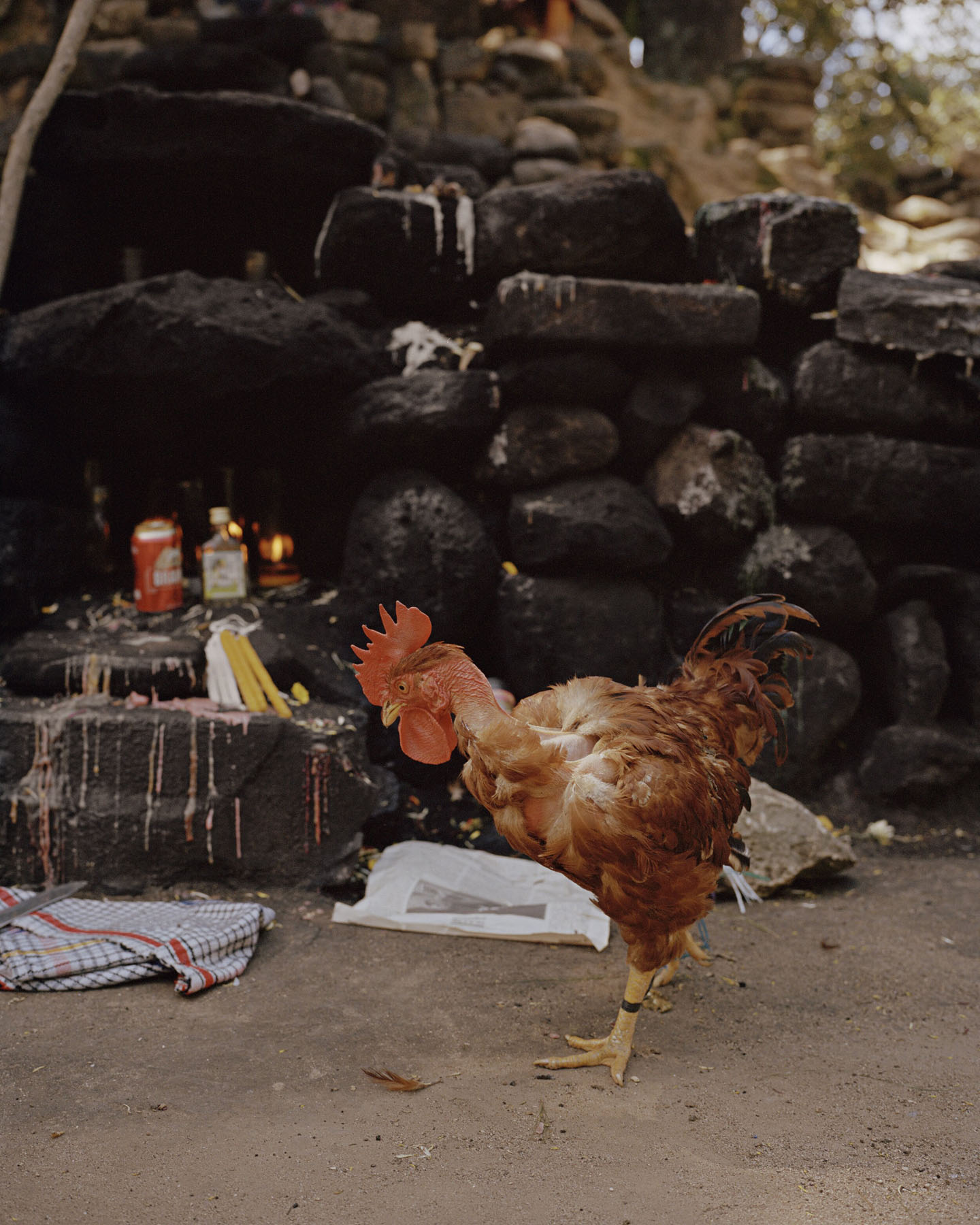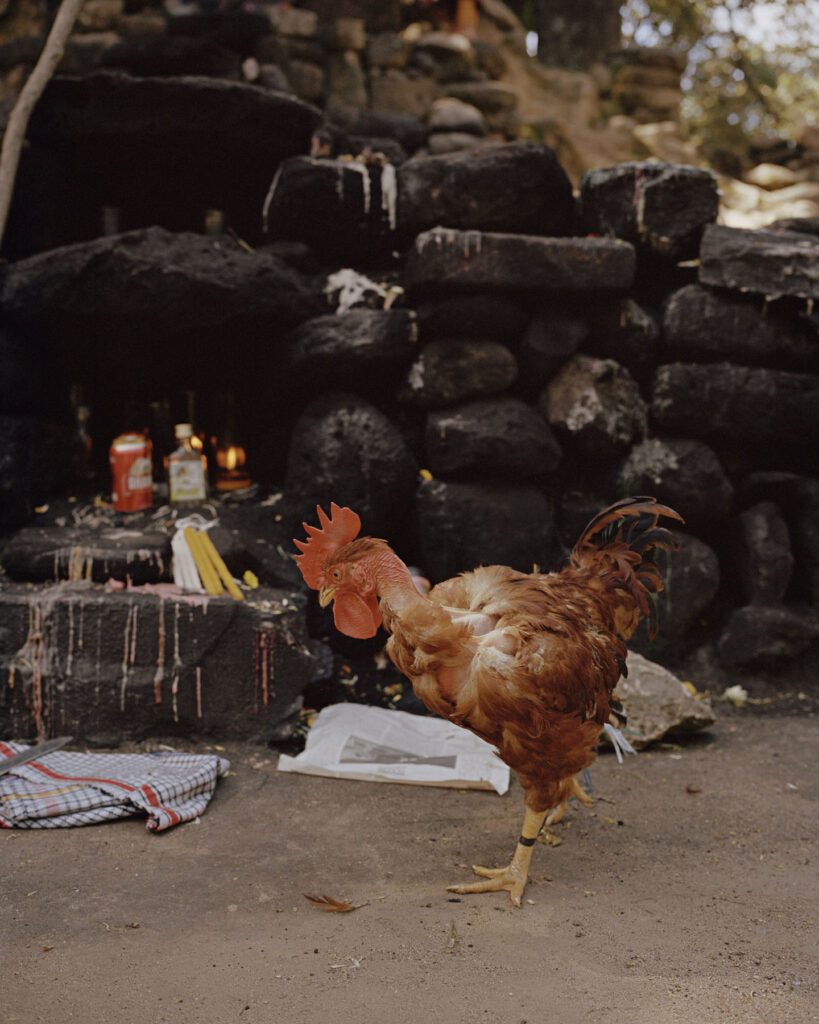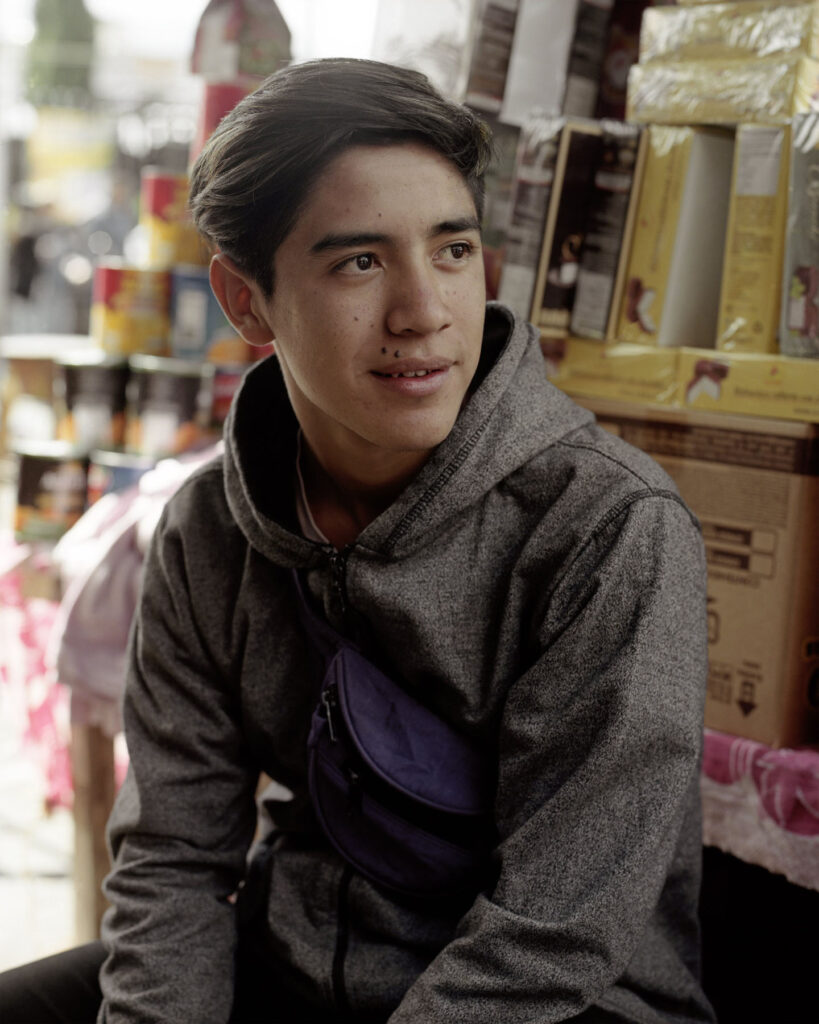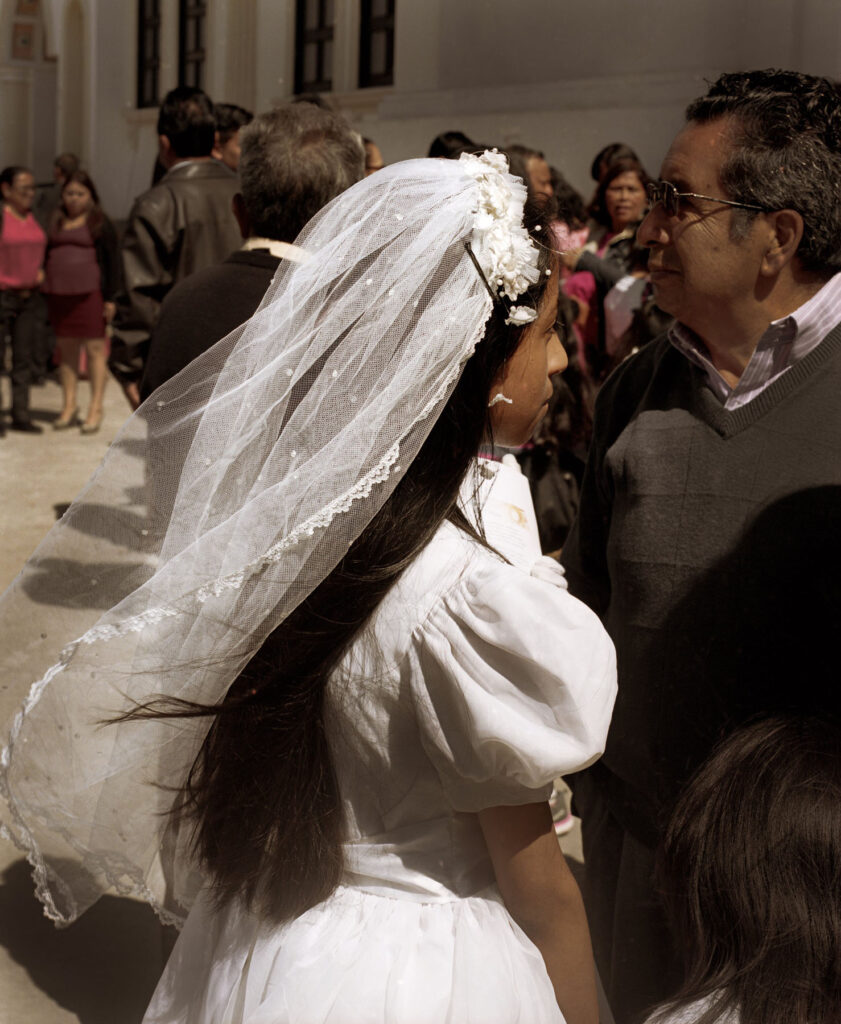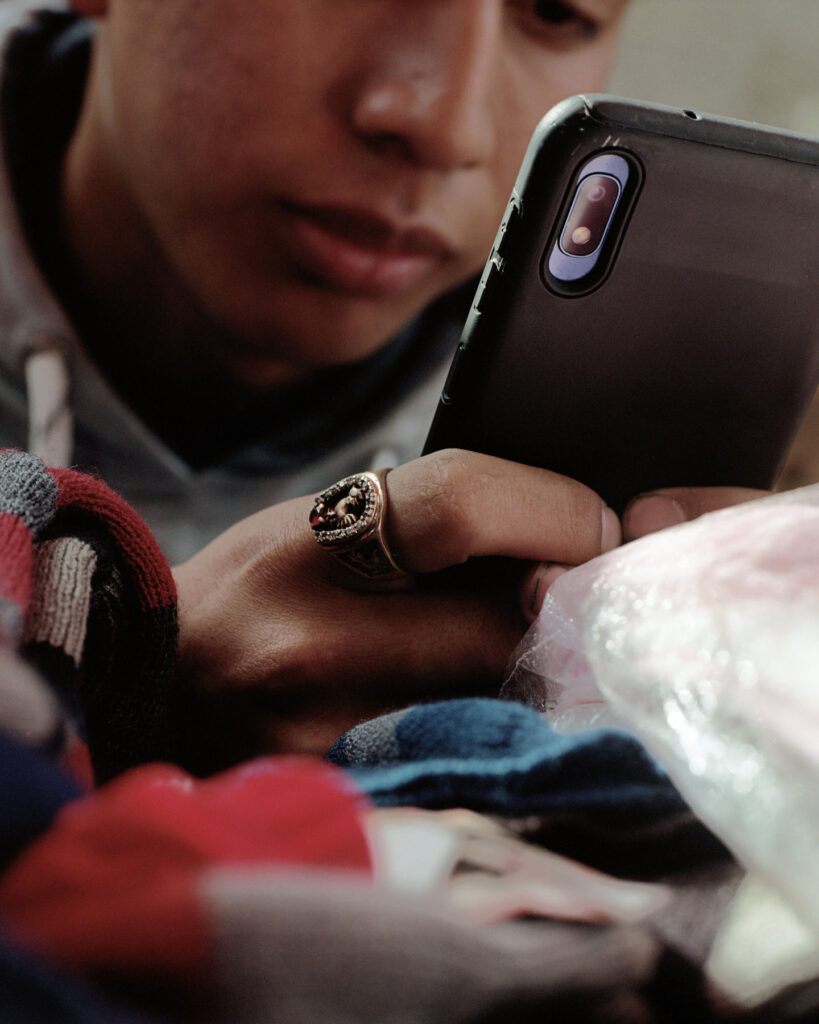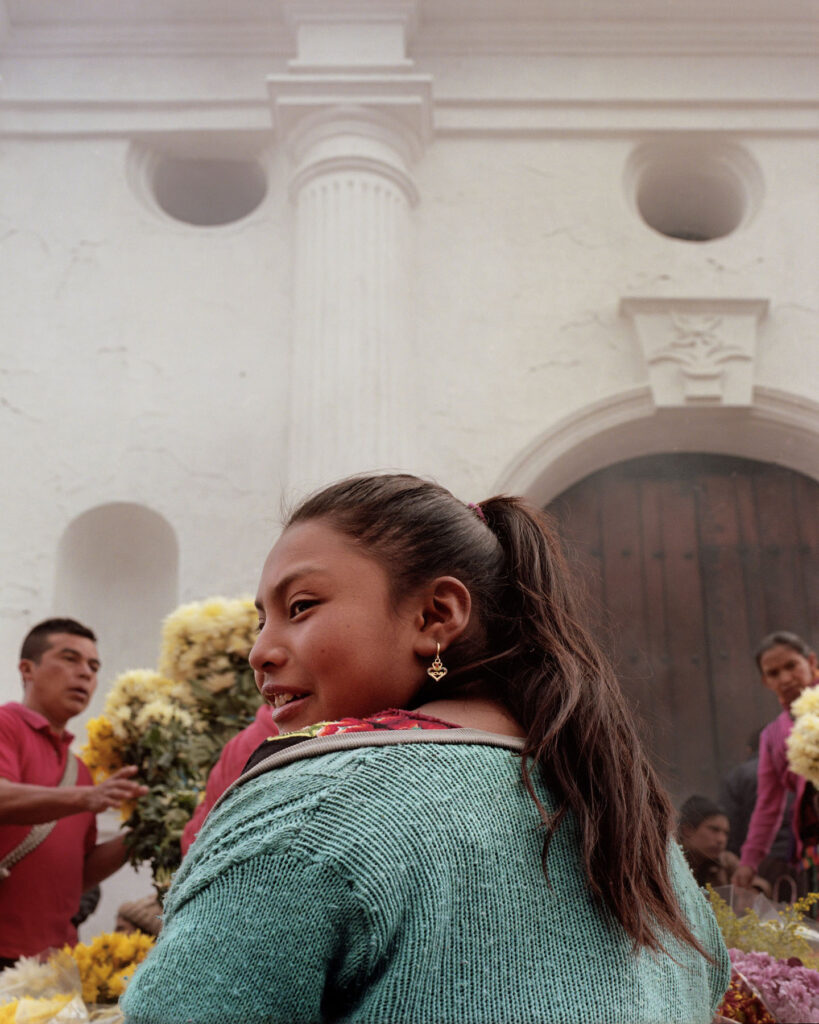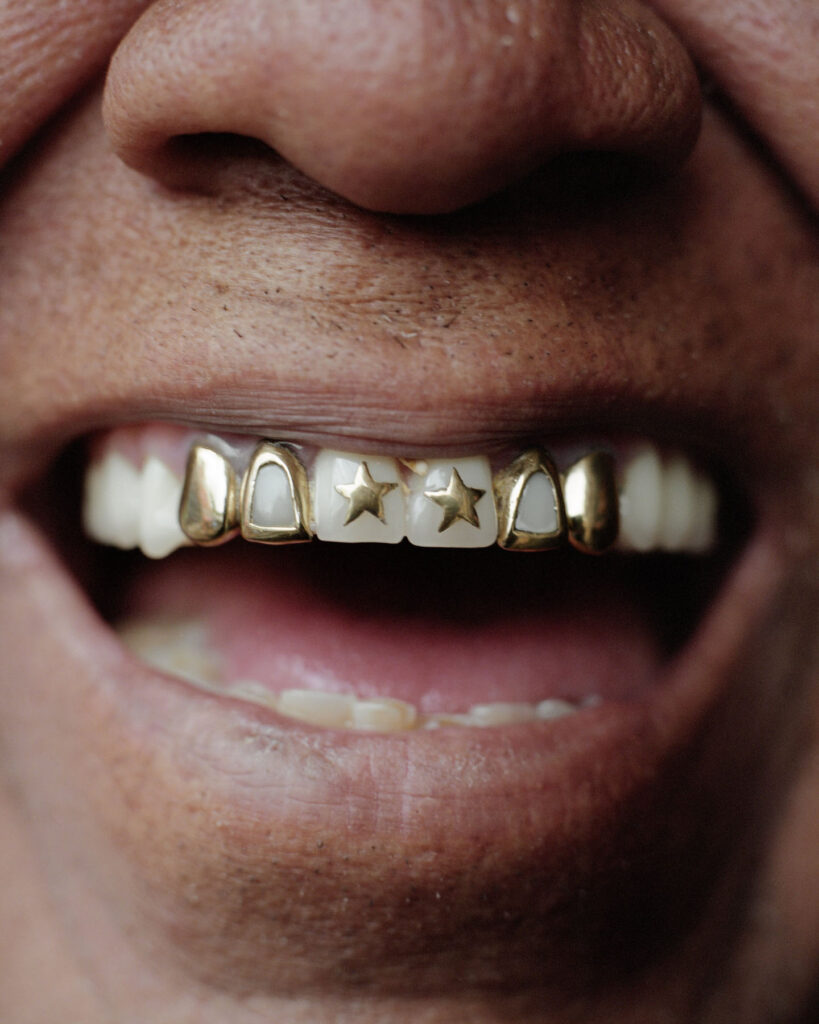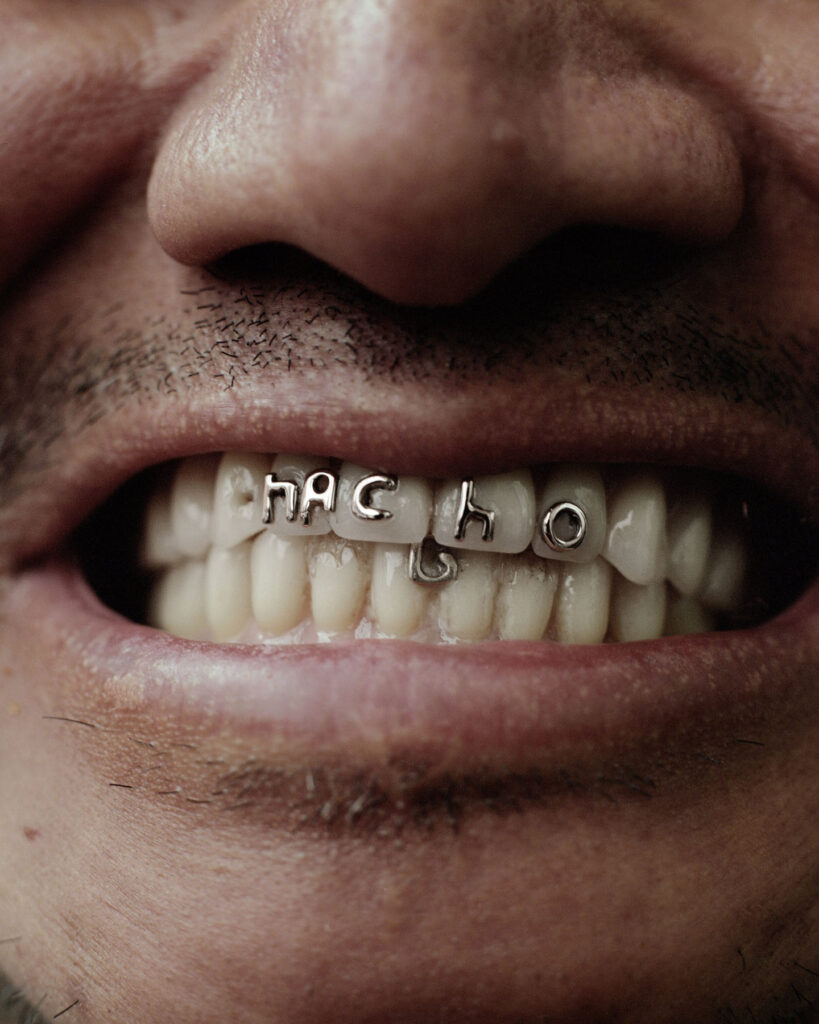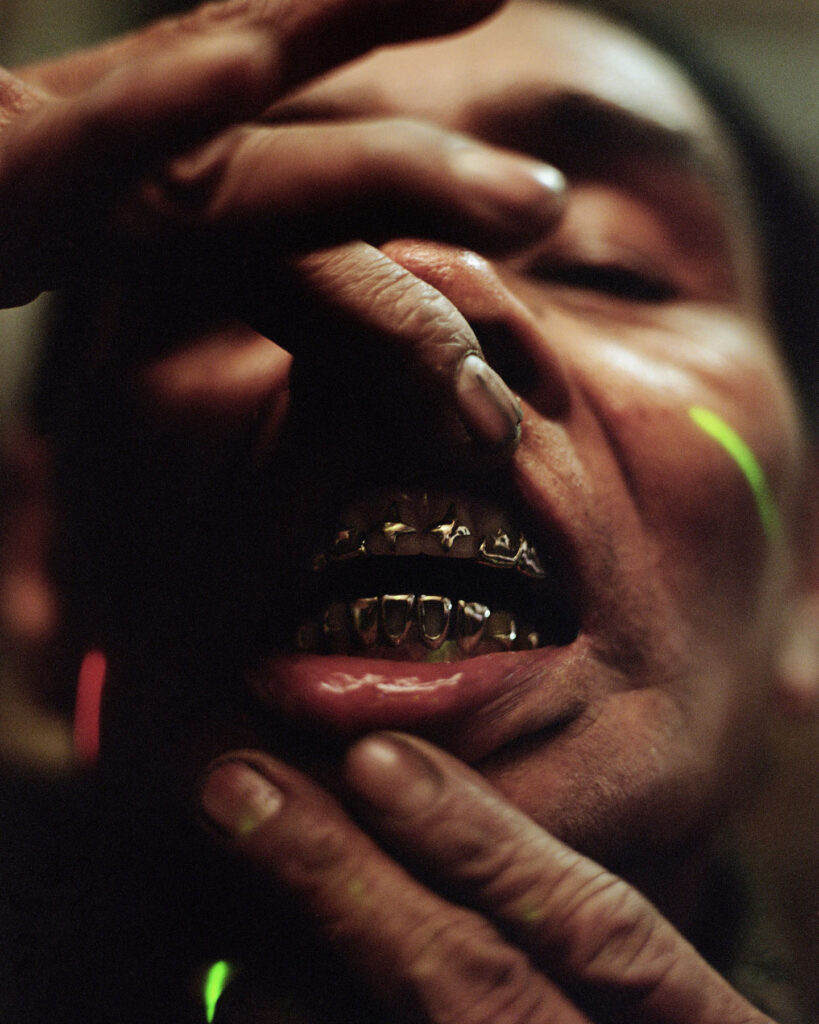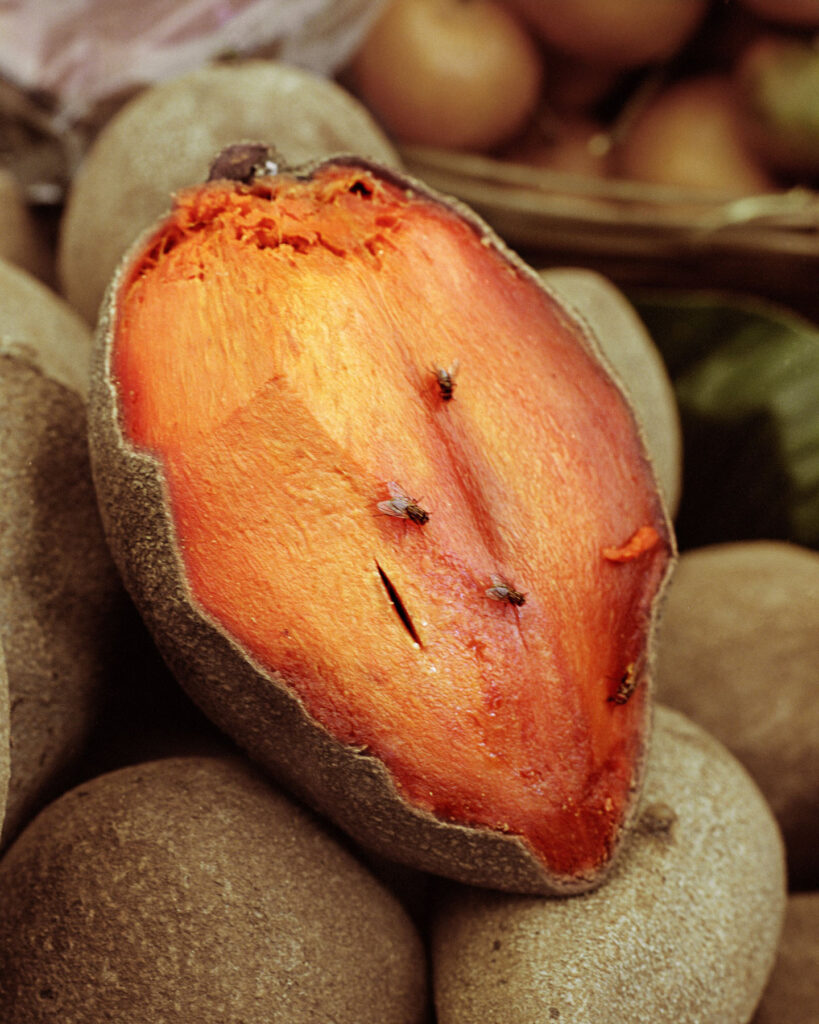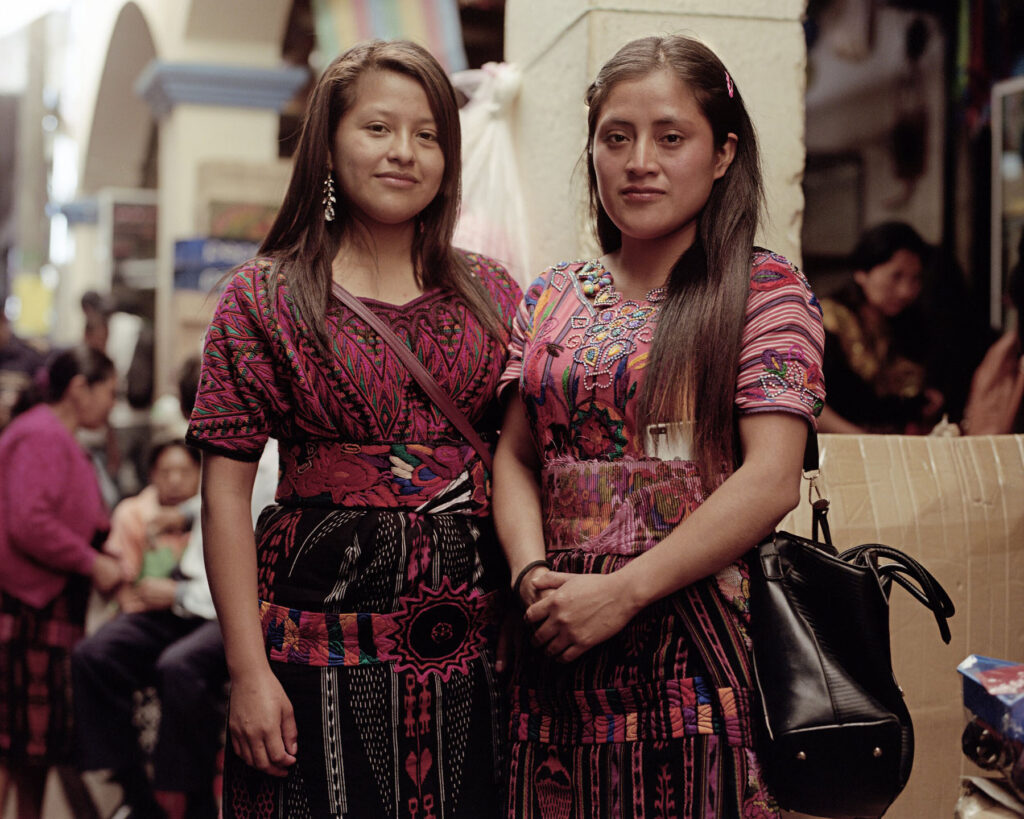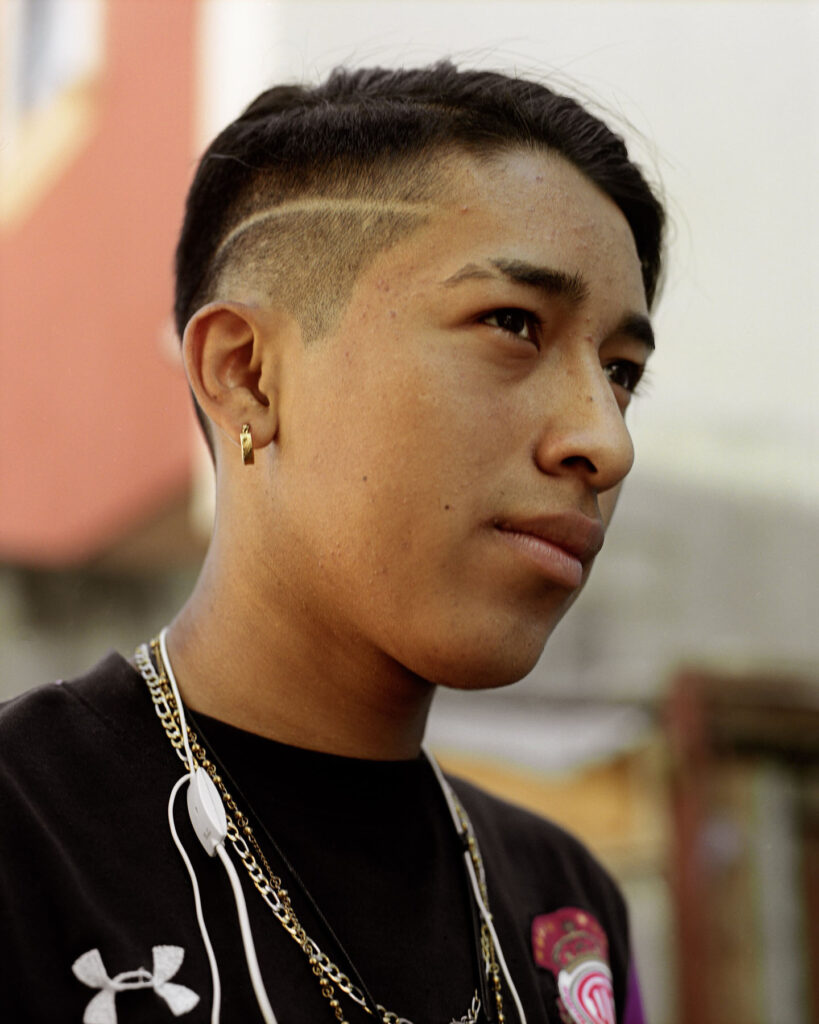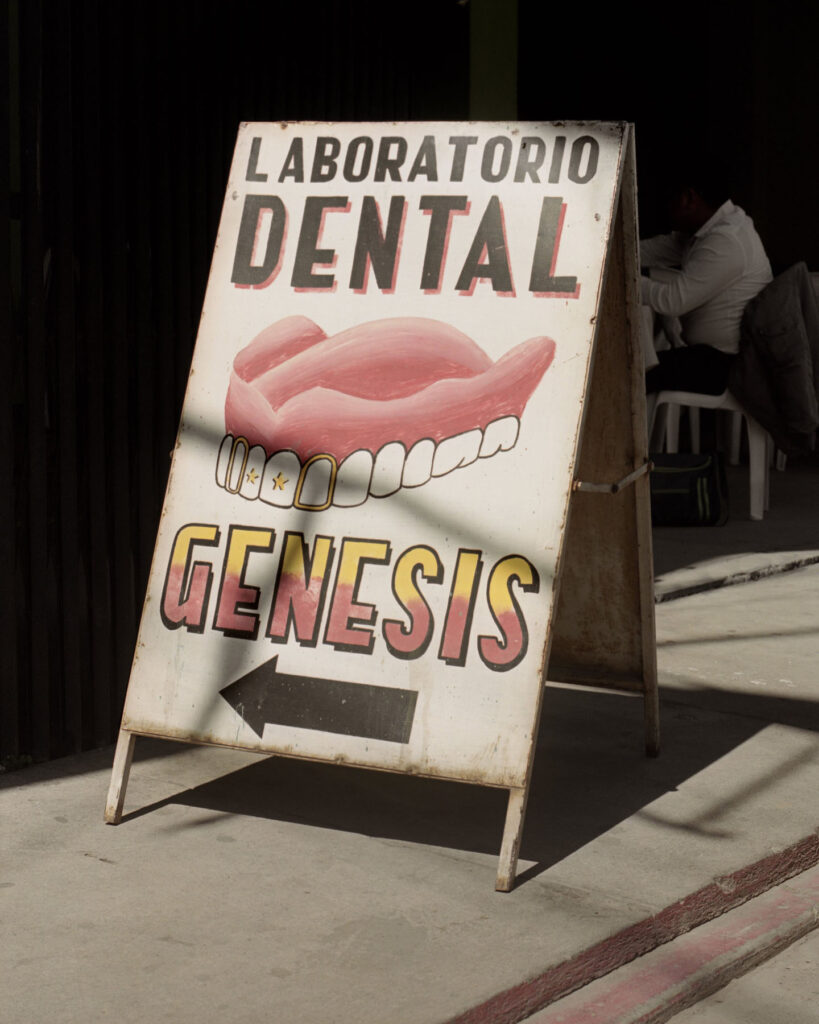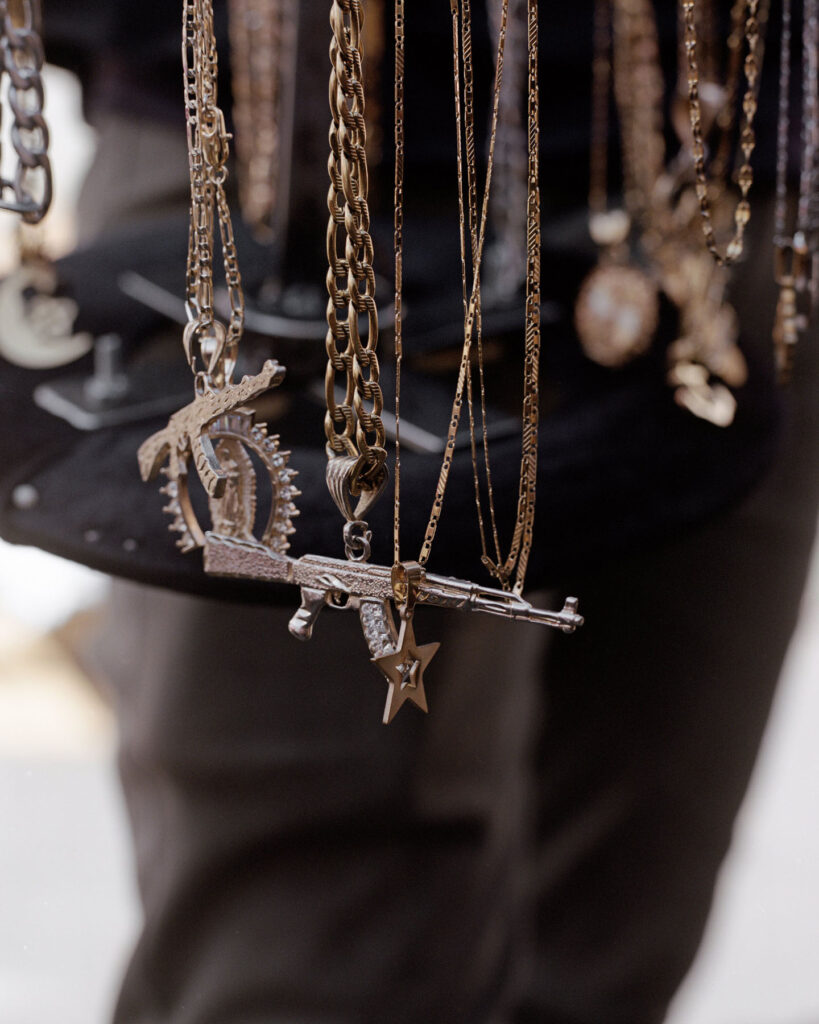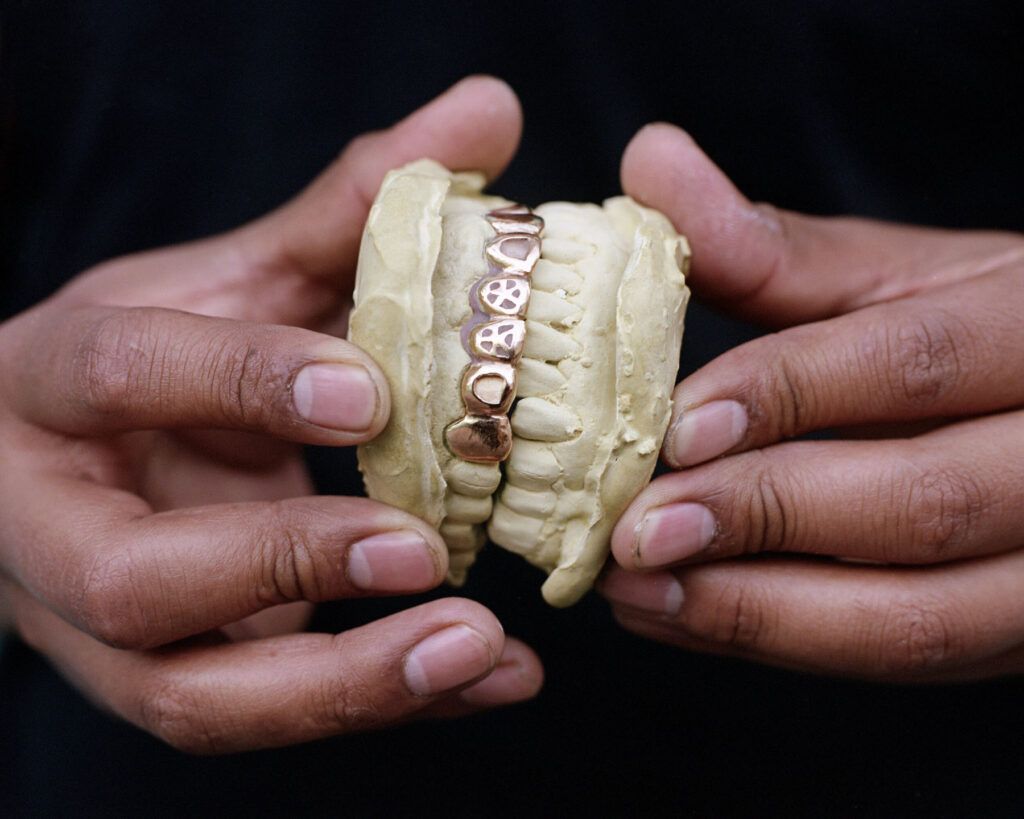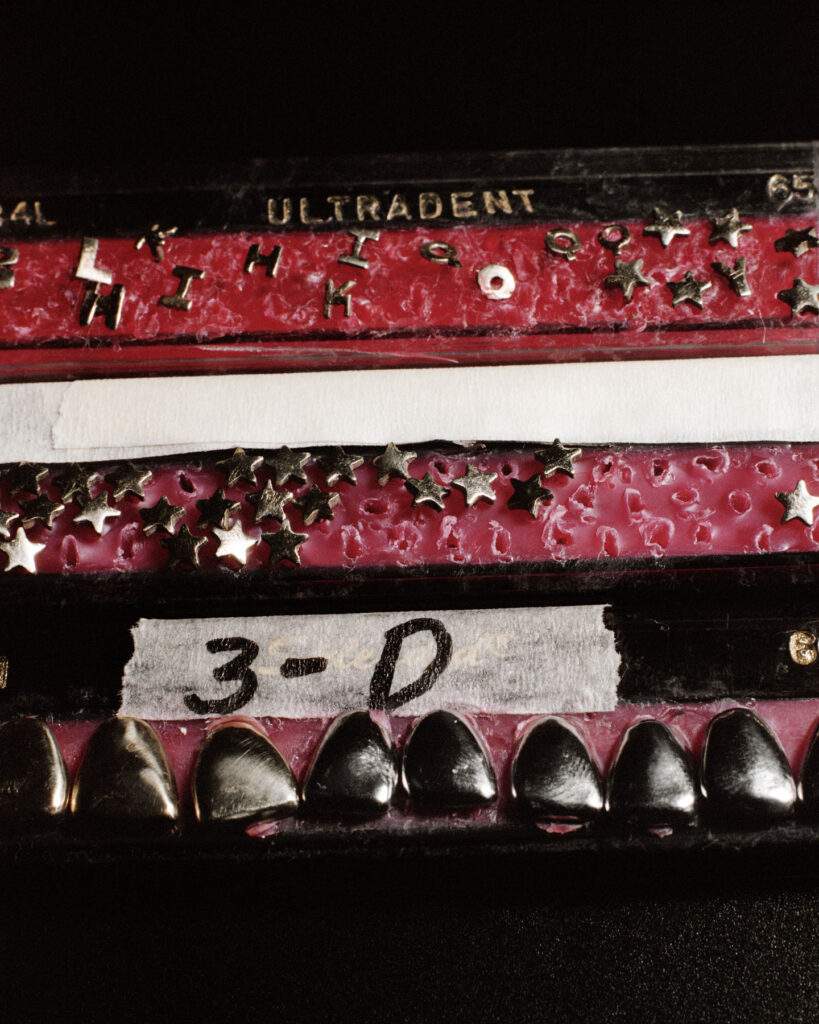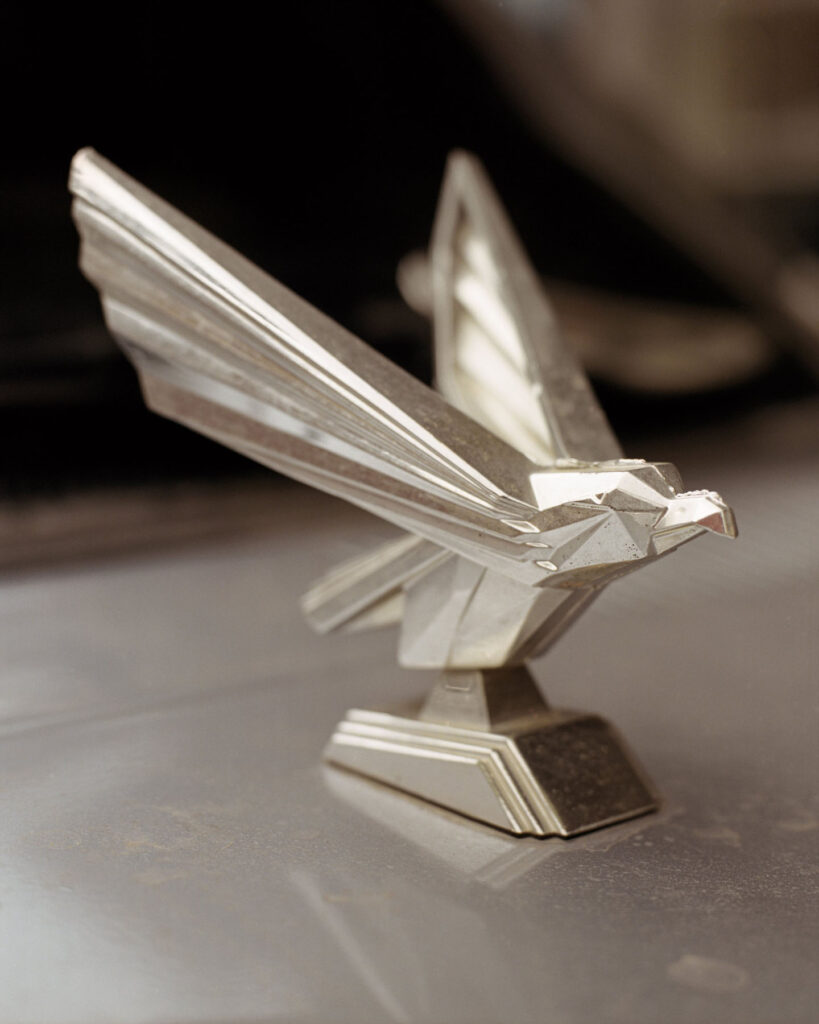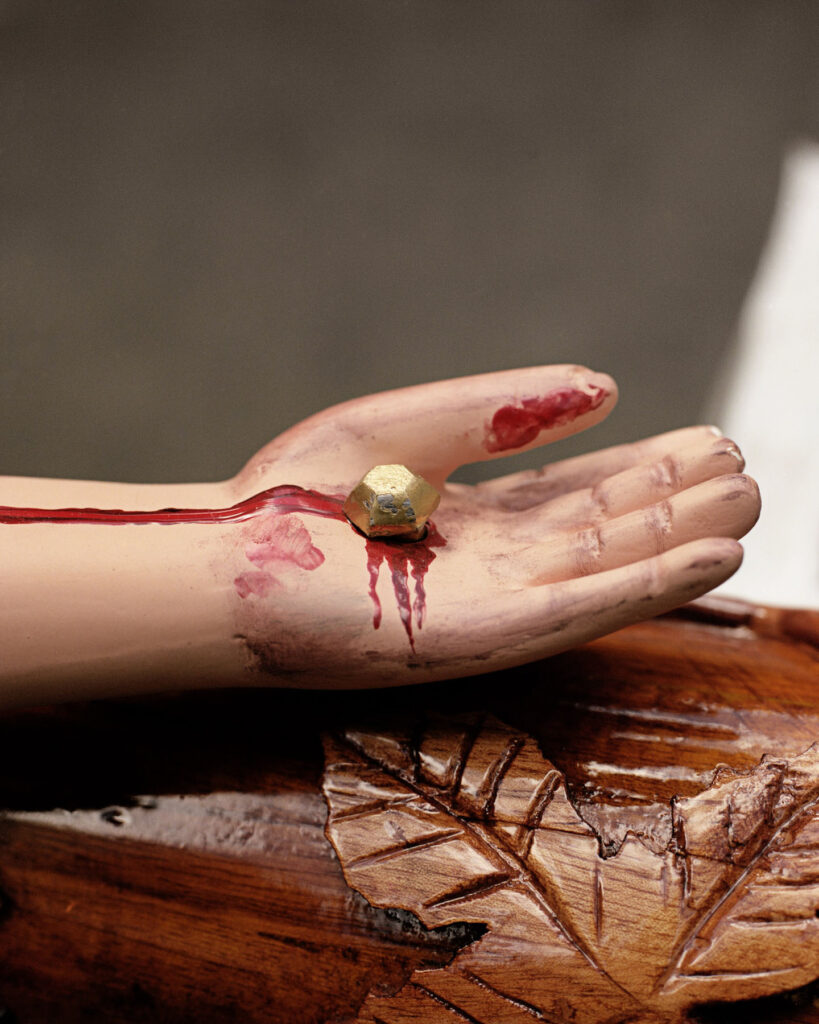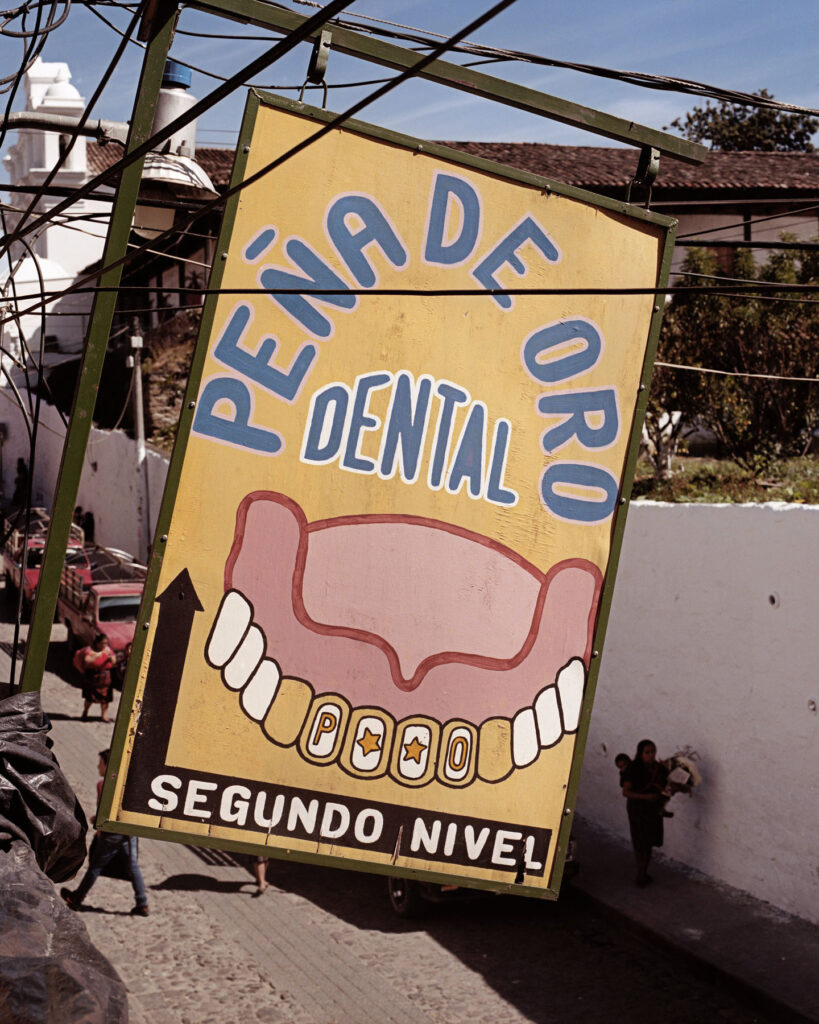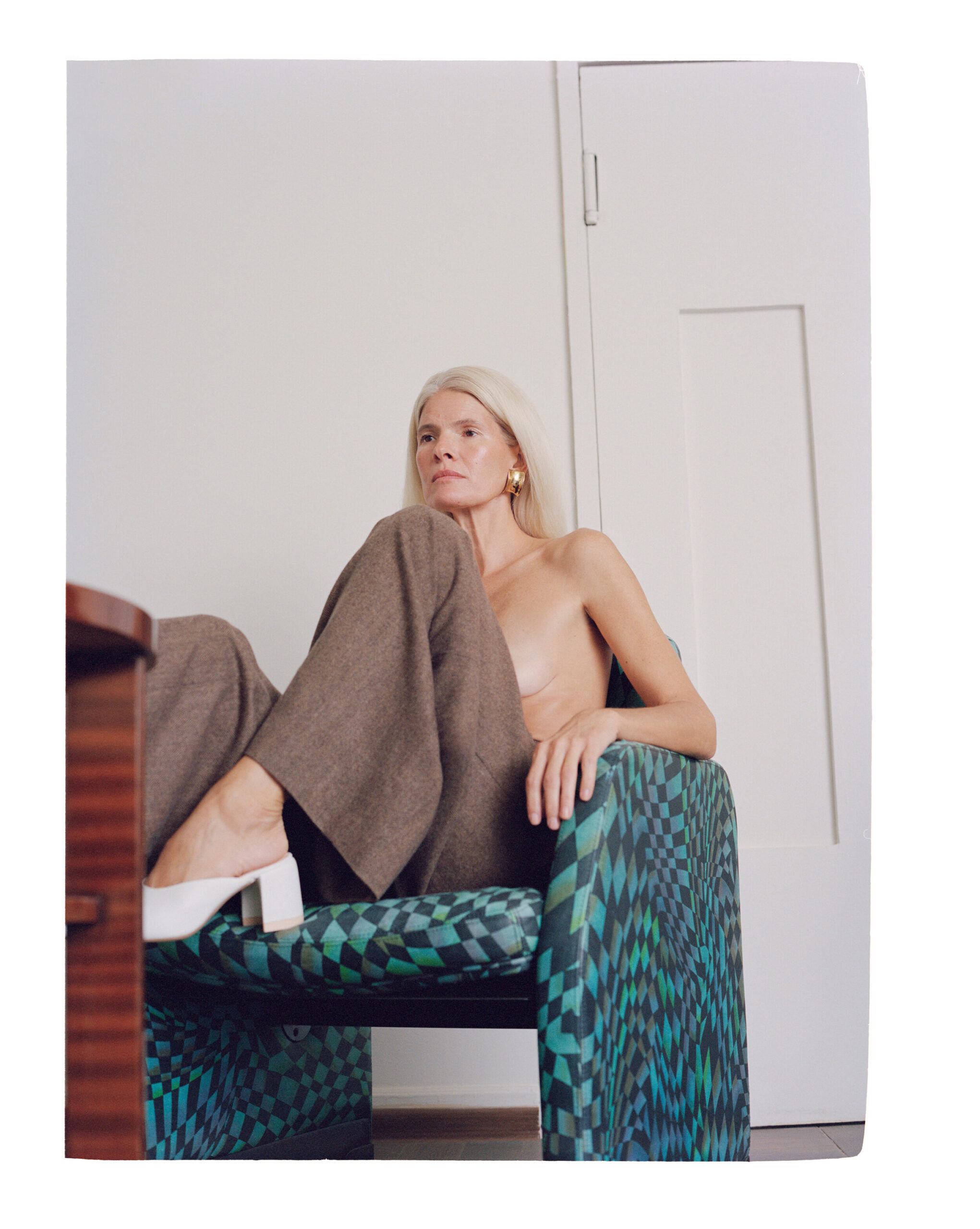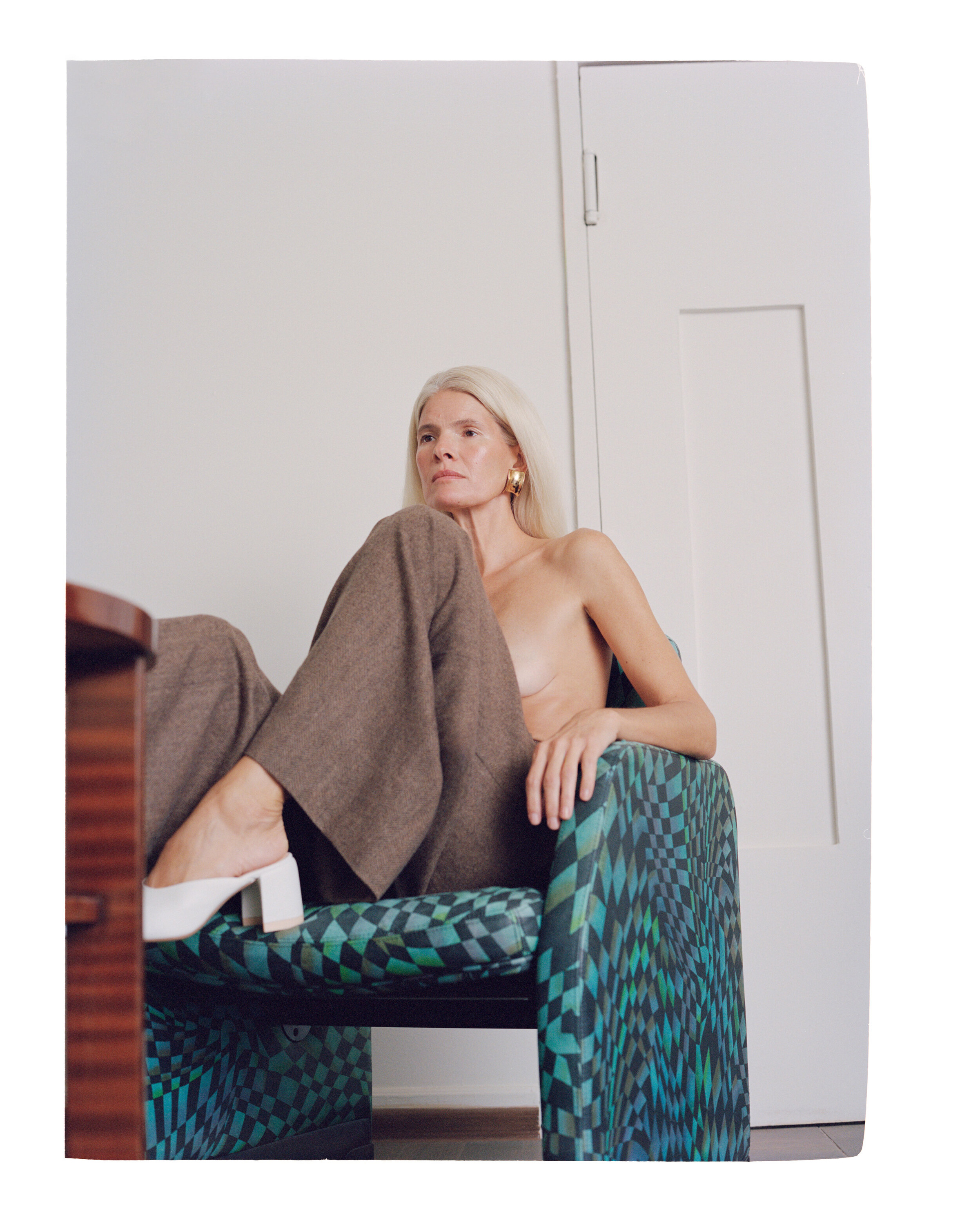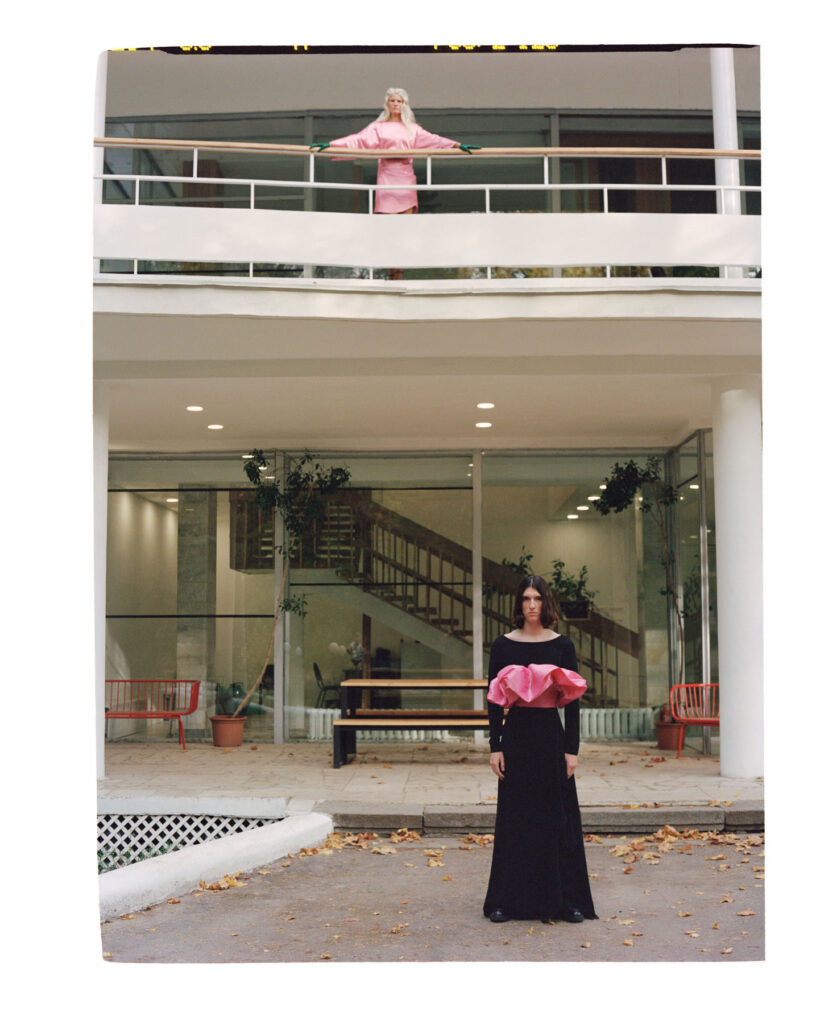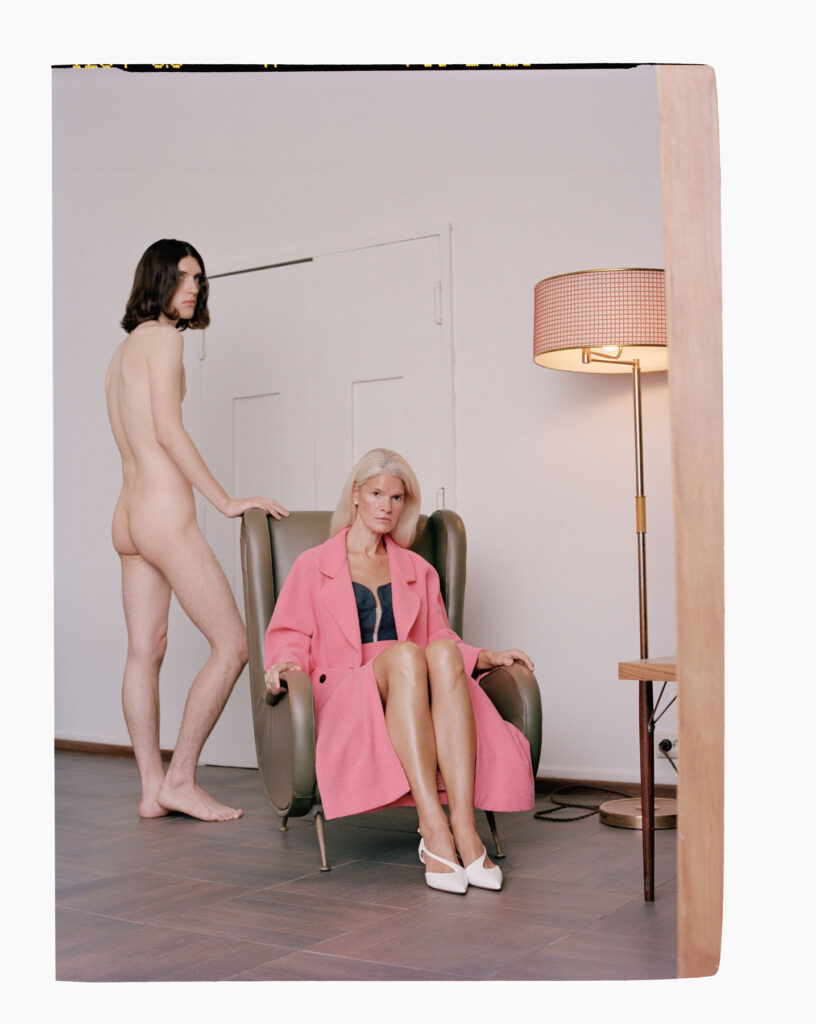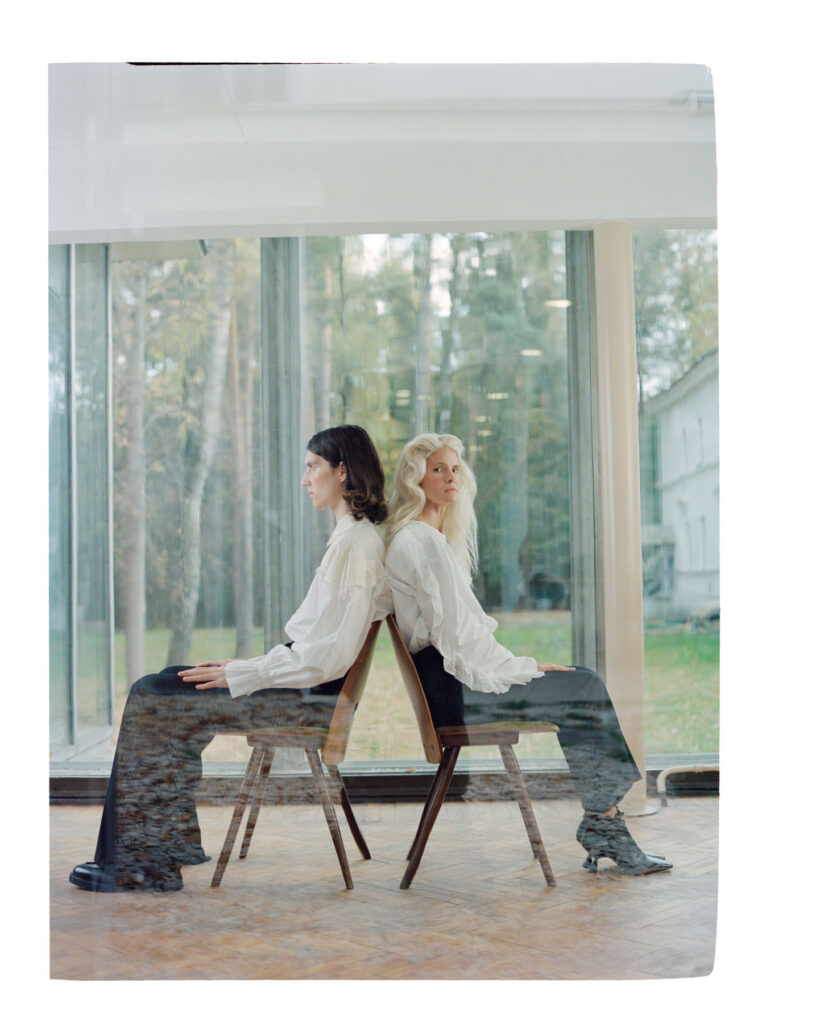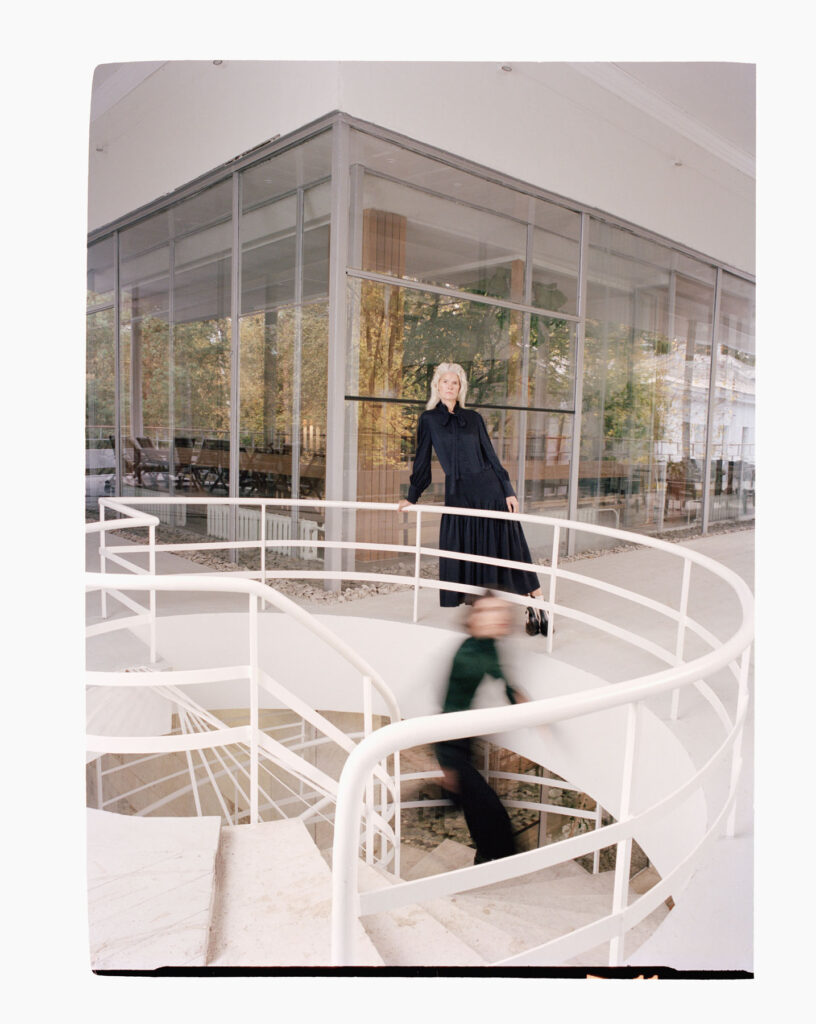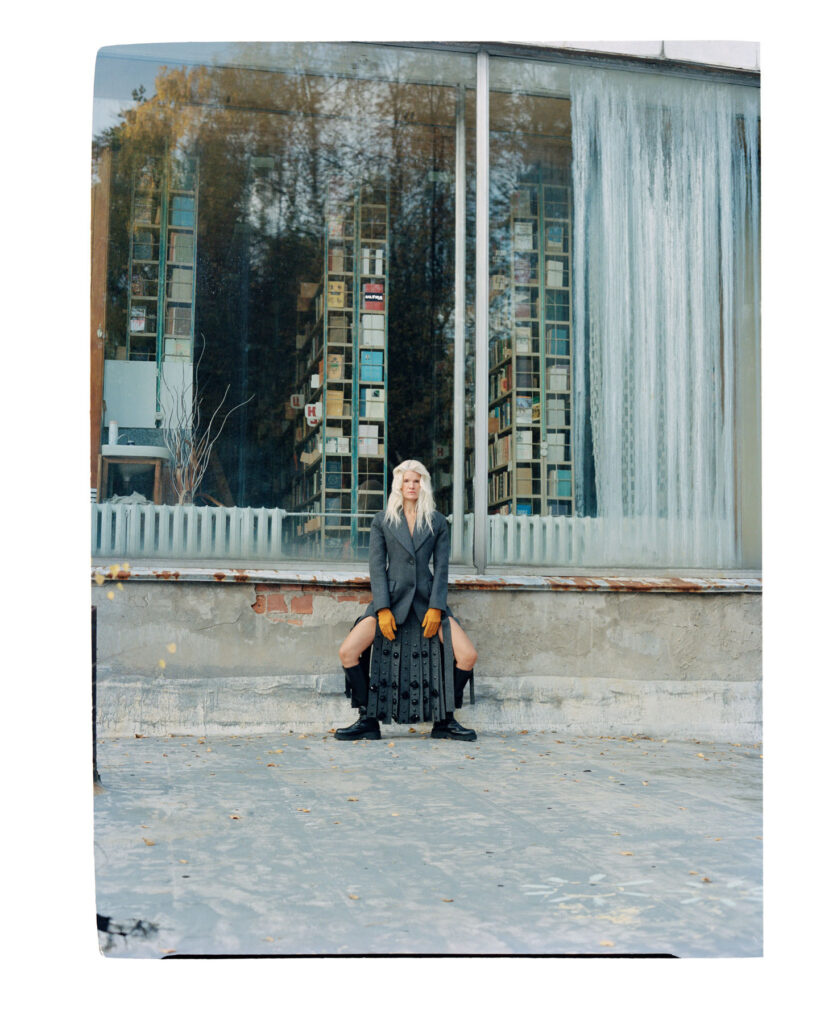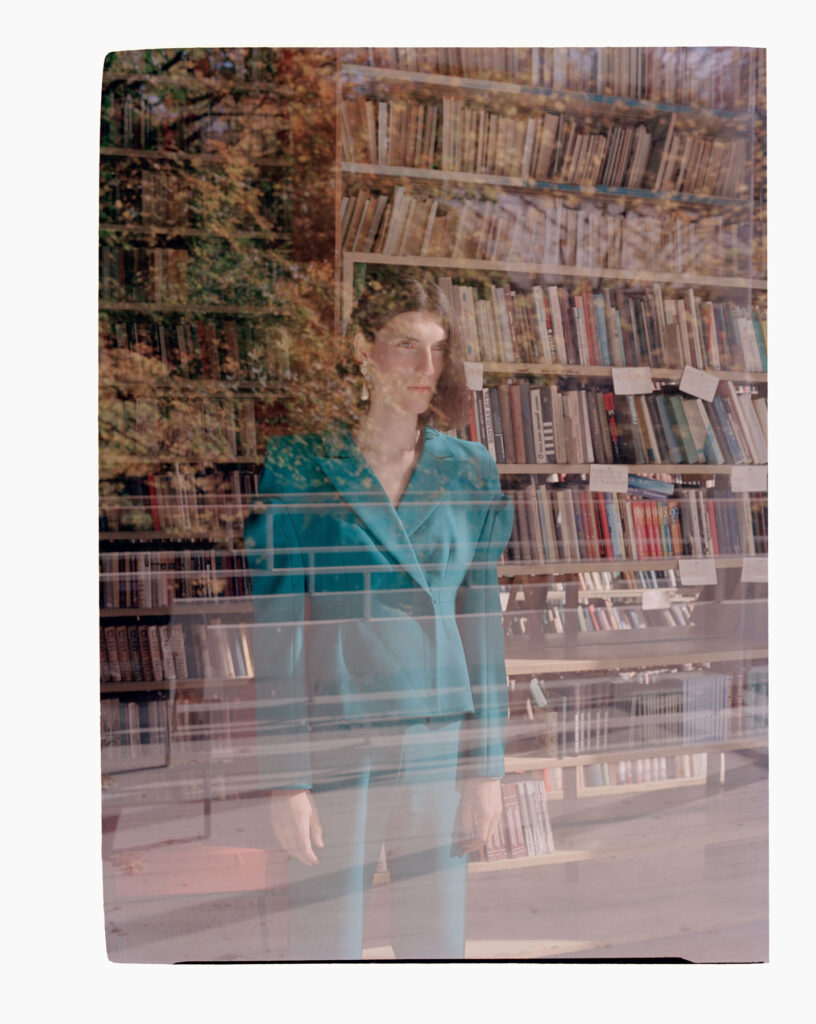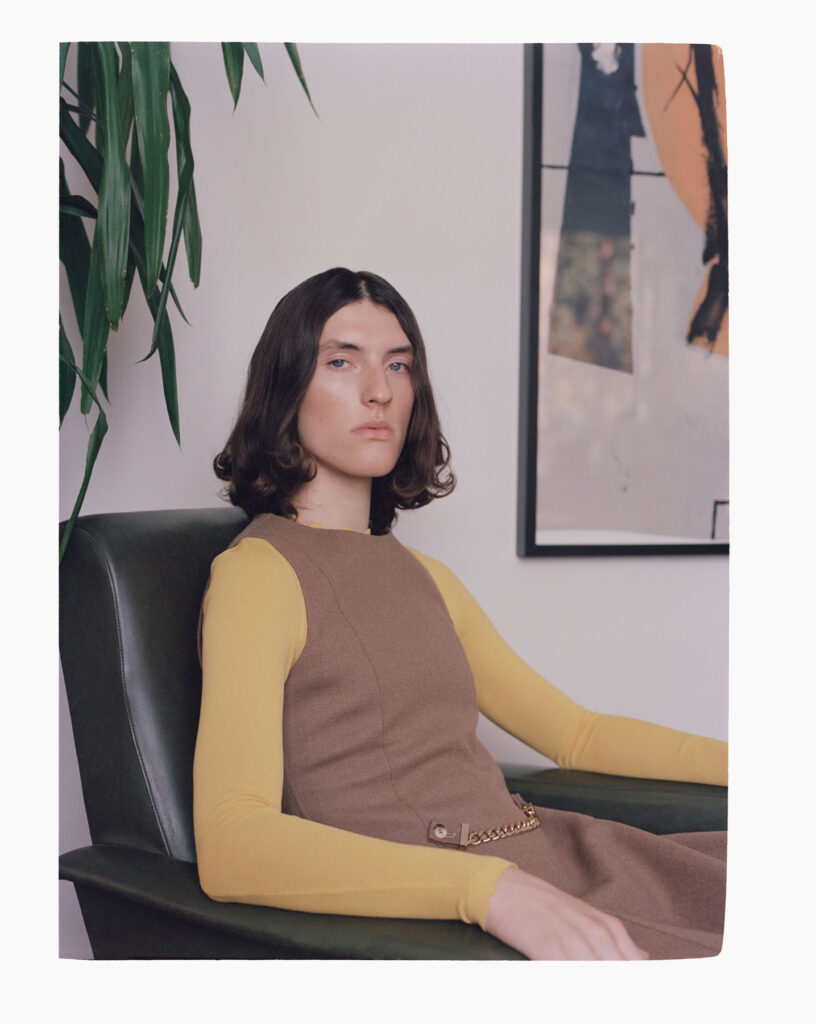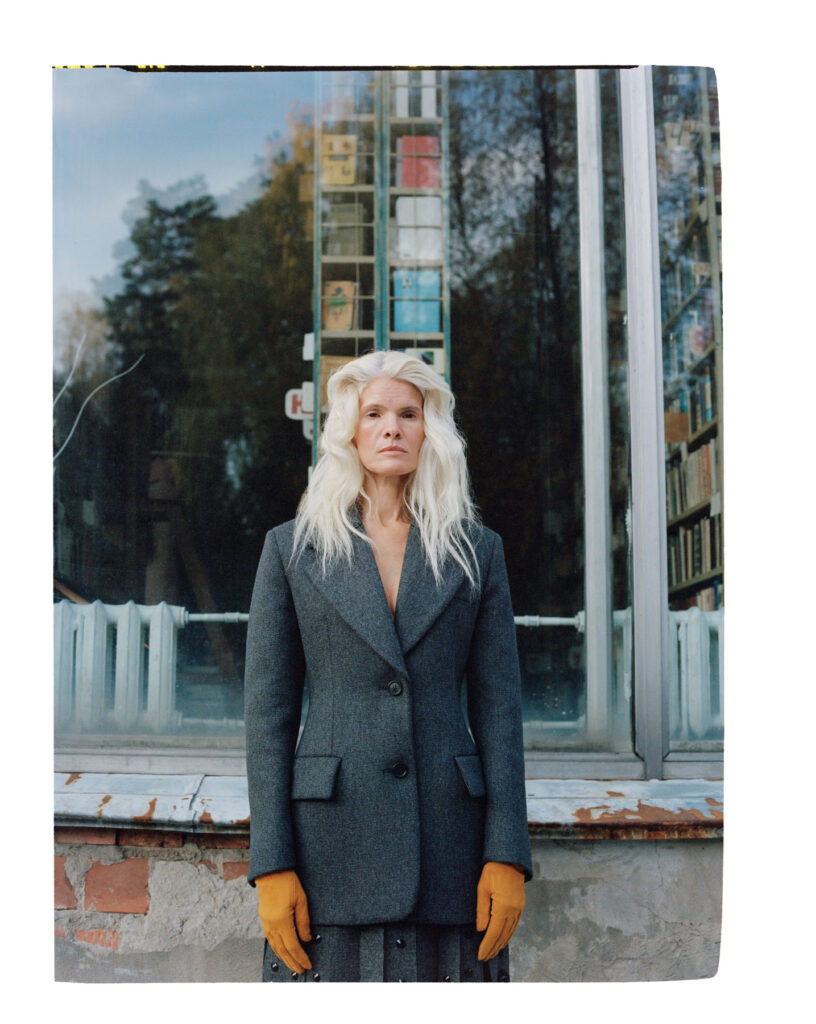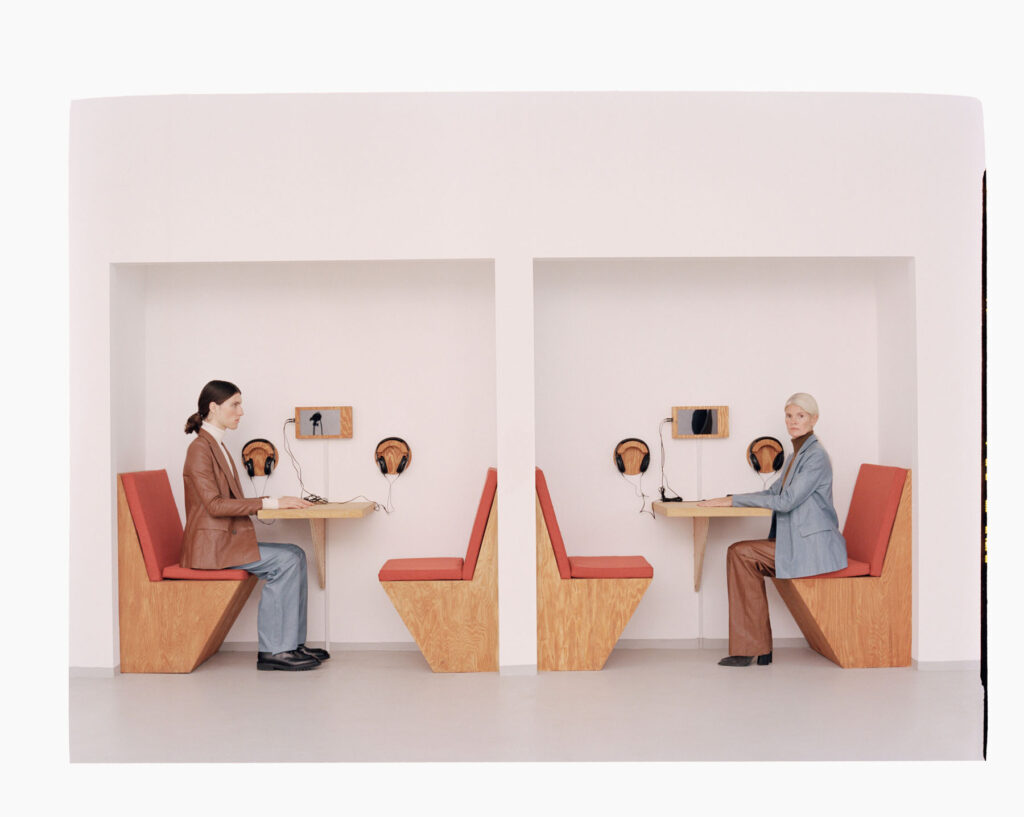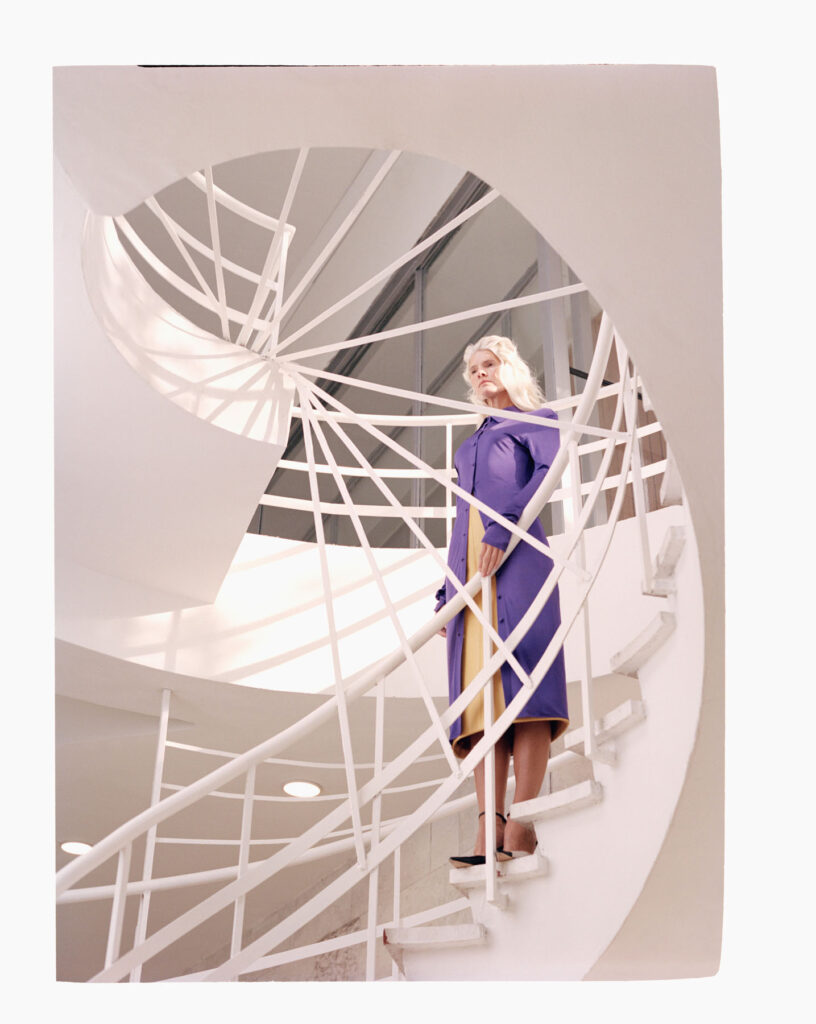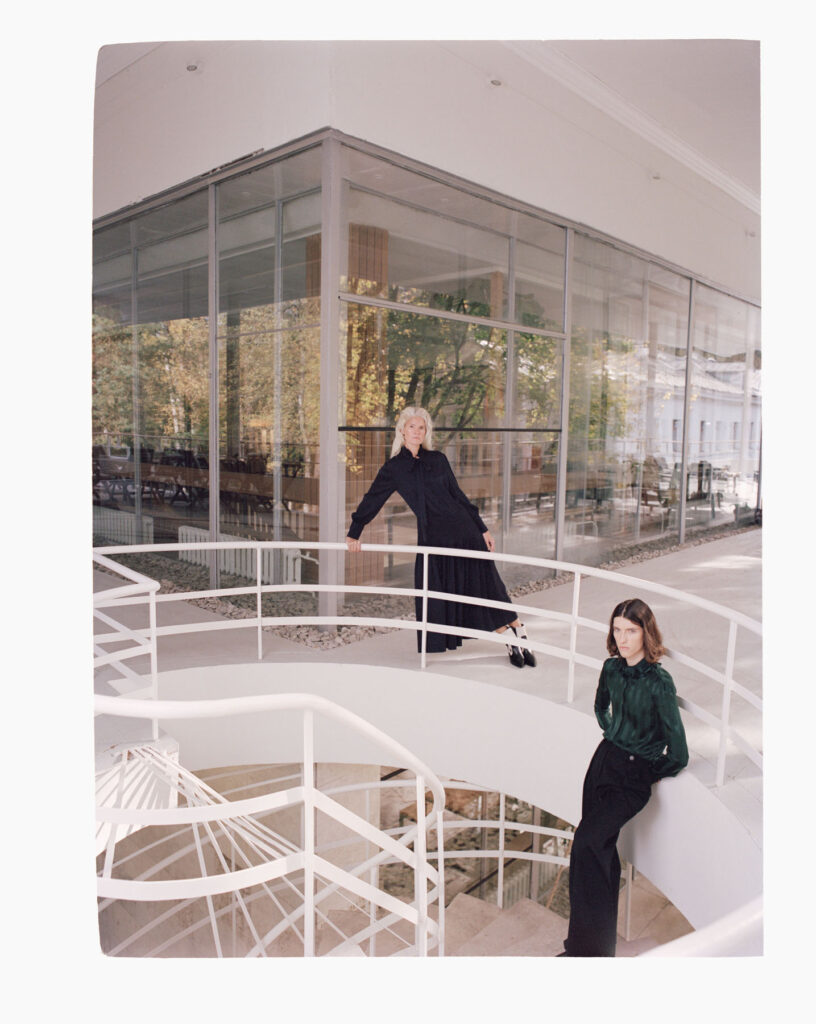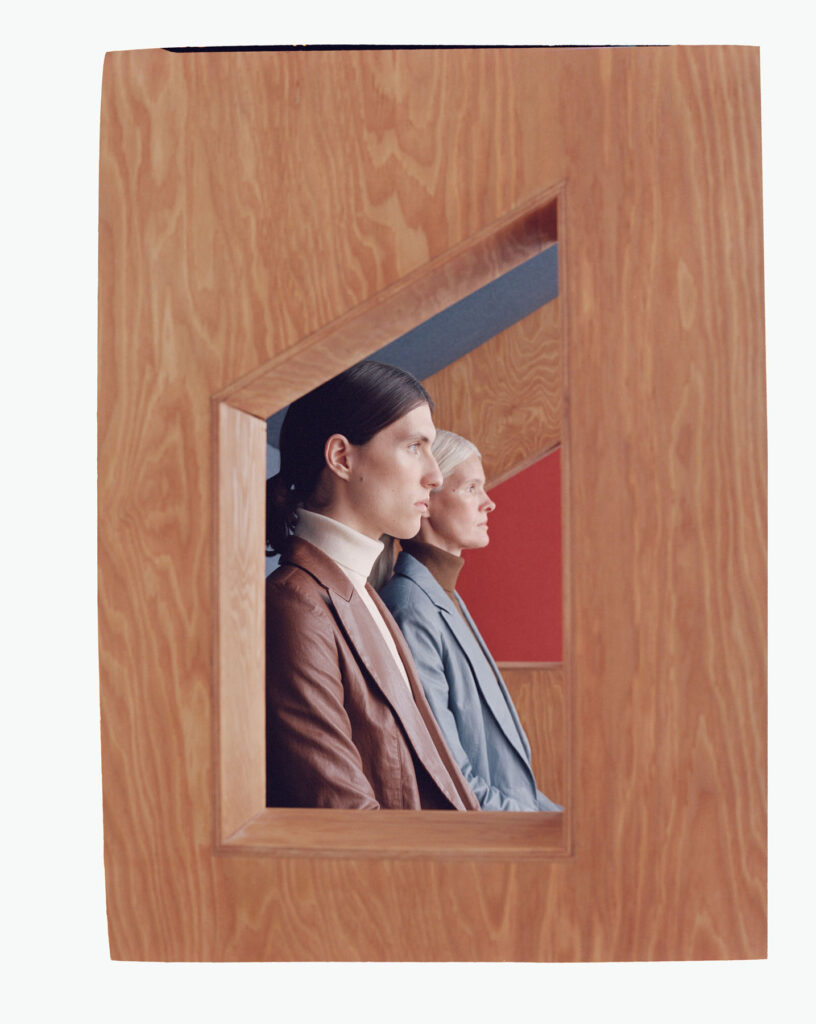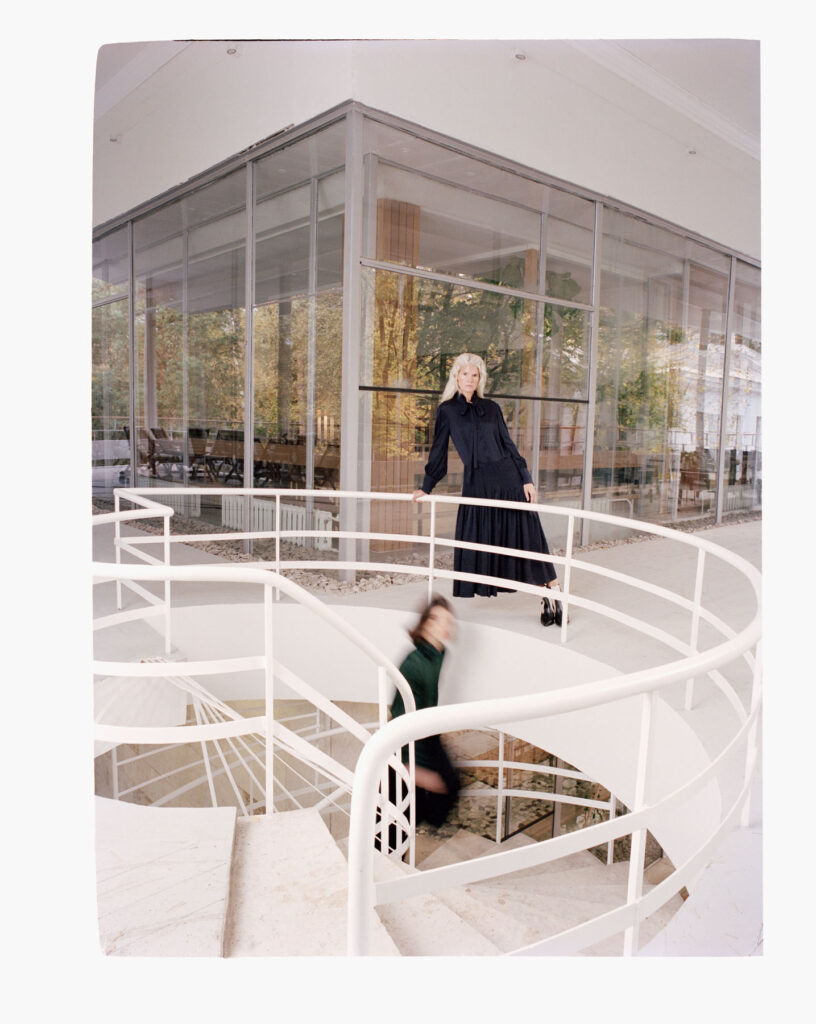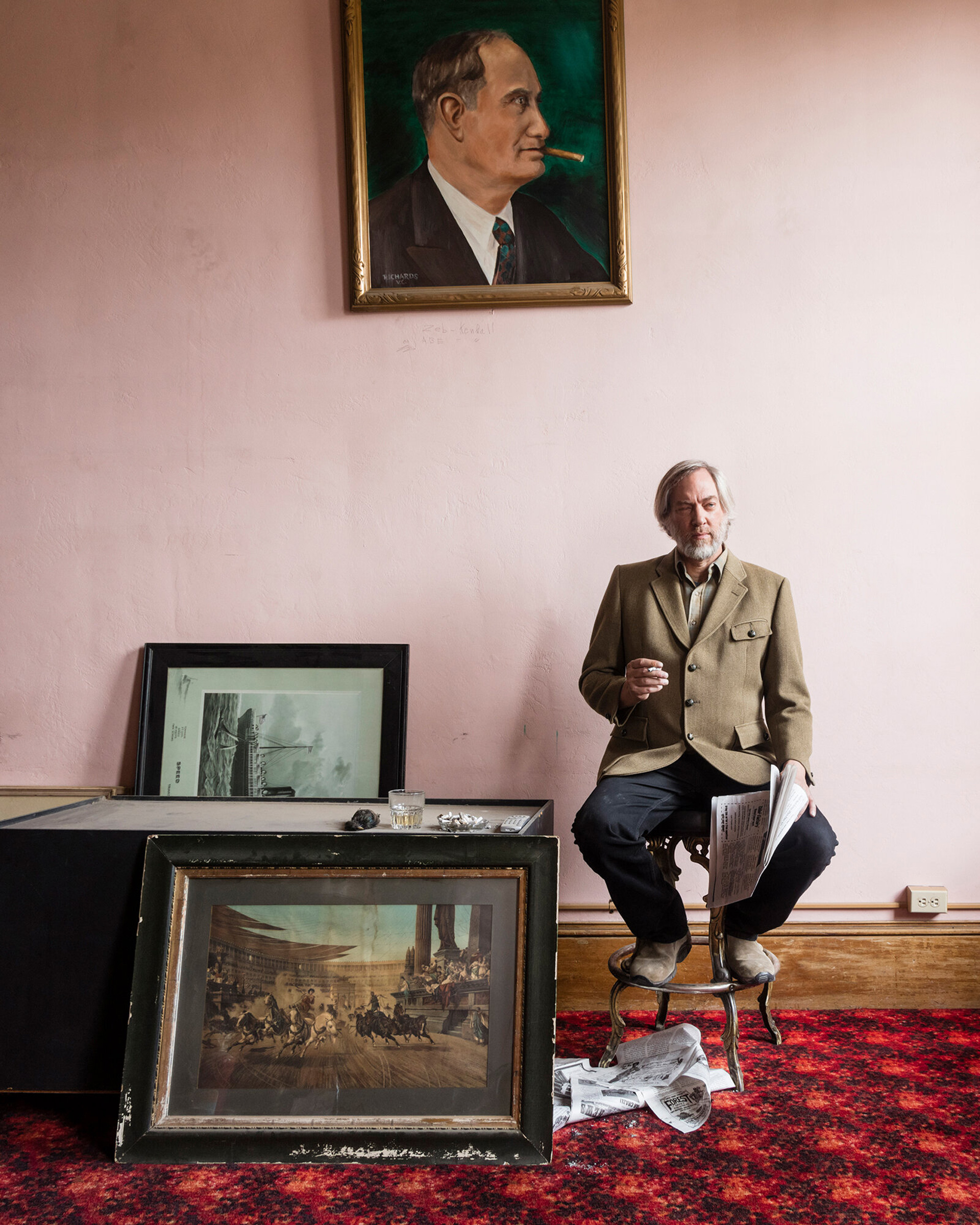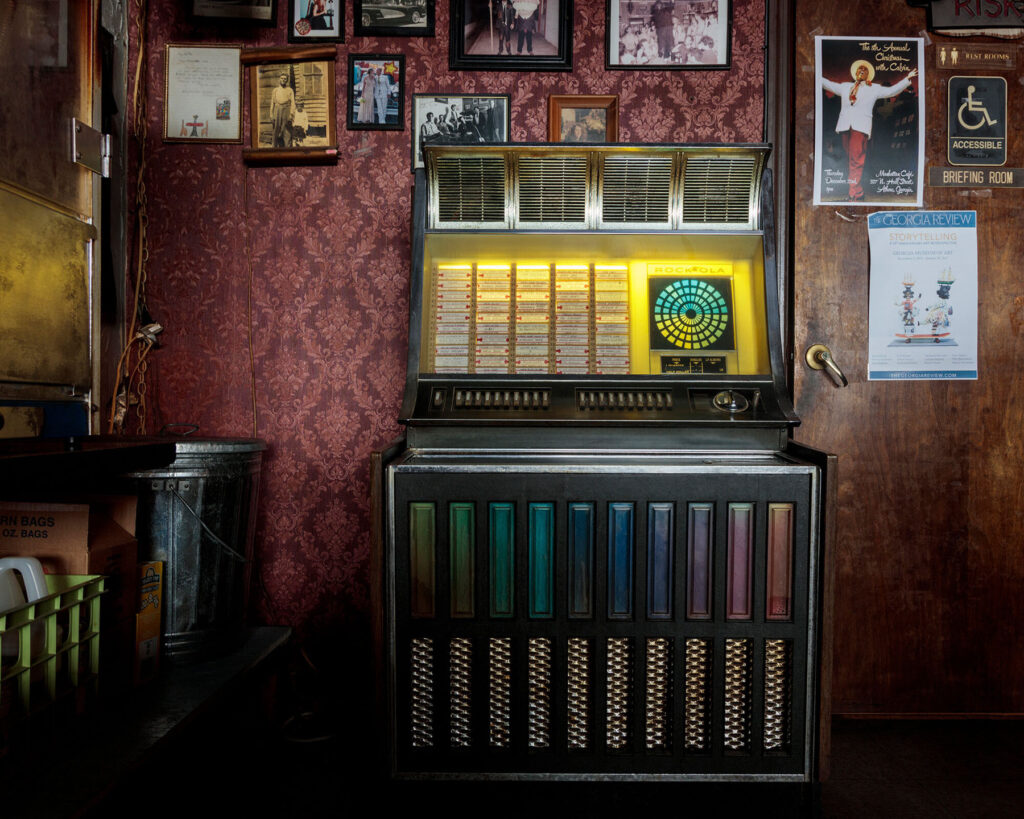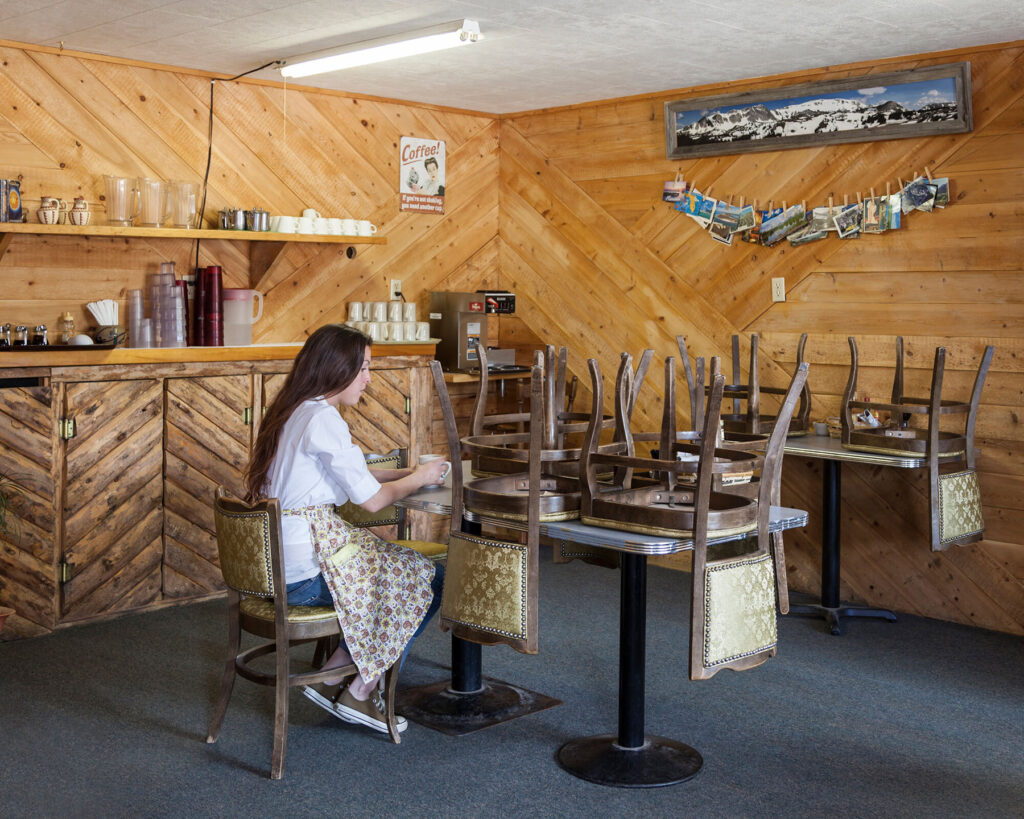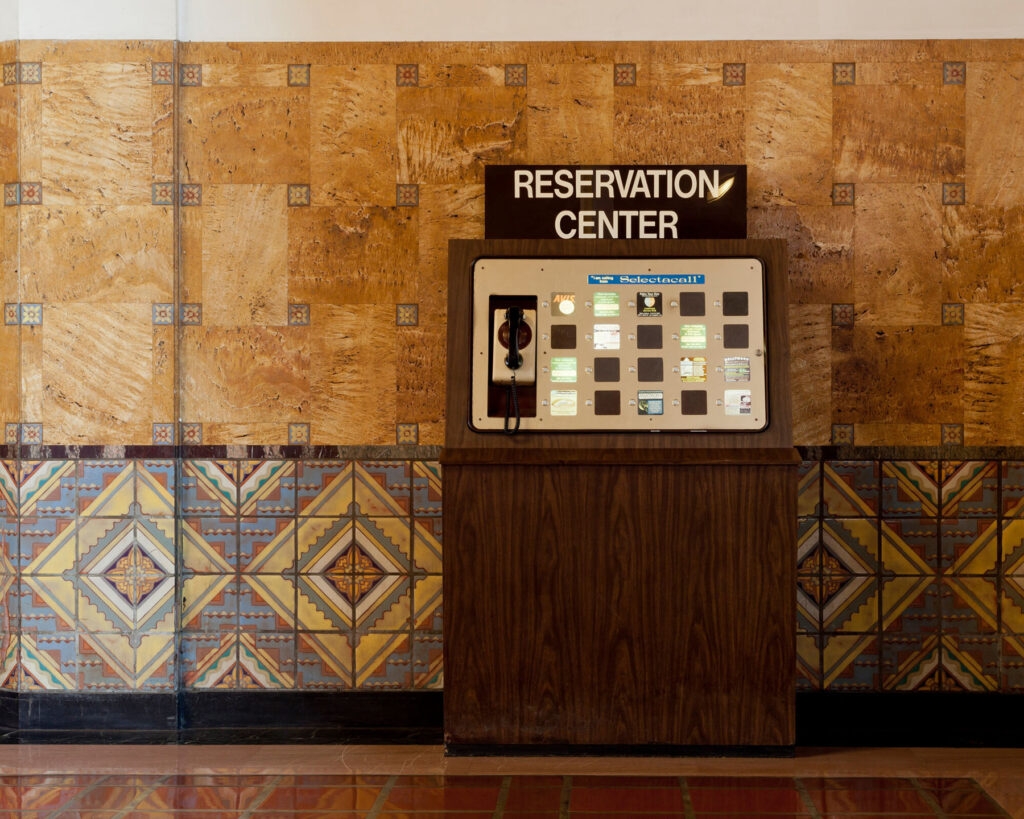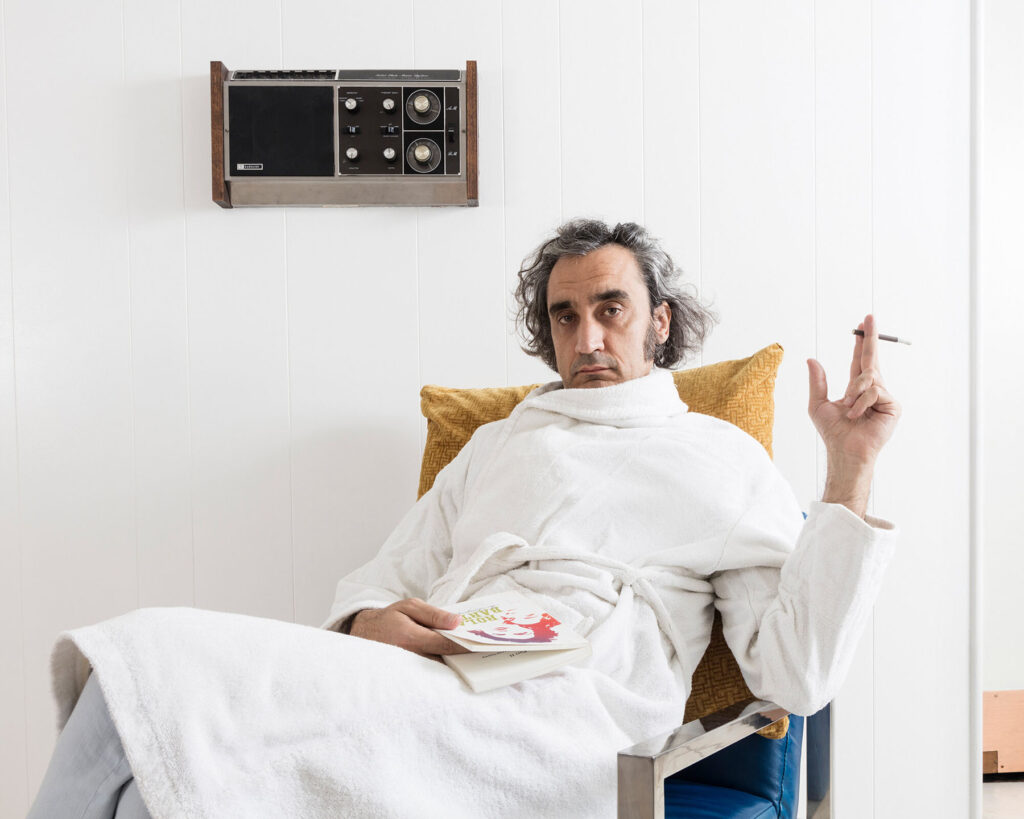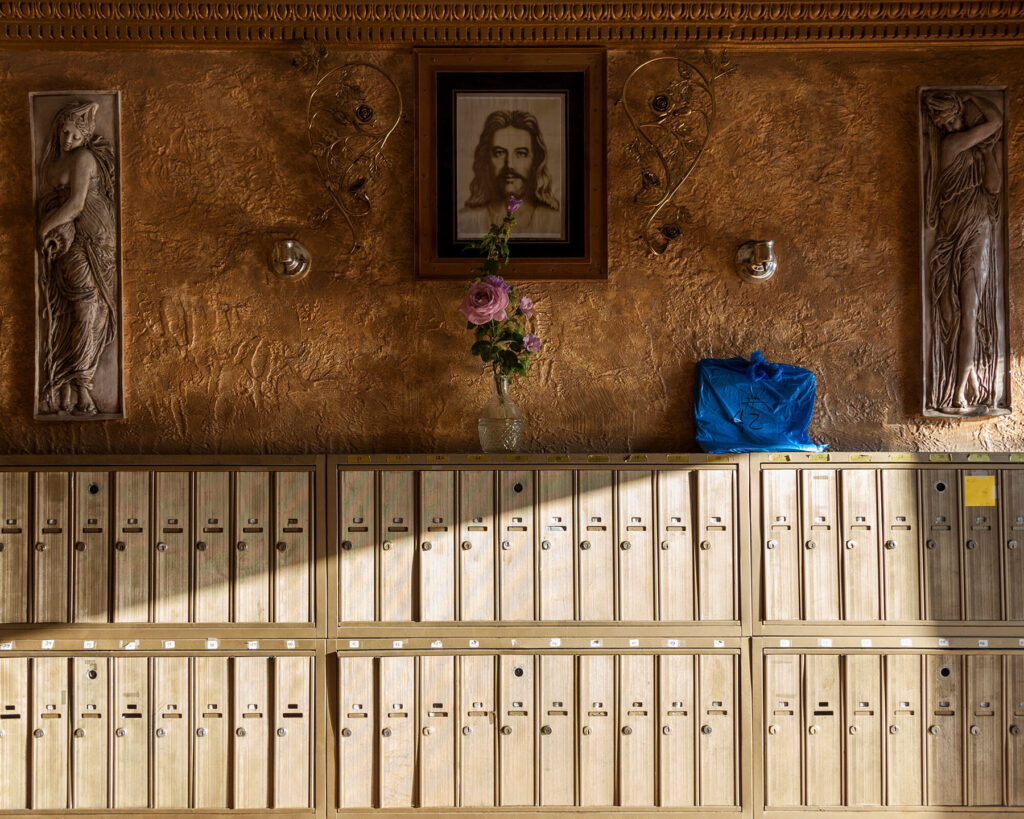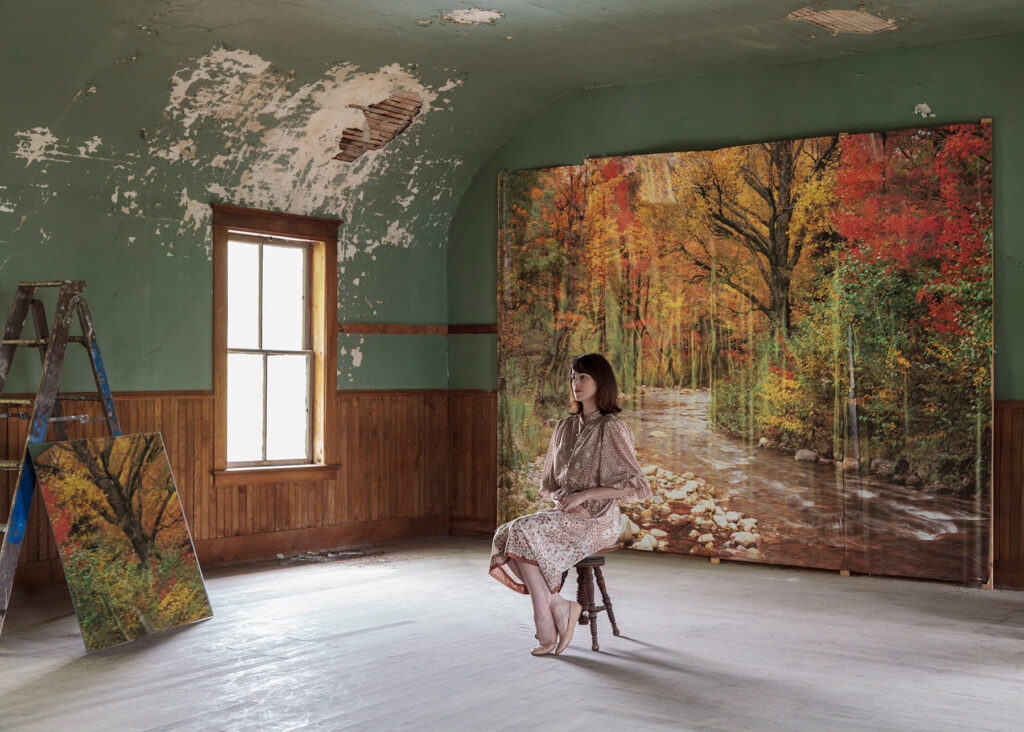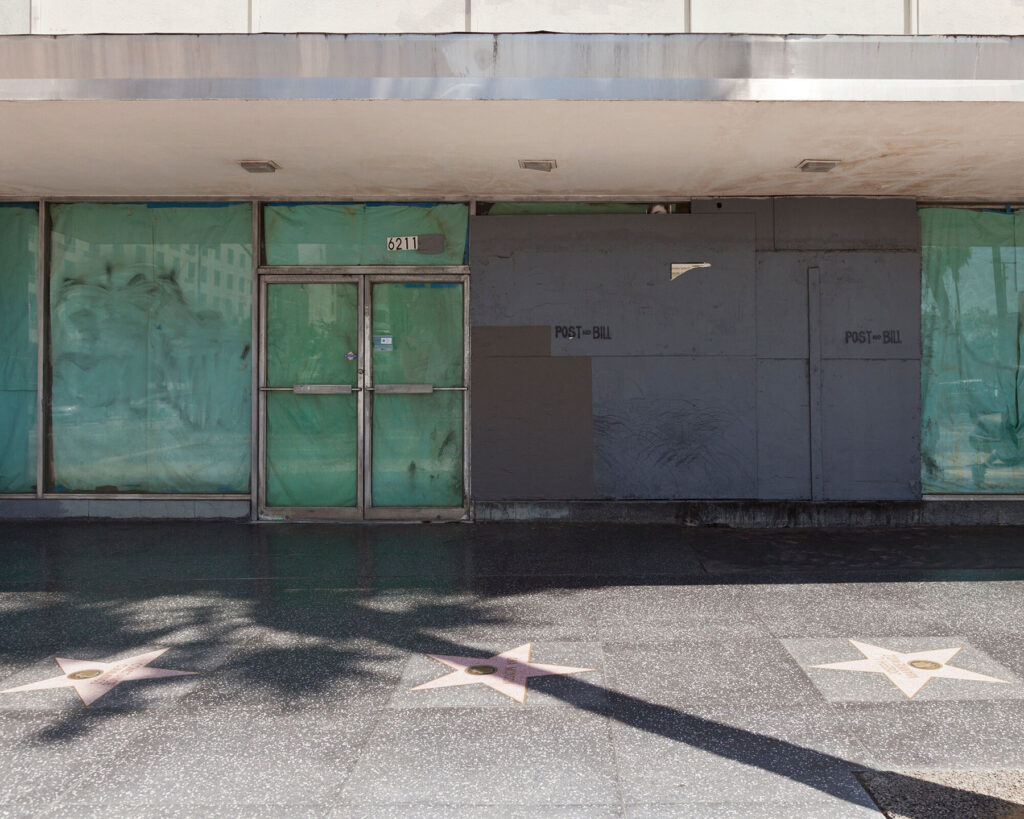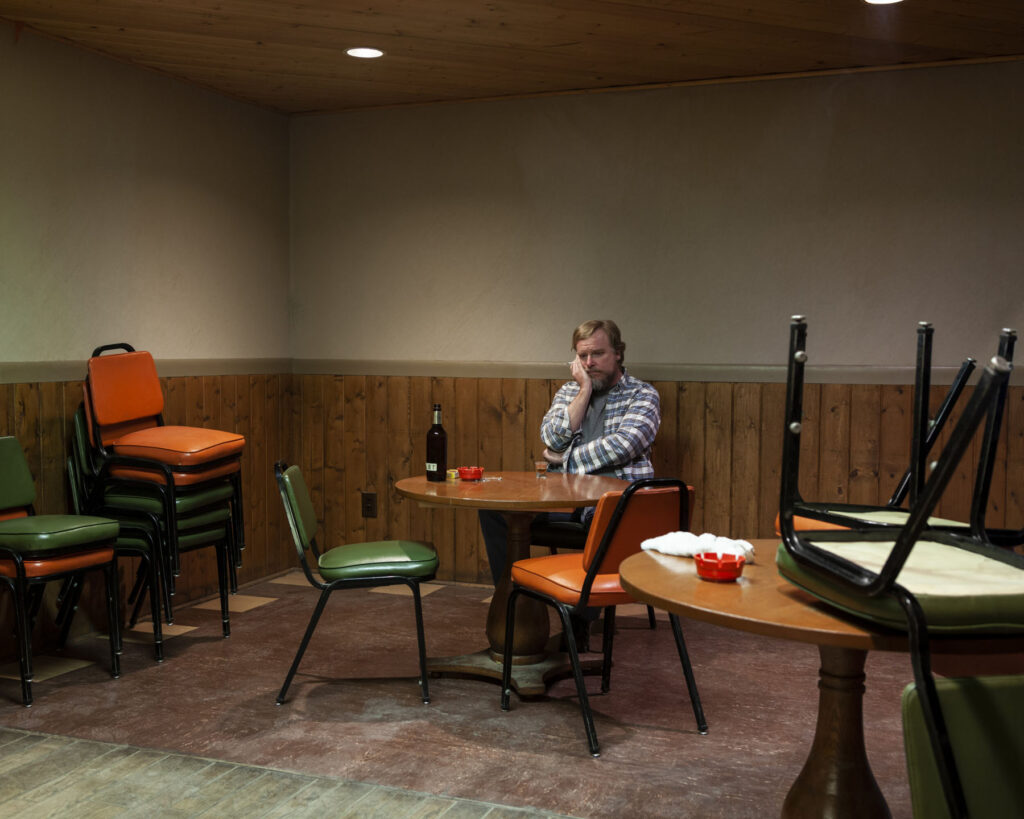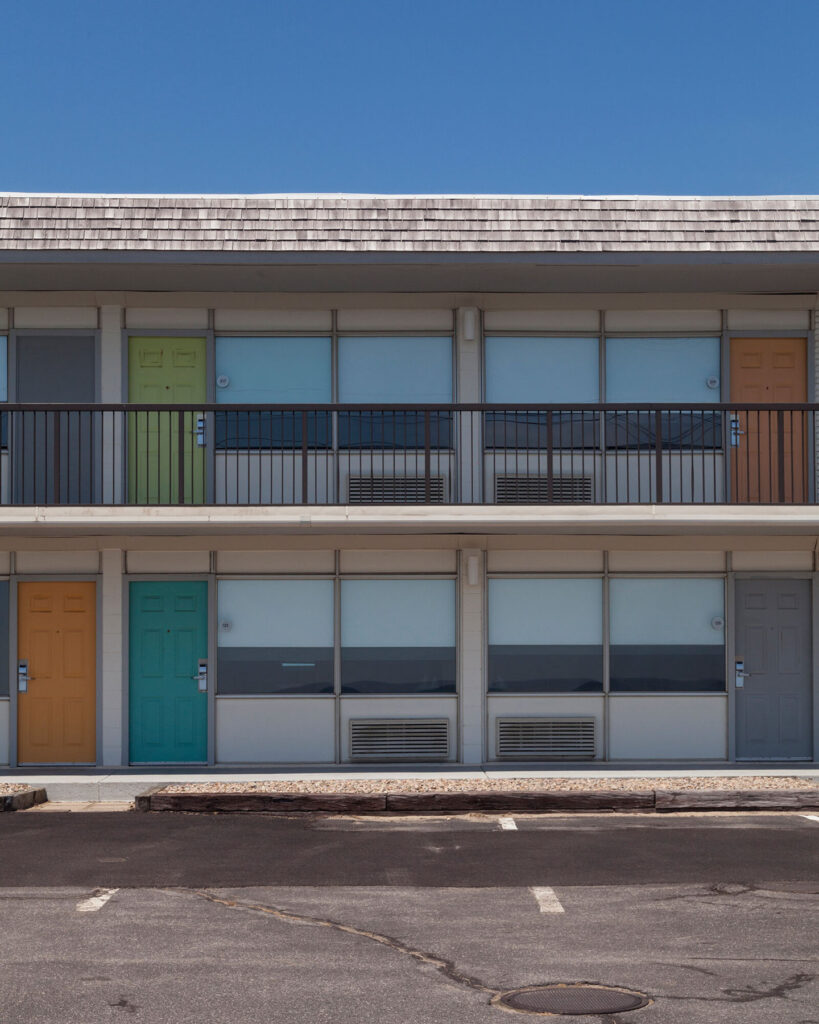
“dance is my guide – it’s how I find meaning in life and my existence”
Behind the Mexican dance company, Nohbords, is Diego Mur, a dancer who, as he explains below, came to the profession by coincidence. And Nohbords is perhaps better described as a project than a dance troupe. Founded in 2014 in Mexico City, Mur wanted to create something that would be dedicated to the study of the body – its movements, its existence in relation to the surrounding environment. He also set out to provide an alternative approach to dance; underpinning Nohbords is the importance of collaboration, whether with photographers, filmmakers, artists, musicians or architects.
No more is Mur’s vision for Nohbords clear than in Ecos (2018), a performance in which dancers explore the potentials of the body’s ability to move, and filmed within the grounds of the iconic Casa Estudio, constructed by architect Luis Barragán in 1948. The vivid colours of Barragán’s design paired with the dancer’s motions – and scenically captured by director Andres Arochi – encapsulate the collaborative effort Mur aims to instil in his work. An acute awareness of, and response to, the environment in which Nohbords’ performances are presented transcends the dances themselves.
For Mur, Nohbords isn’t a bid to appeal to the established dance community in Mexico; rather, it’s an attempt at defying the odds. It is more likely that you’ll find Nohbords working with local folk dancers in Oxaca (as a residency at the Casa Wabi Foundation, aimed at exploring different forms of expression and dance, was), than attempting to impress dance connoisseurs. The alternative approach Mur has taken with Nohbords is as political as it is practical; by connecting and engaging with dancers, creators and audiences outside of the established community, his work is, in turn, inspiring a new generation of dance and performance.

How did your career in dancing and Nohbords start out?
I started pursuing contemporary dance in January 2010, as a student at Antares, which is one of the most important dance companies in Mexico, directed by Miguel Mancillas and Isaac Chau in Hermosillo, Sonora – a city located in the north of the country. It was quite accidental; I was visiting the school because a friend of mine was taking classes there, and one of the directors invited me to try the class. I said yes and took the class, and I did pretty well – I hadn’t taken a dance class before. I was offered an 100% scholarship, so I stayed and decided to dance professionally. After four years of studying, I travelled to Brussels in Belgium for an artistic residency and there, I [decided upon] directing my own project. In Belgium, I also started my movement investigations and created my first duet in collaboration with the Taiwan dancer Hong-Lin Cheng for an art festival. Going back to Mexico, I moved to Mexico City, where Nohbords is based.
Could you explain what Nohbords is?
Nohbords is a project dedicated to the research of the body and movement in order to create dance pieces. One aspect of the project is that we are a self-managed group; instead of relying on government support or subsidies, we focused on creating and funding our own production. We are a project that understands the importance of collaboration [more than anything], so we look to present our pieces in alternative presentation spaces and at the same time, we value the work of each artist or professional that we work with.

Is there anything in particular about the body and its movements that interests you?
I have a big interest in the body, the mind and their connection. I am interested in the body’s transformation; I visualize my dance as a sort of meditation that leads us to uncover complex physical and psychological states. The circle is one of the main movements we work with because it represents eternity; something that has no end, something cyclic, which is something I really relate to. I am also interested in the ‘control’ of the body as a principal tool in dancing. A smart dancer is someone who has a connection between their body and mind. They respond to their environment strategically and through the use of their emotions, being vulnerable, understanding the importance of the energy and how to communicate that experience on stage; breath in, breath out, breathing.
How do you approach choreographing?
Since I was a child, I have been particularly interested in symmetry, order, synchrony, uniformity. When I saw Mexican folklore and traditional dances for the first time, I really enjoyed watching the bodies moving in the space with a particular rhythm and exactness, and I had the ambition to make that someday. Choreography is something genuine in myself, it happens without overthinking it, in an organic way. I am in love with creating.

What do you seek to achieve through dance?
I like thinking that we create parallel universes that allow us to elevate our consciousness to another level. There is an implicit mysticism in my work because dance has taught me the power of the mind, the imagination and transformation. I believe that that magical and exceptional lands [at the feet of] the audience. On a personal level, dance is my guide – it’s how I find meaning in life and my existence, and this makes me feel that this is my path, my motivation and my entire world.
Is there a big scene in Mexico for contemporary dance? And what is the reception in Mexico to Nohbords?
It is a complicated subject, but I will try and explain it as this: There is a contemporary dance scene in Mexico, but we are not part of it. The main scene relies on government support and subsidies, and for me, that scene represents everything that I am not that interested in and everything I don’t want my work and my art to be perceived as being. Politics in Mexico is full of corruption and genuine apathy towards art and art practices, but at the same time, the work coming out of the [government-endorsed] art scenes continue to represent the system itself. Nohbords is established from a different place, away from that scene, and the response has been marvellous. As a project, Nohbords has been recognised, loved and admired by a new generation of dancers who are looking to establish a more open dialogue and to shape a different understanding of what dance is.
Collaboration across disciplines is an important part of Nohbords. How do you bring in different disciplines into dance?
We love, and always seek, to collaborate with other disciplines, rather than just integrate them into our work. I visualize other disciplines as a part of the team that helps create the concept of the piece. We have worked with movie directors, architects, sculptors, fashion designers, lighting artists, writers, graphic designers, musicians, etc. The pieces are conceived entirely as a whole; we create the dance pieces through this process of collaboration.
How important is music to dance? And does music come before dance, or vice versa?
It’s a complex question. We regularly work with original music because I believe that the creation of a unique universe can’t be achieved by using something that already exists, like a soundtrack of a movie for example. Music is vital to the creation of the ‘world’ that shapes each piece, and it helps us in the development process, but learning the rhythm and time isn’t something that I necessarily consider that crucial. Some of our pieces happen in total silence, or we conceive of the music as being generated through the rhythm of the sound of breathing or the natural percussion of the body through movement.


What impact does recording have on your dances? And how do the dancers respond to the camera?
Videoing brings big exposure, which is important for an independent project like Nohbords, especially as sometimes it’s hard to gain access to spaces to present our work. There are differing ideas about seeing bodies through a camera, or how dance happens on camera. For me, my vision focuses on the dialogue between the dance and the movie directors we collaborate with. It’s been a learning experience, and we’ve been able to develop an approach that works for us.
Designers
- Image by Sena Studio
- Image by Pablo Astorga
- Image by Paulo Garcia
- Image by Jacobo Rios
- Image by Pablo Astorga
- Image by Miguel Galo
